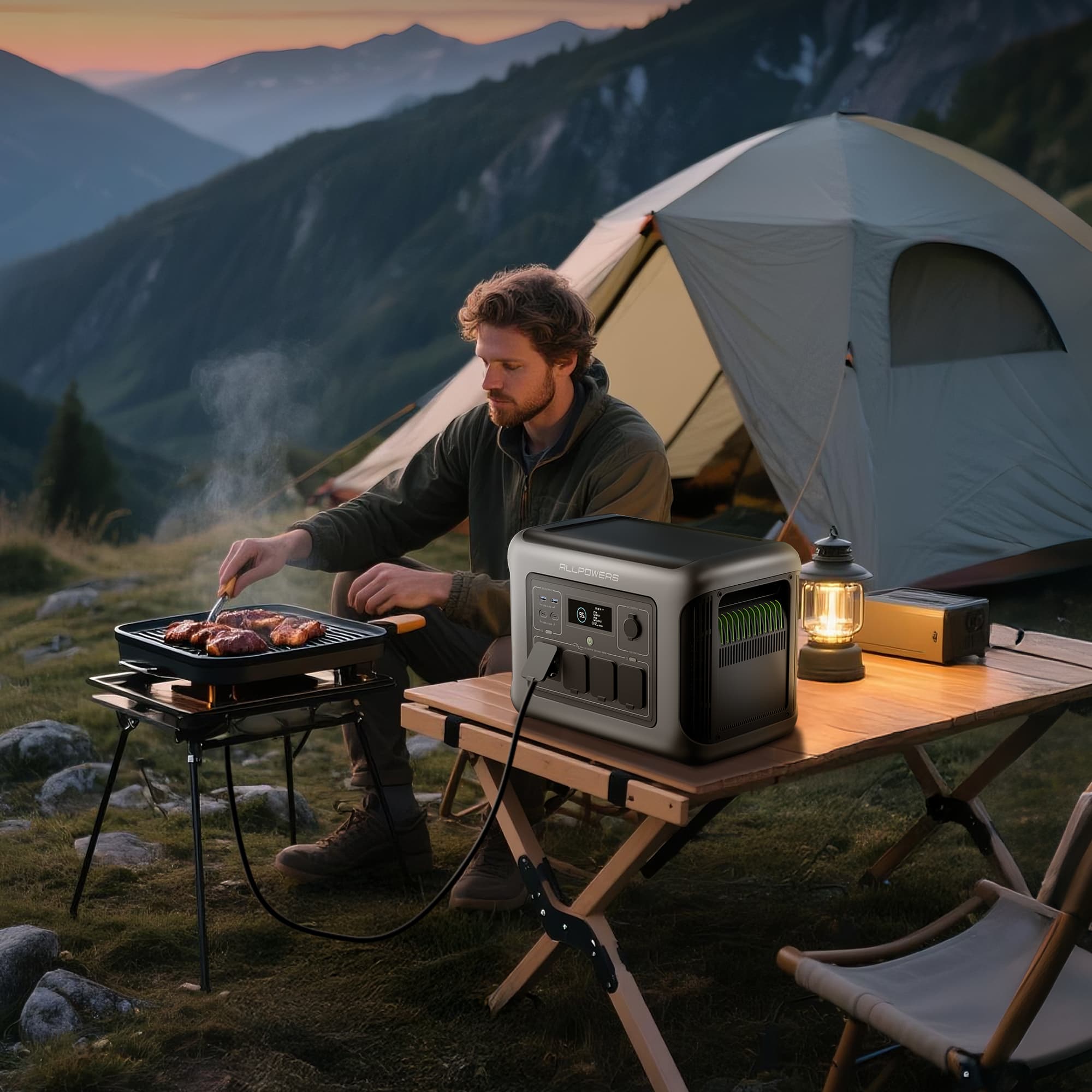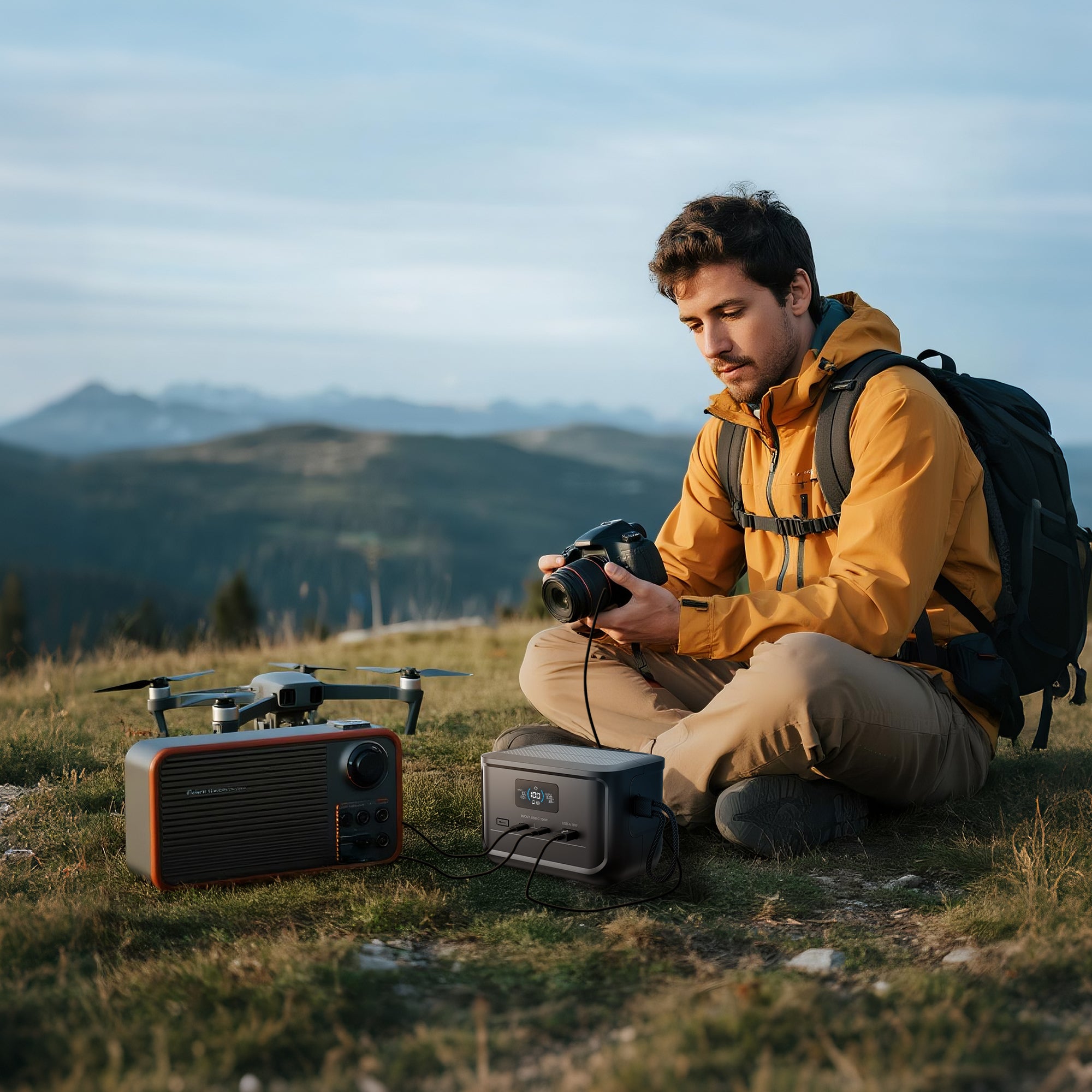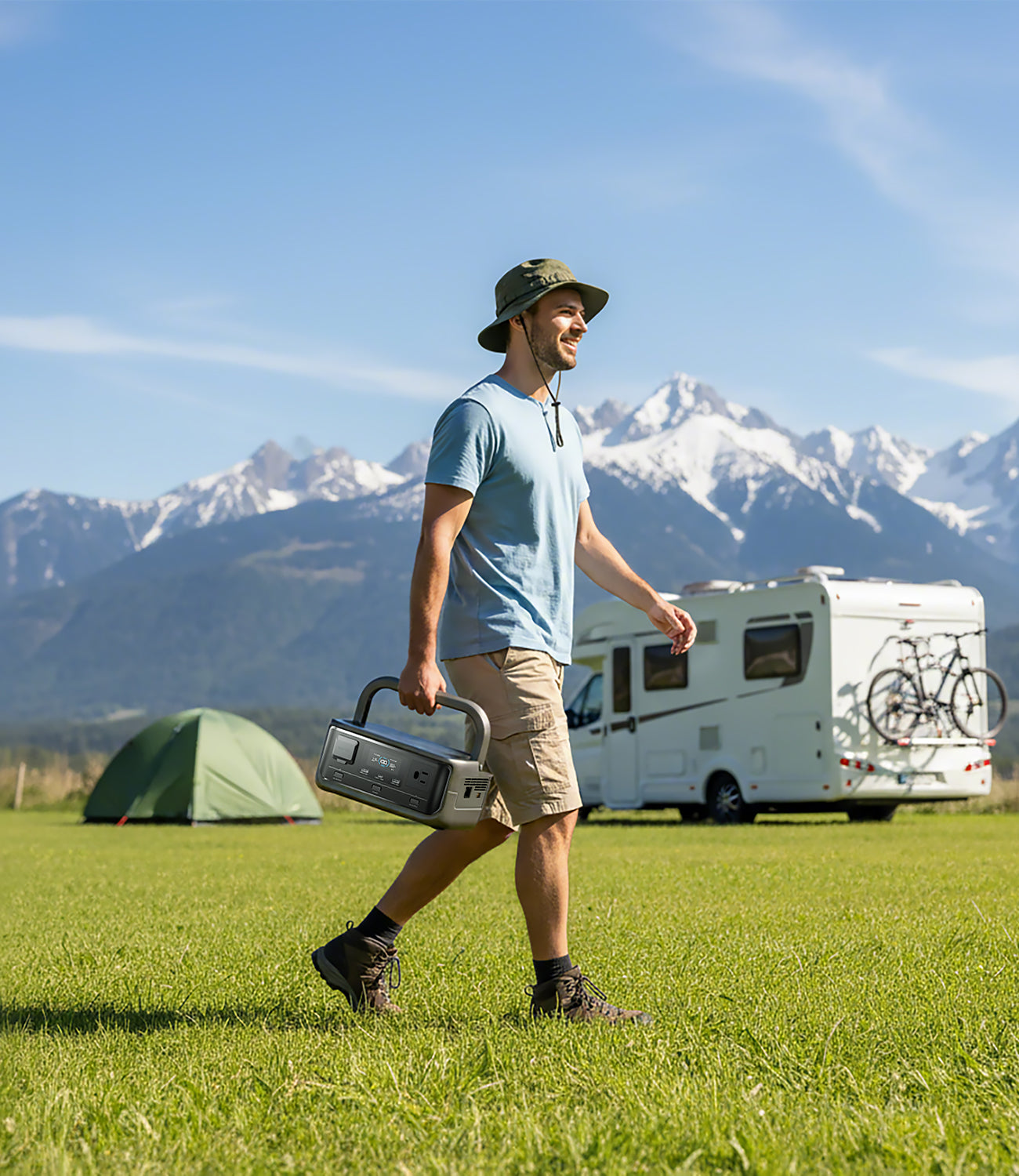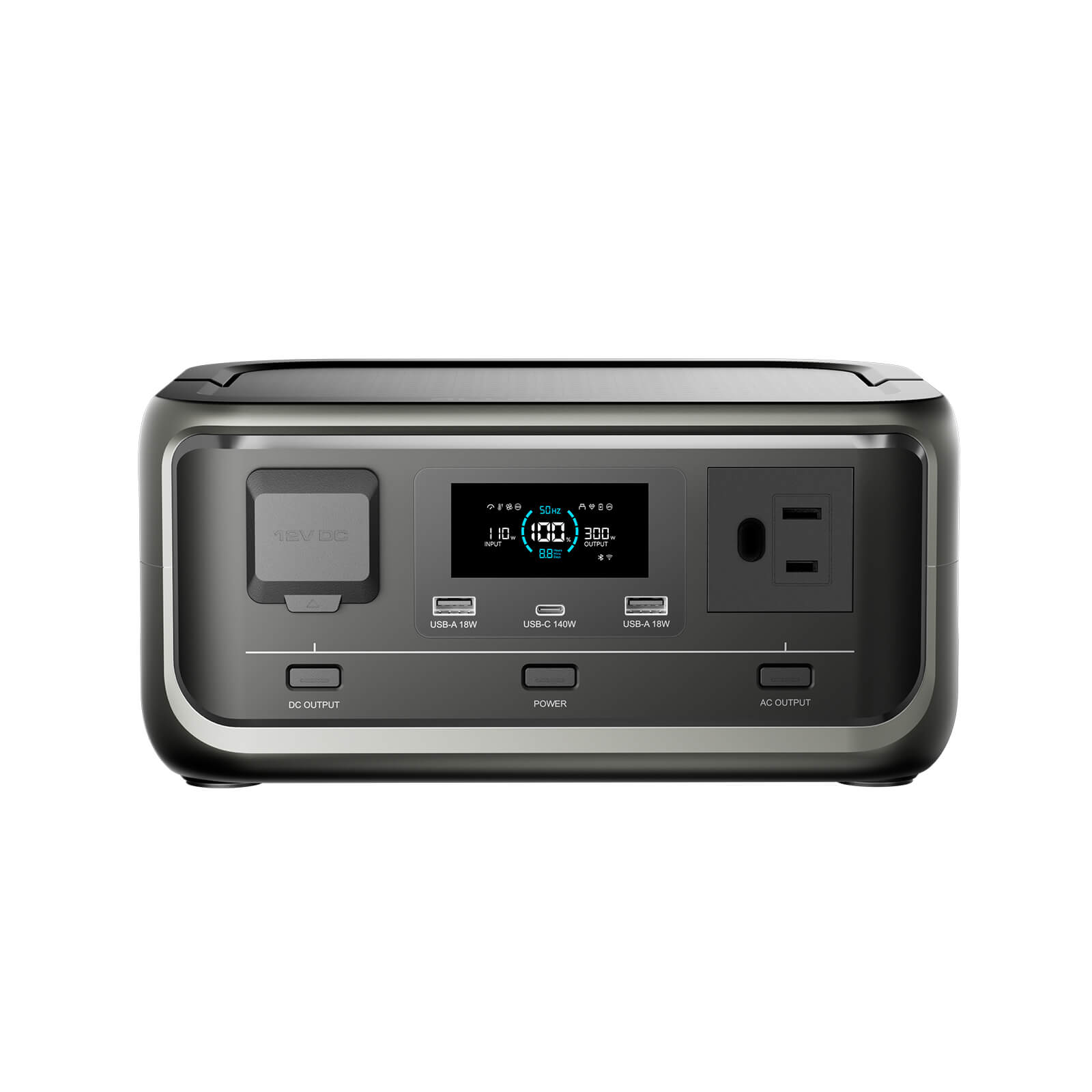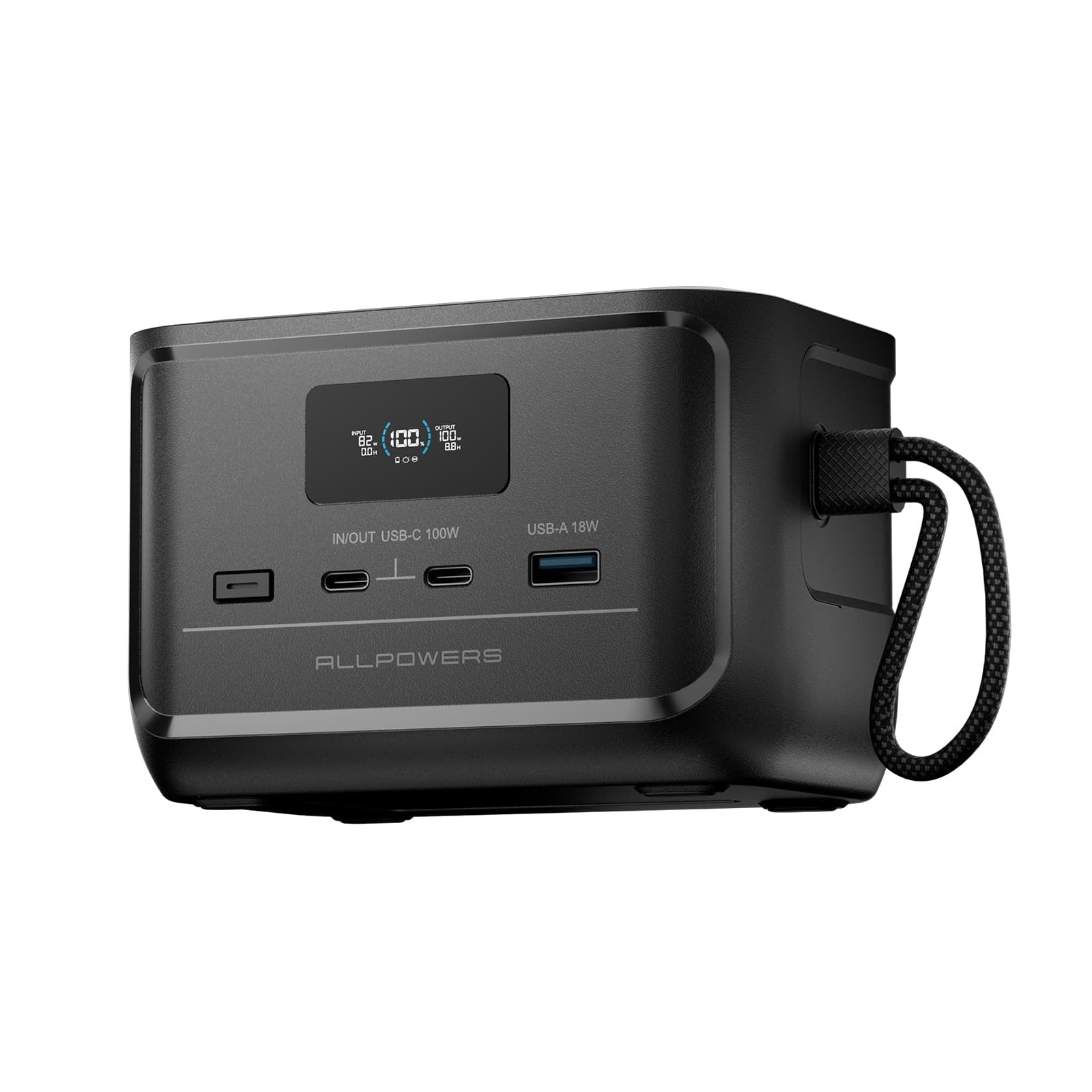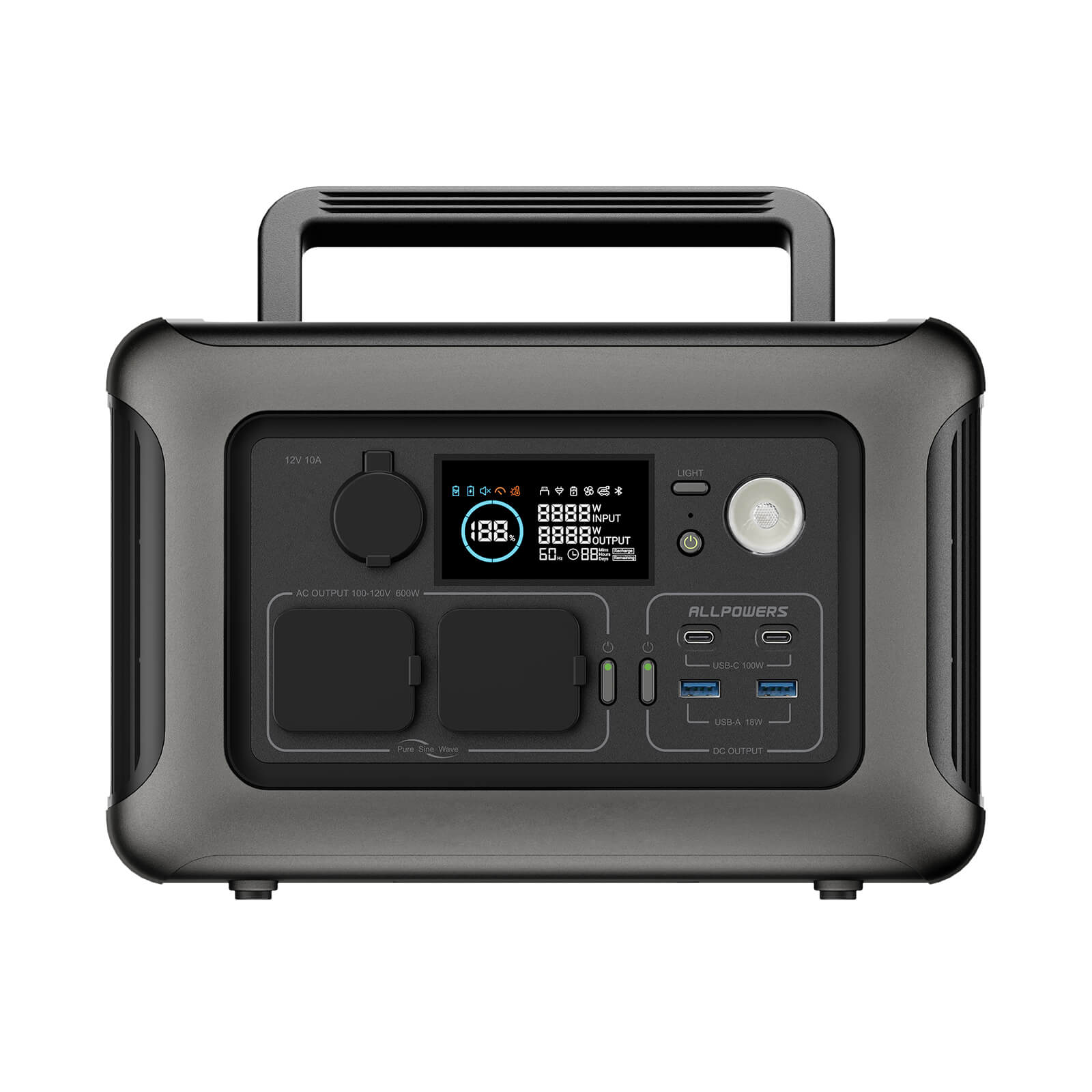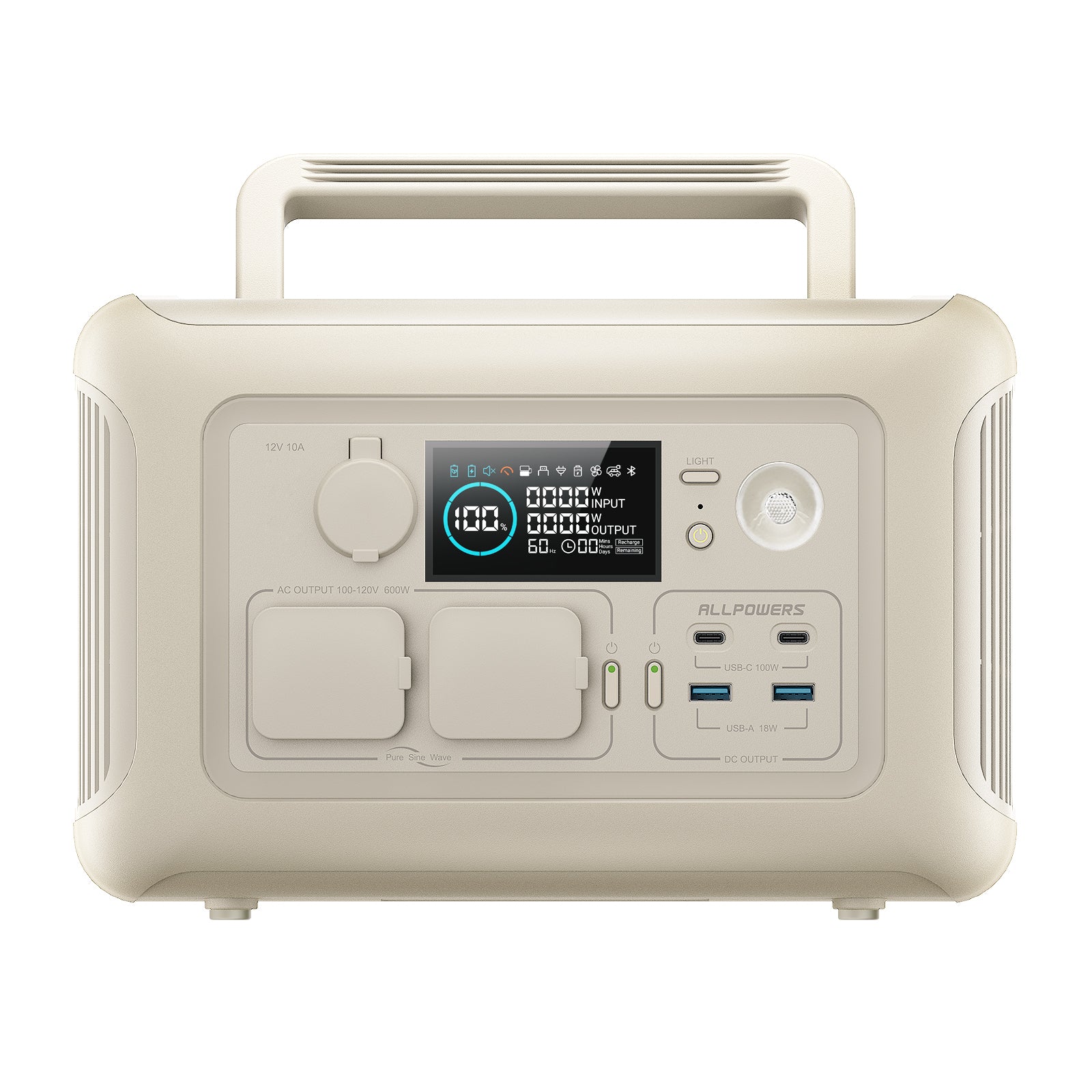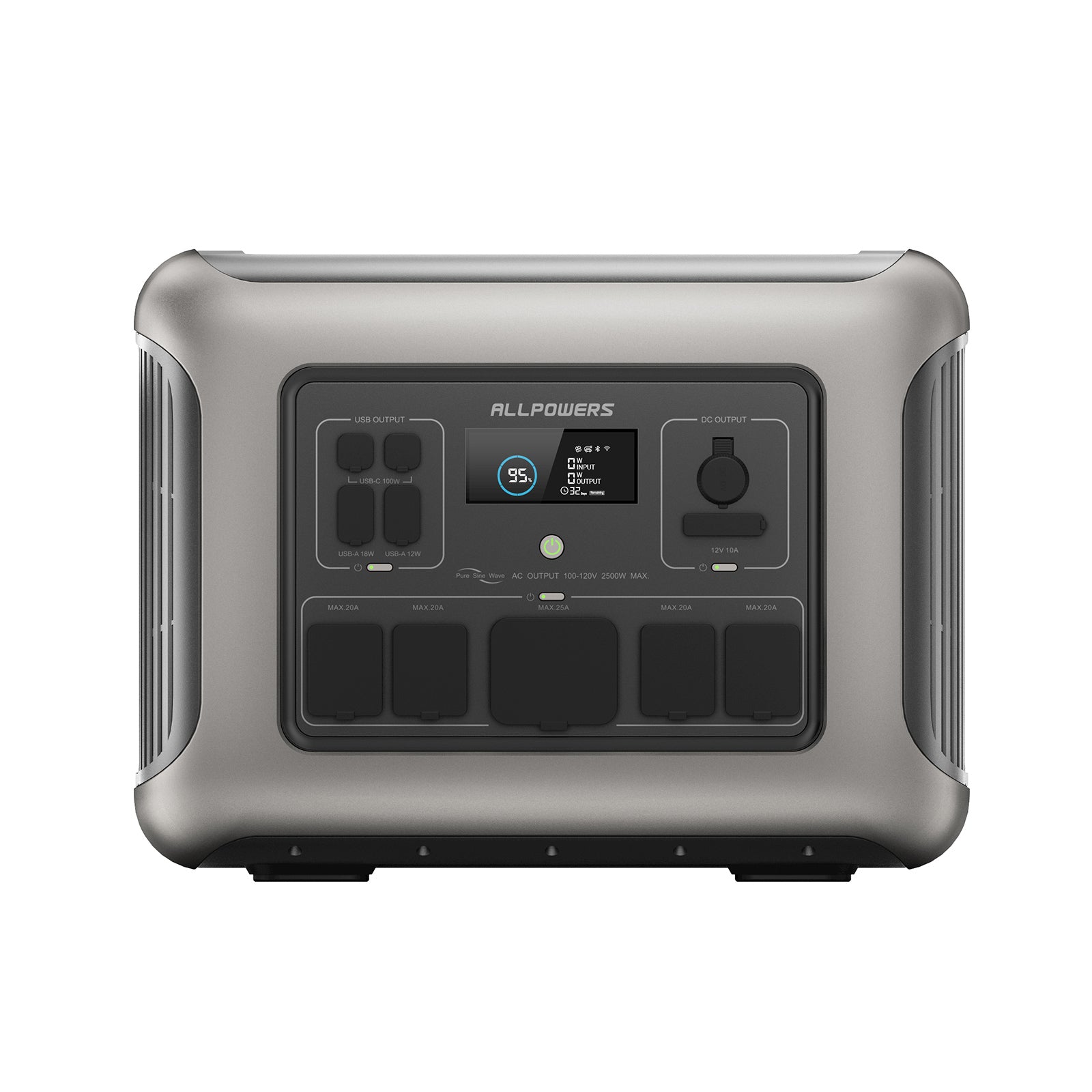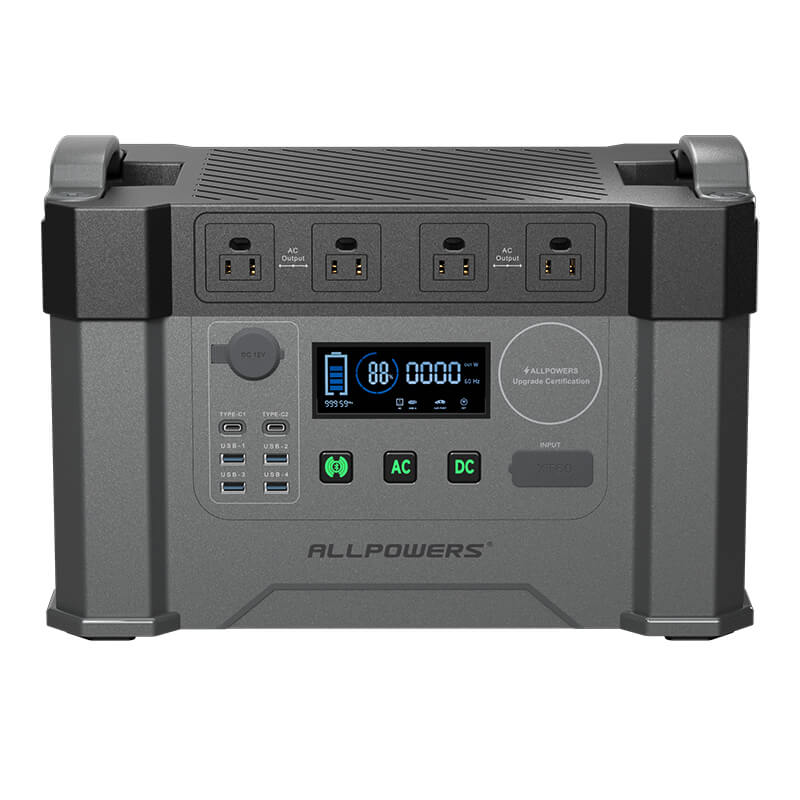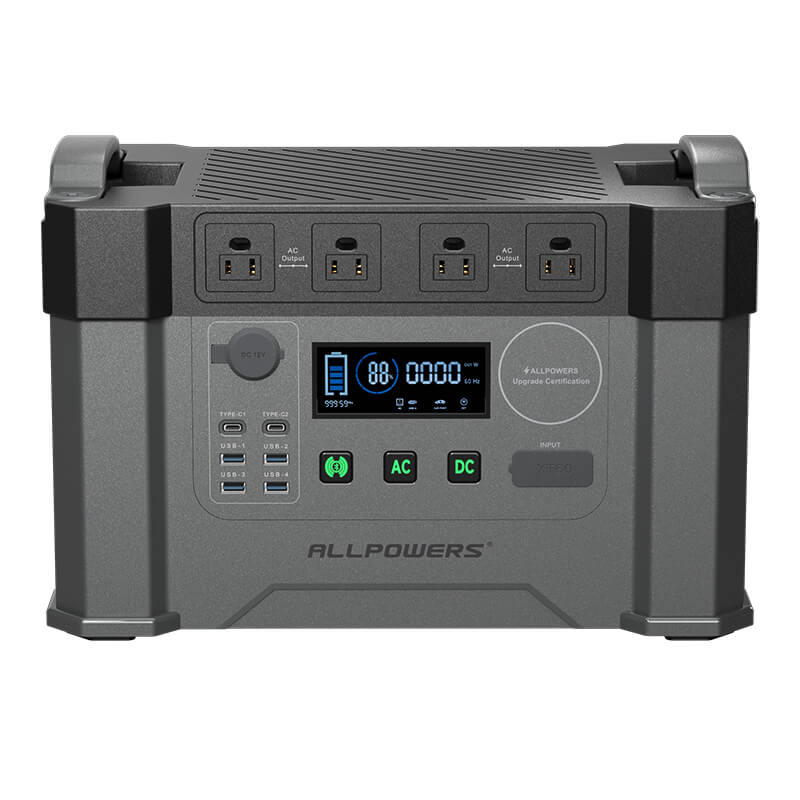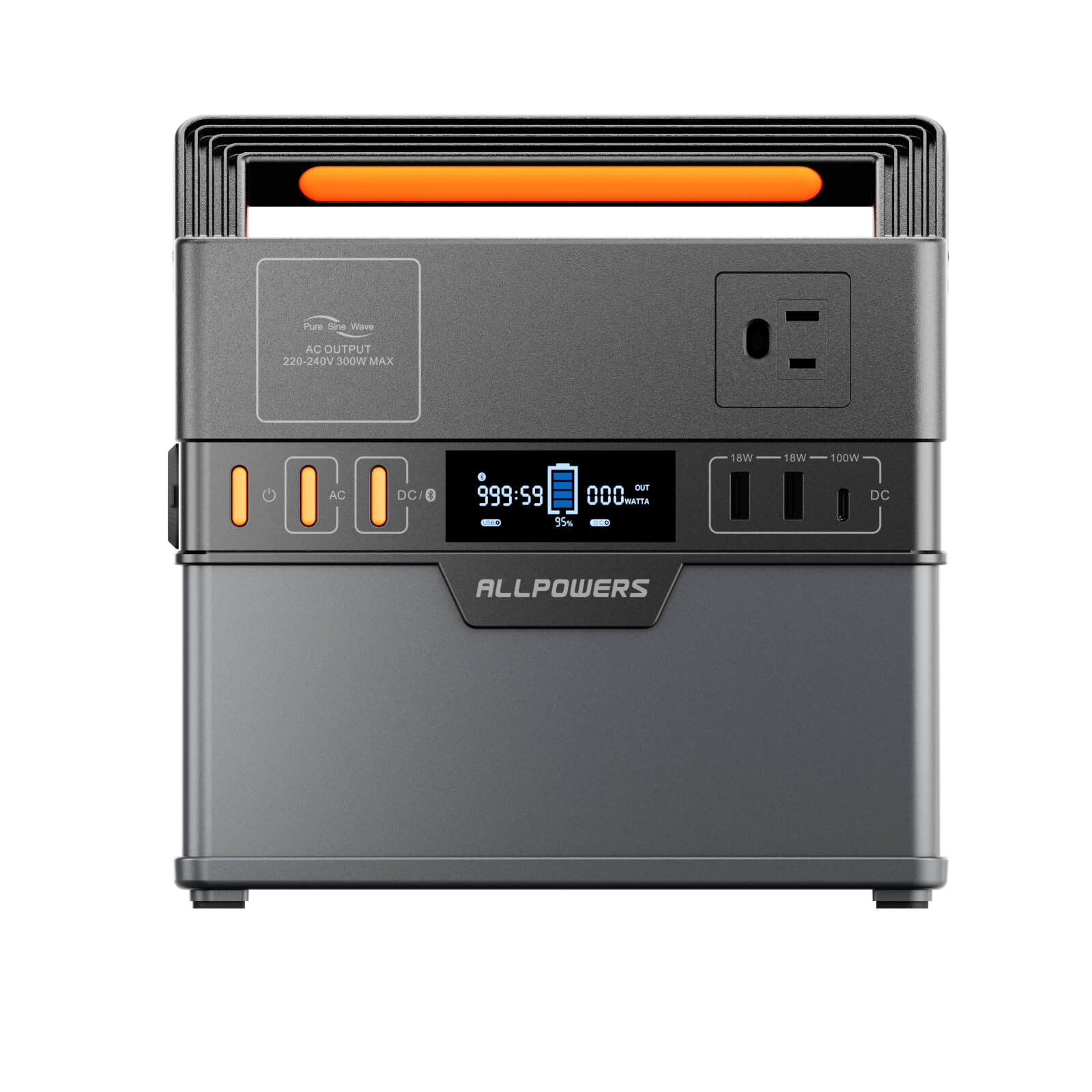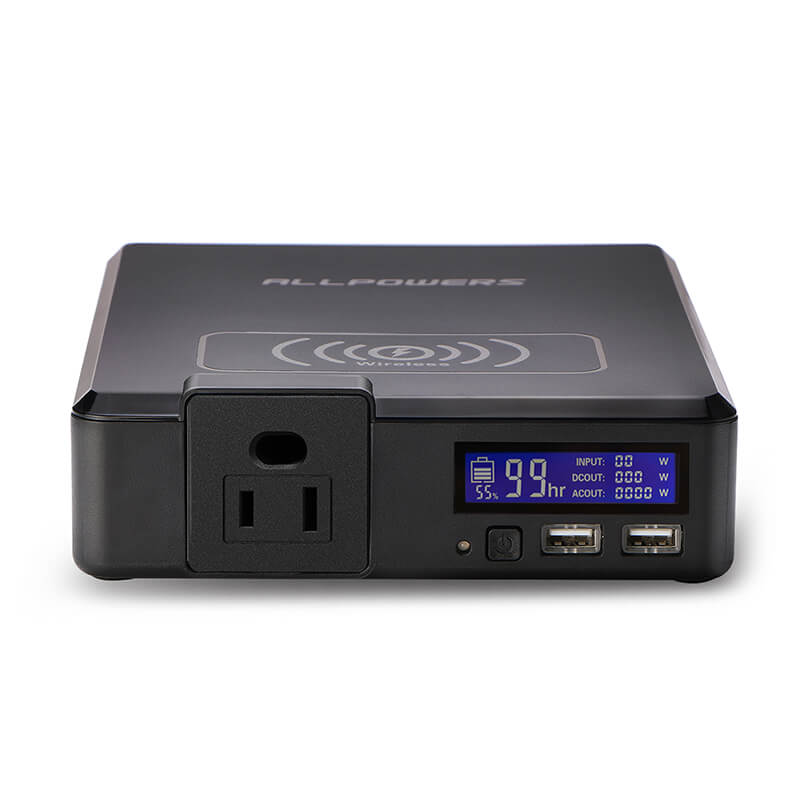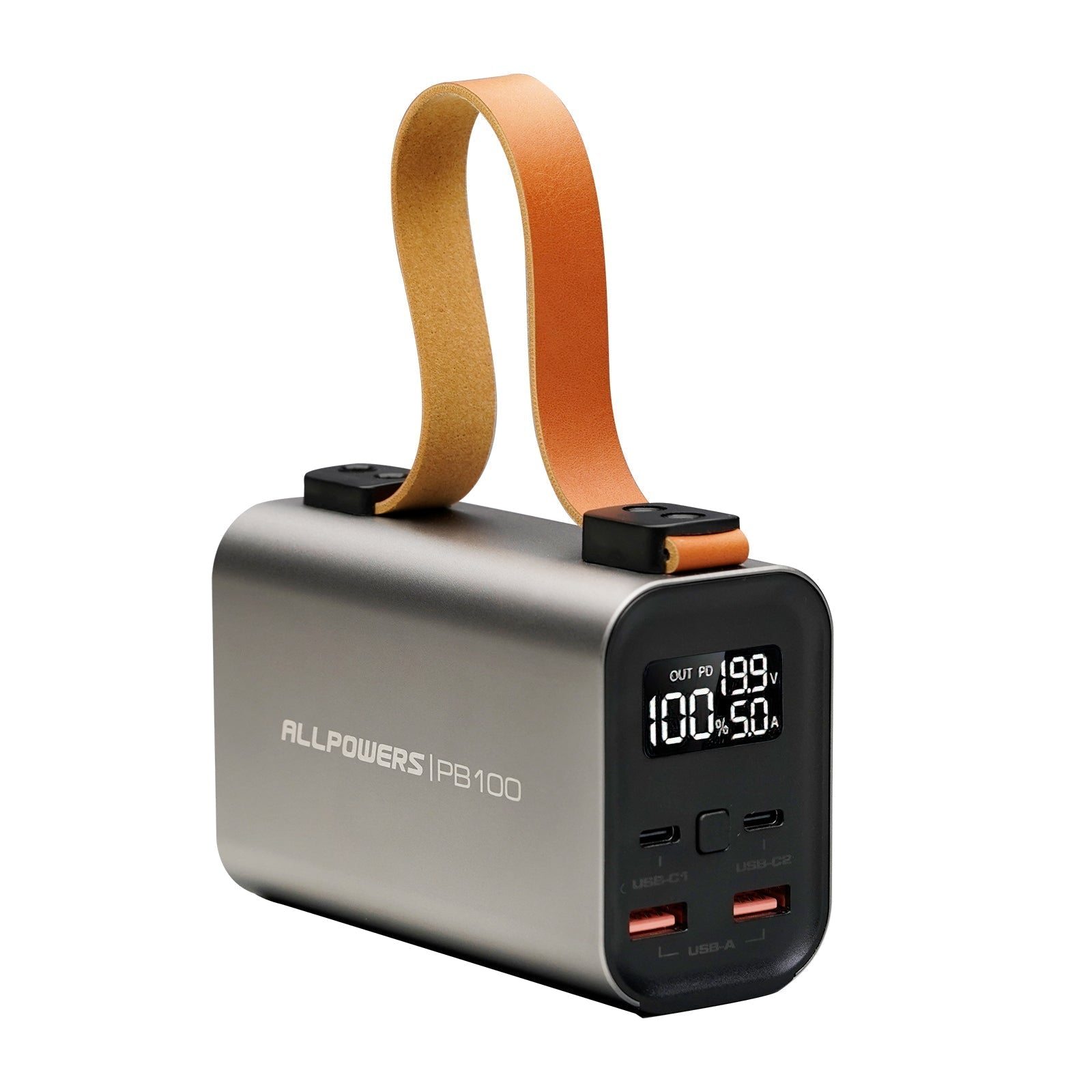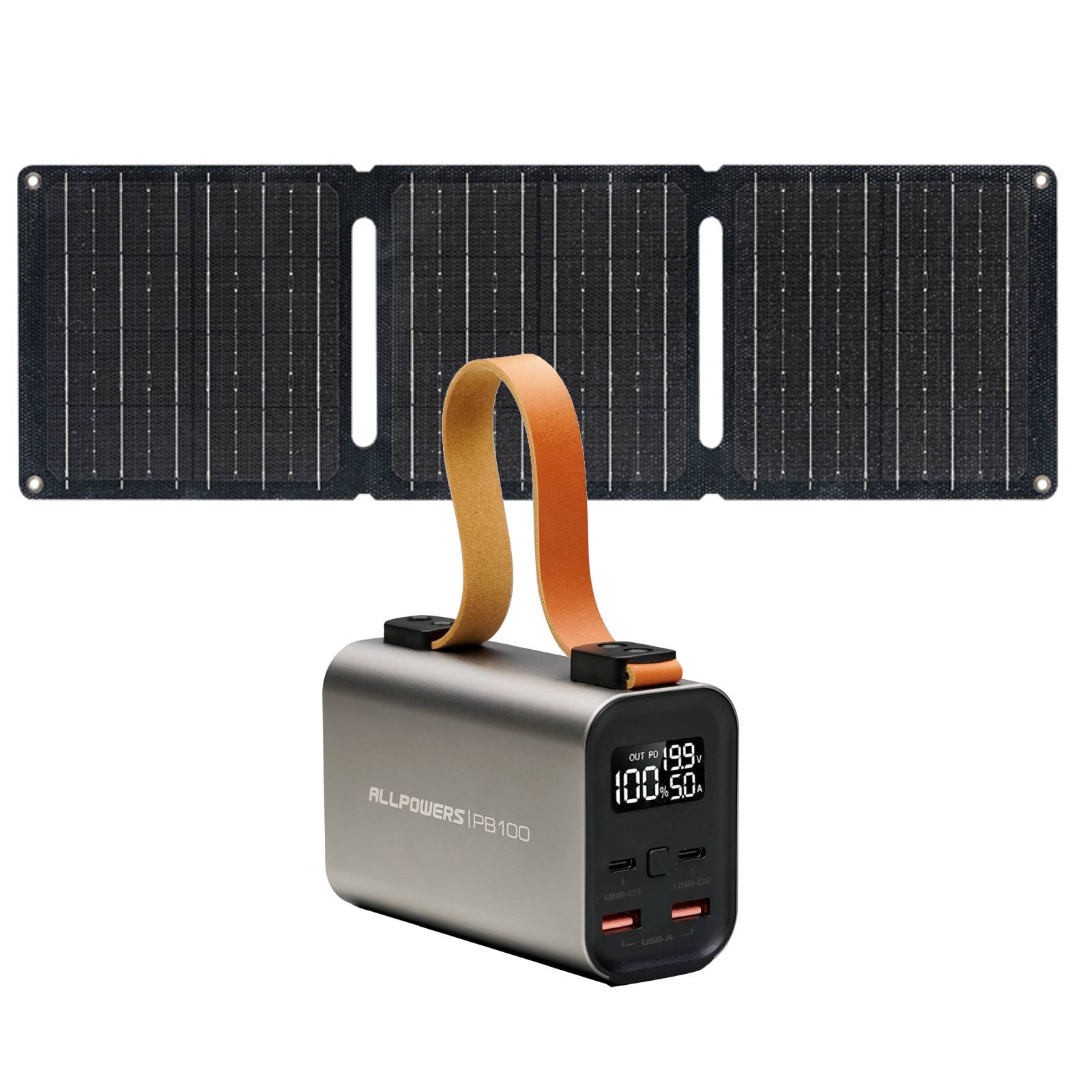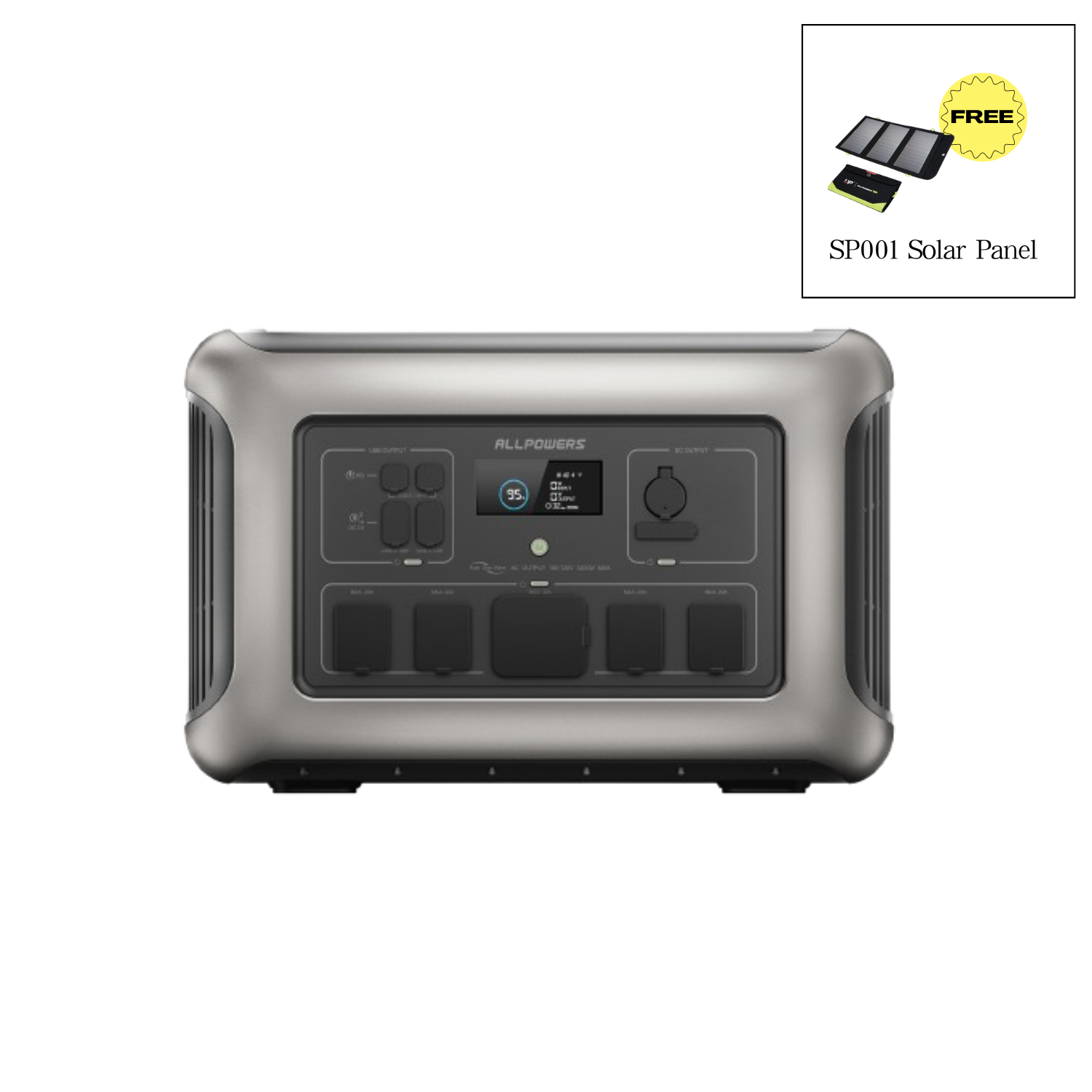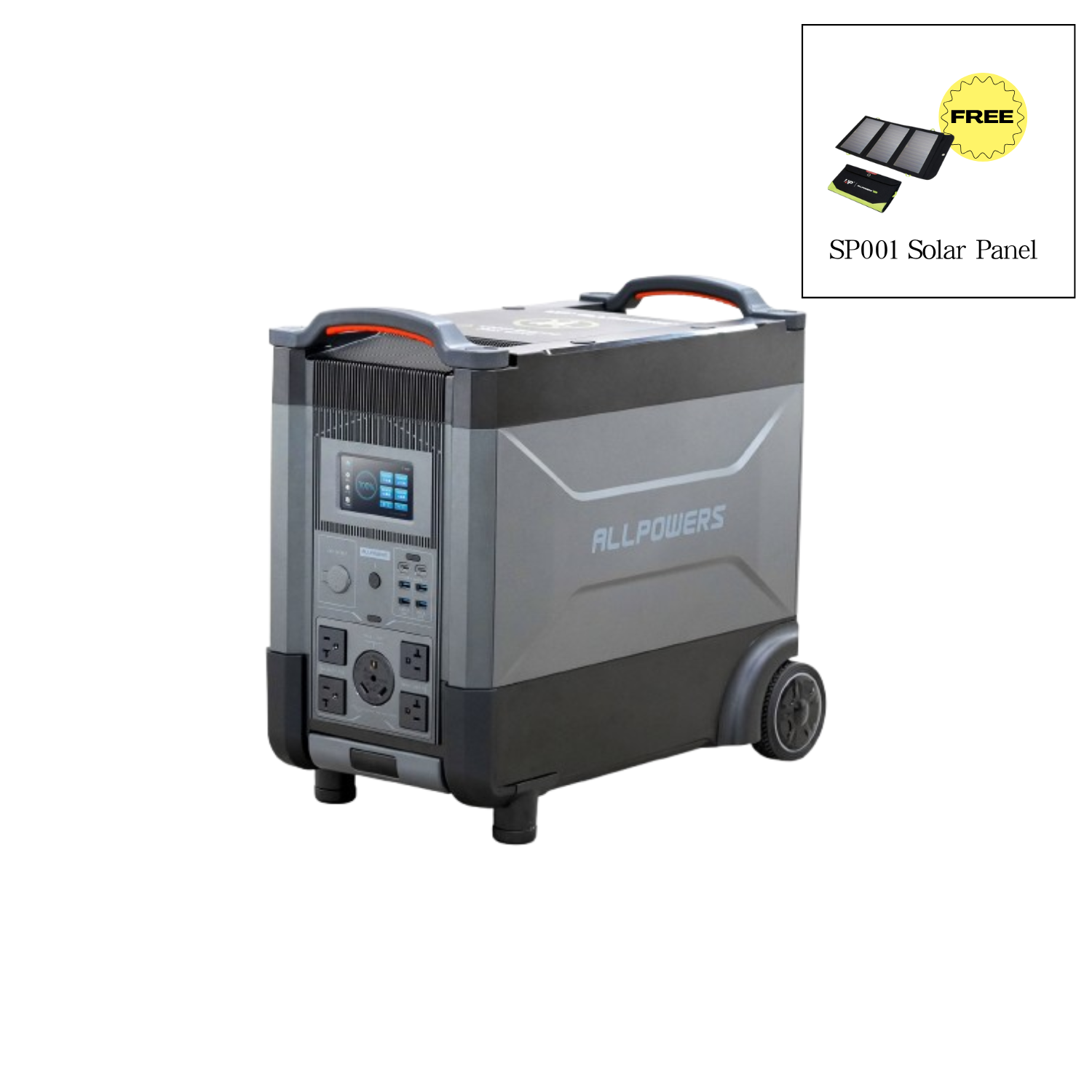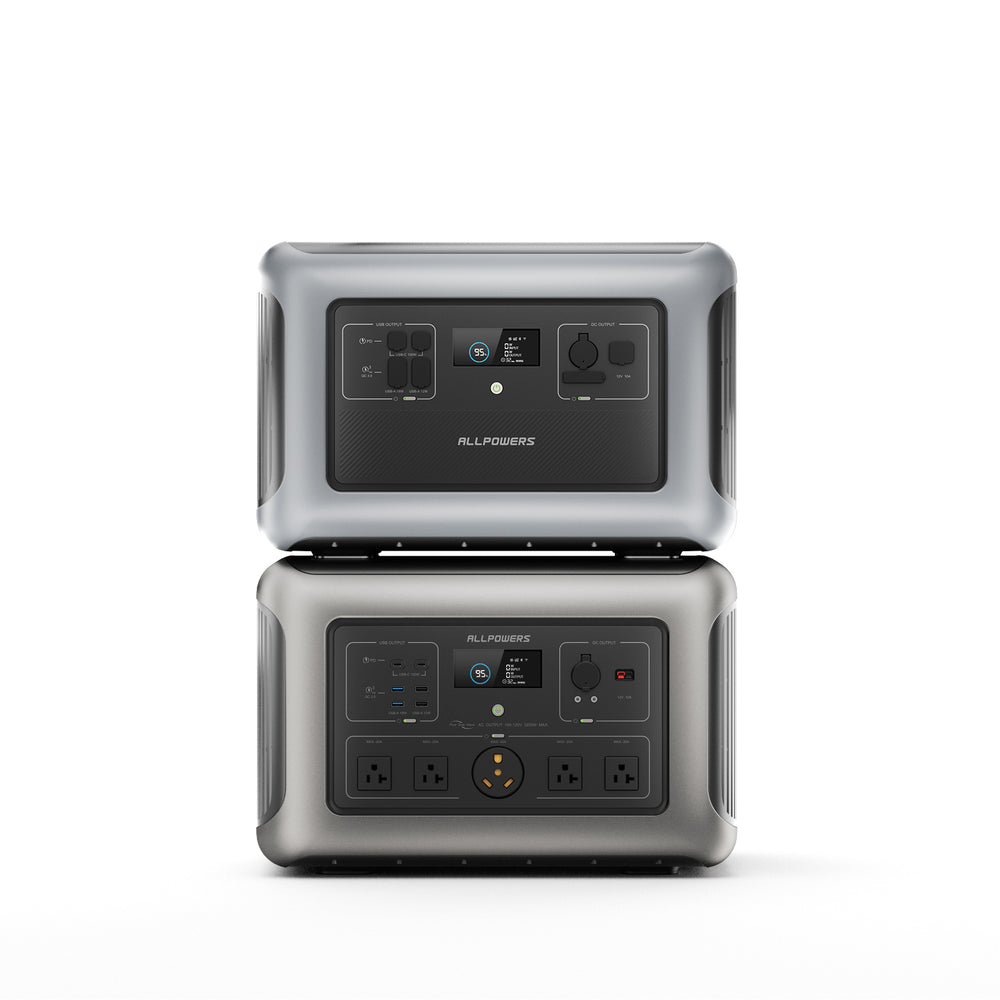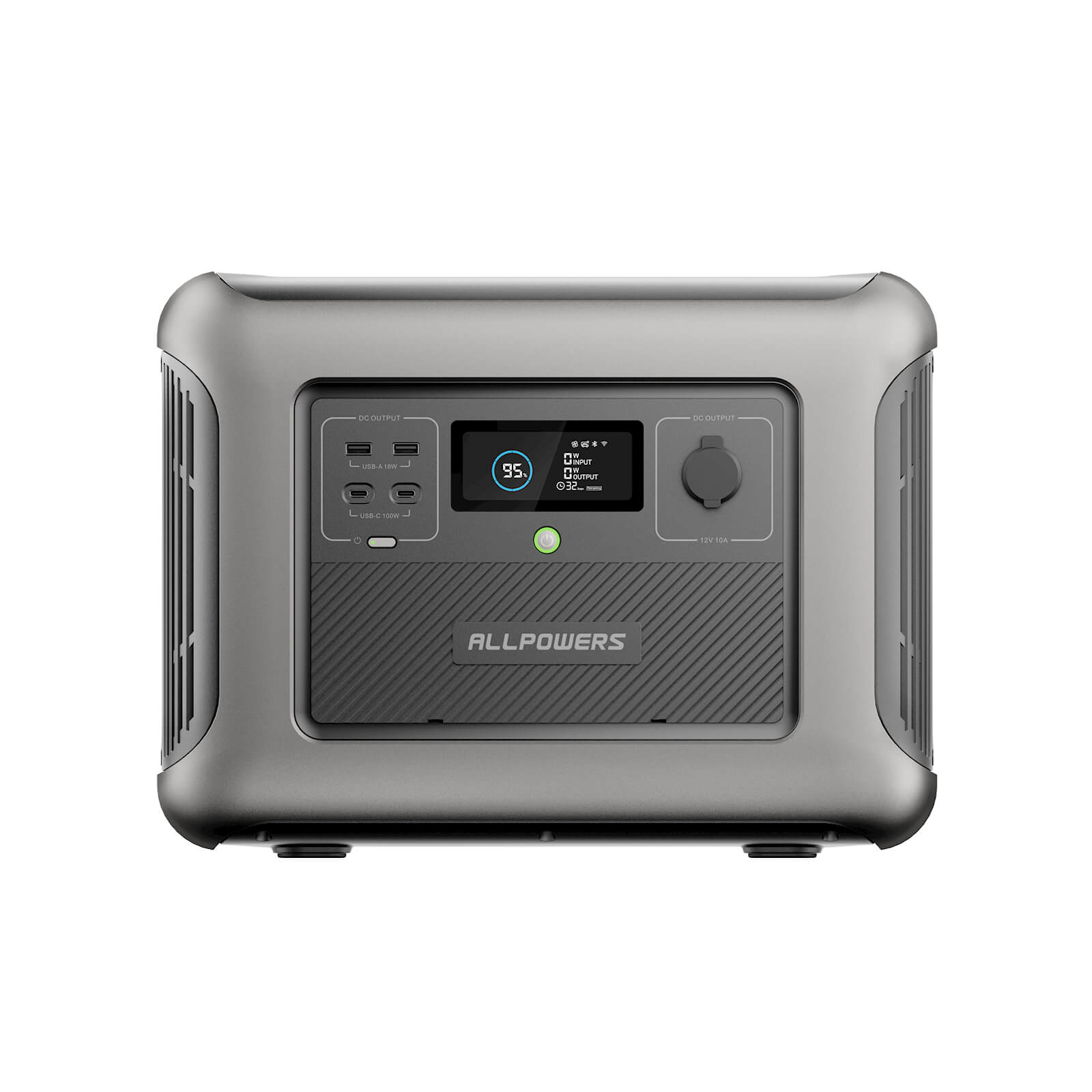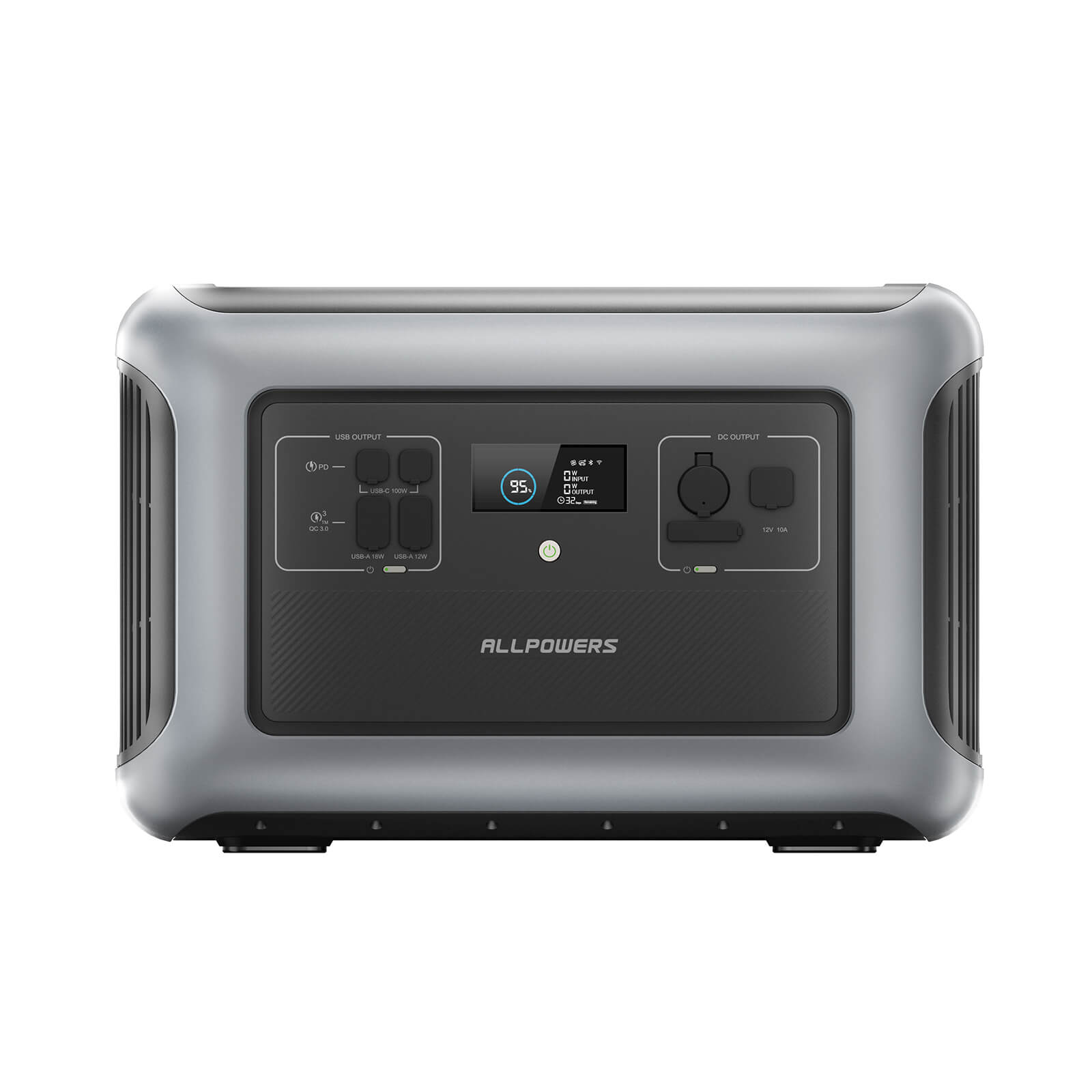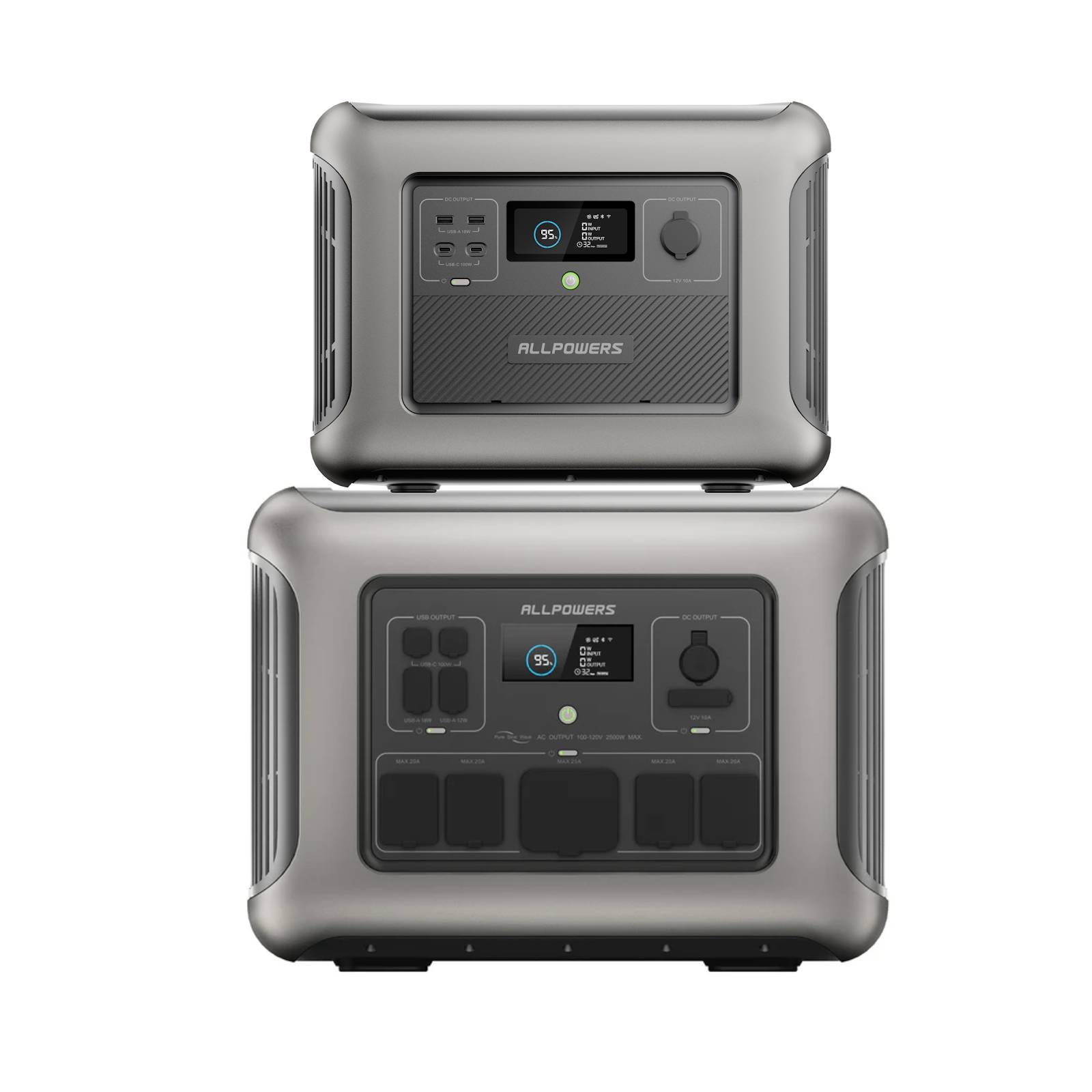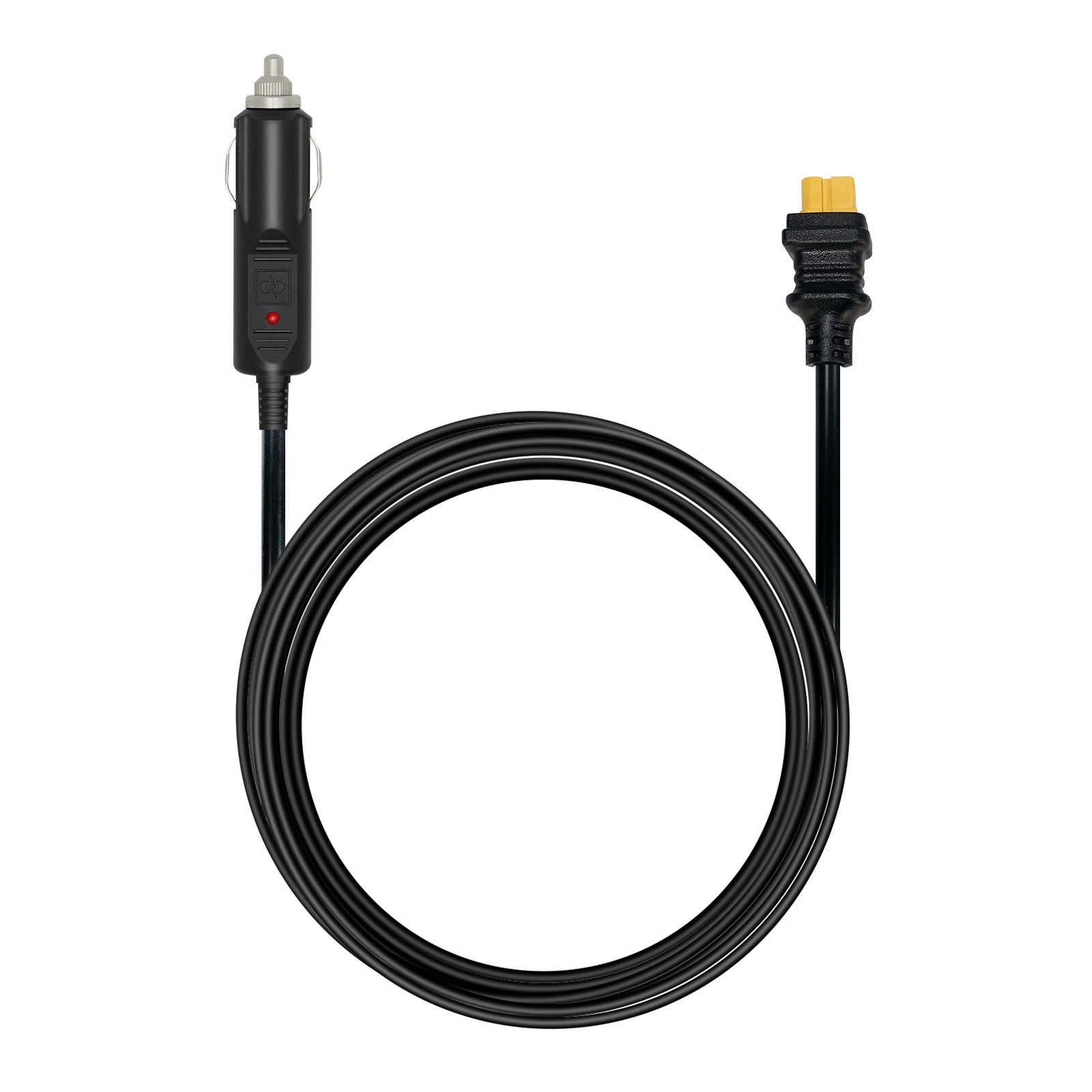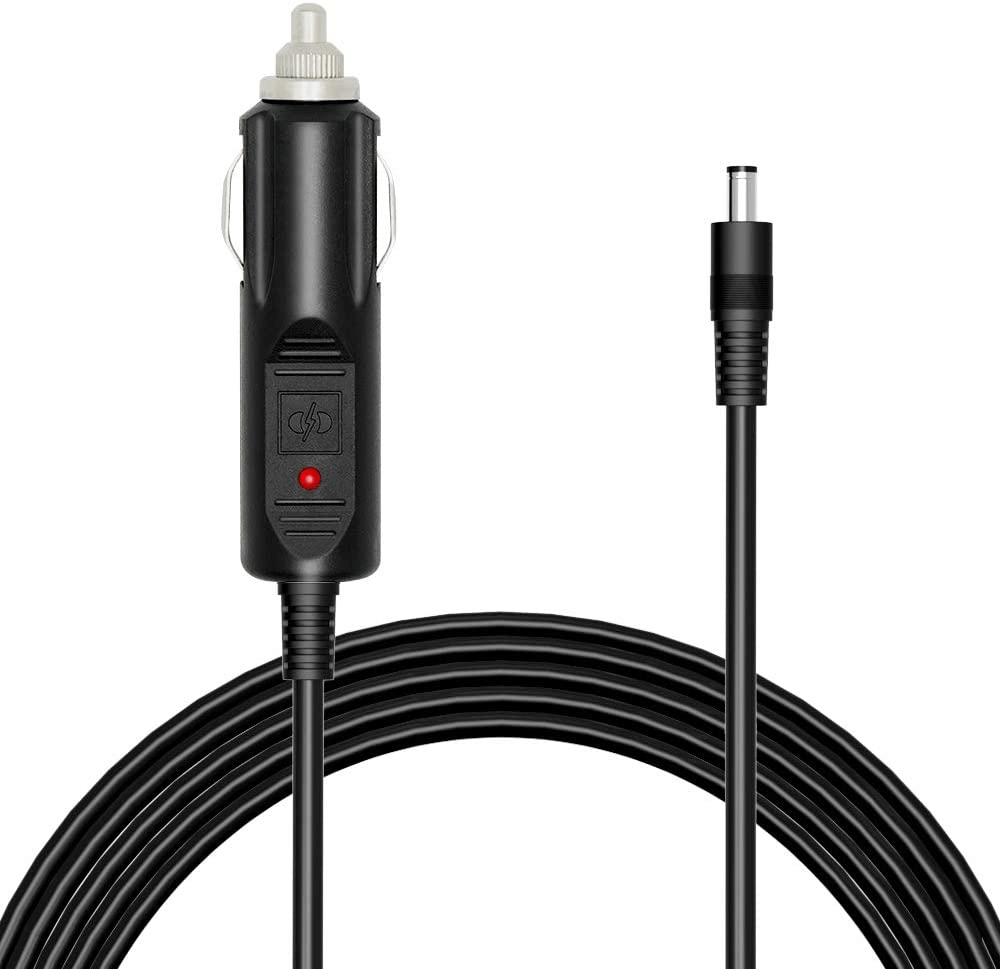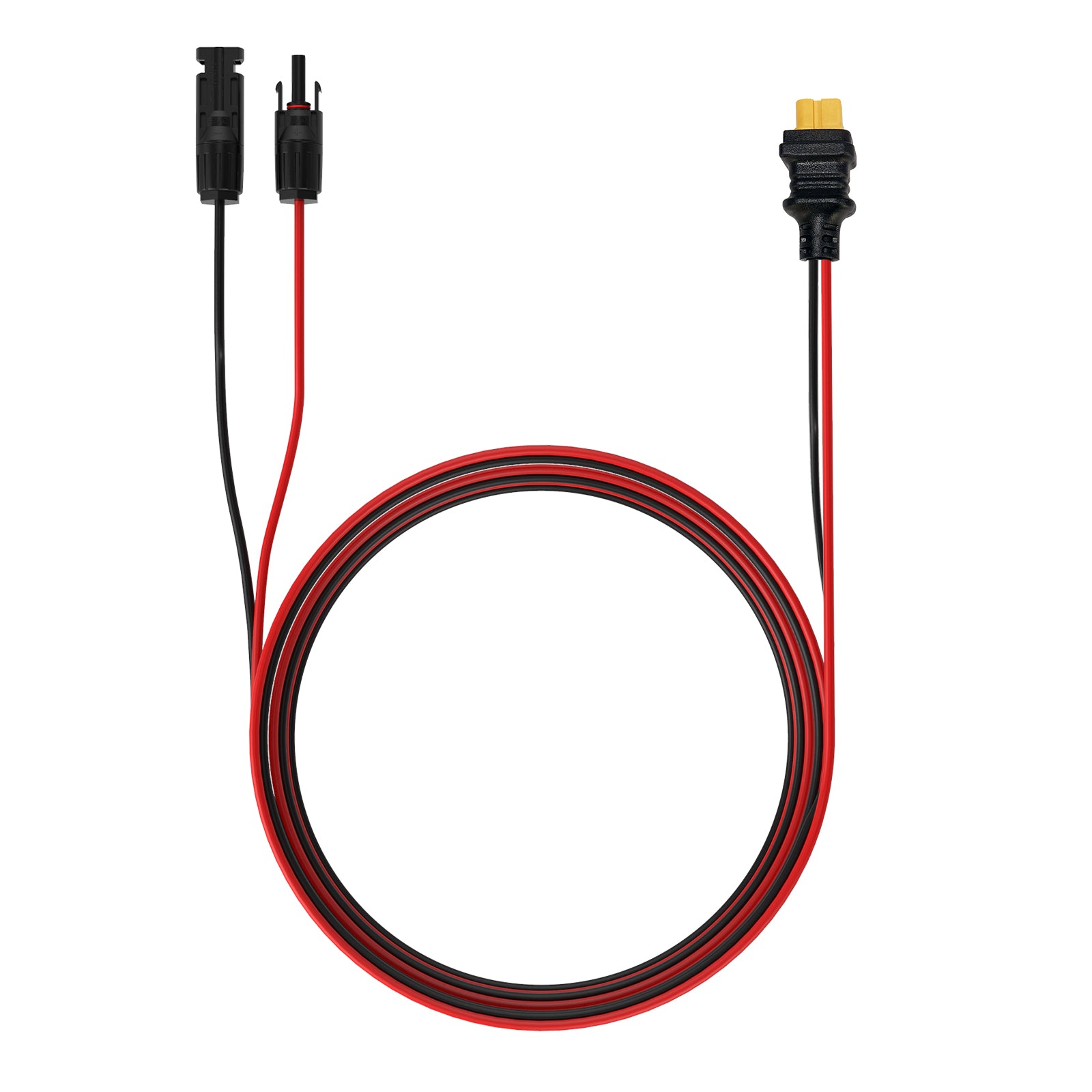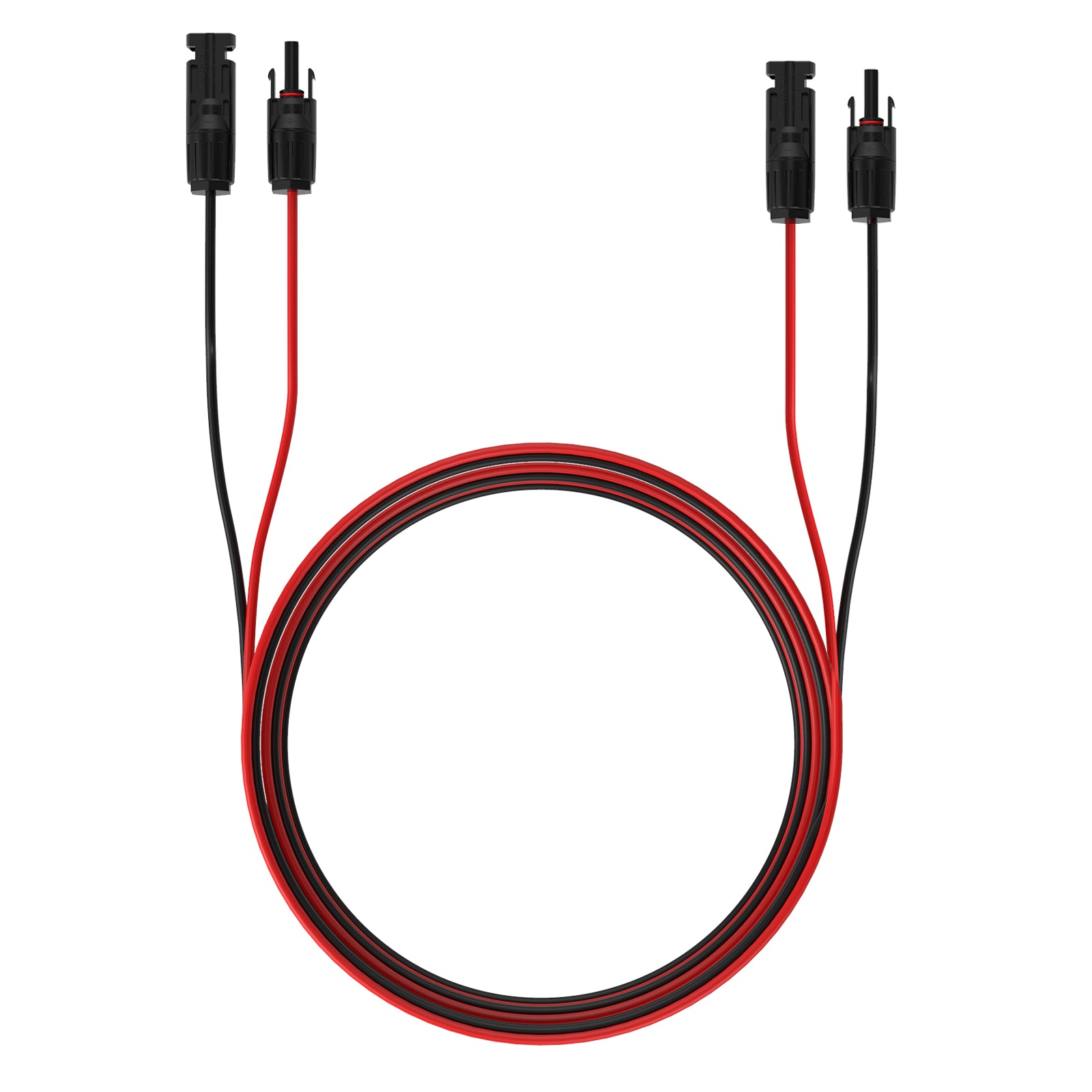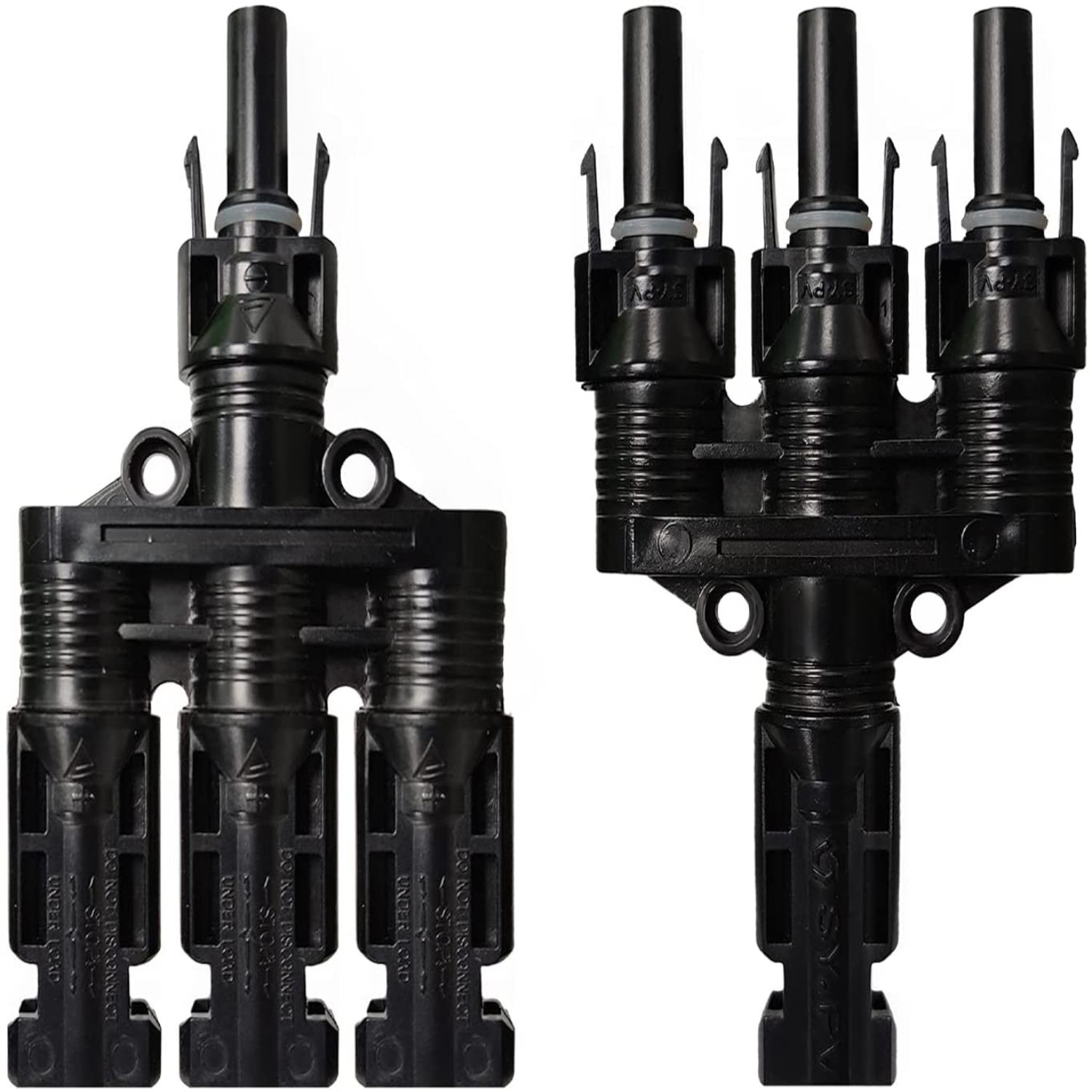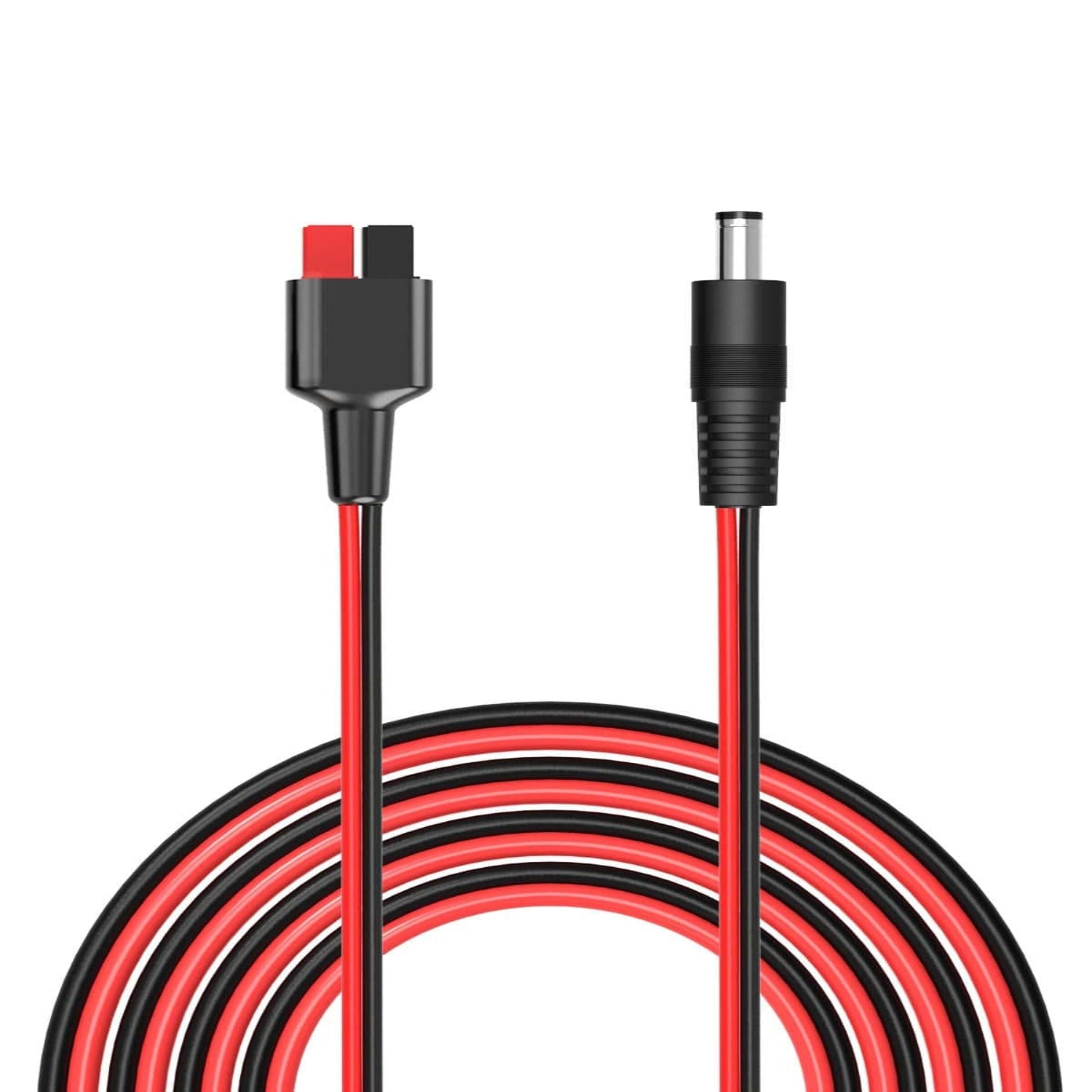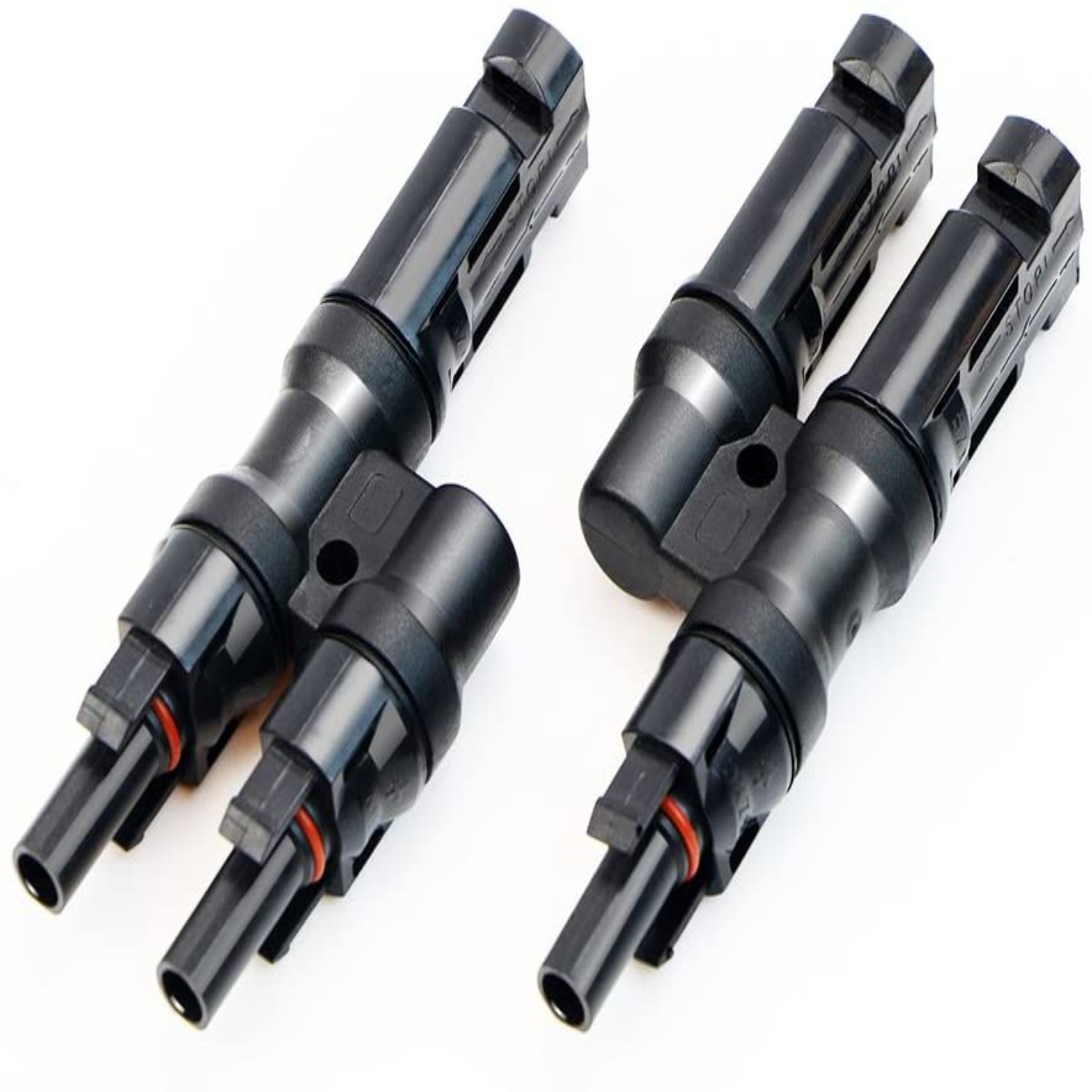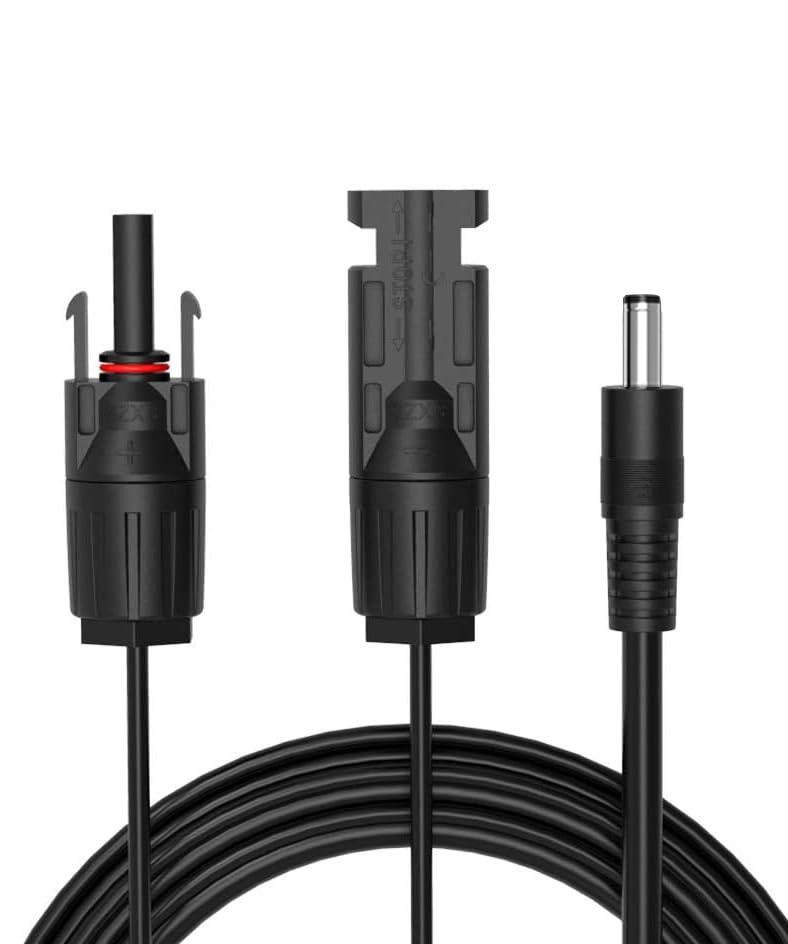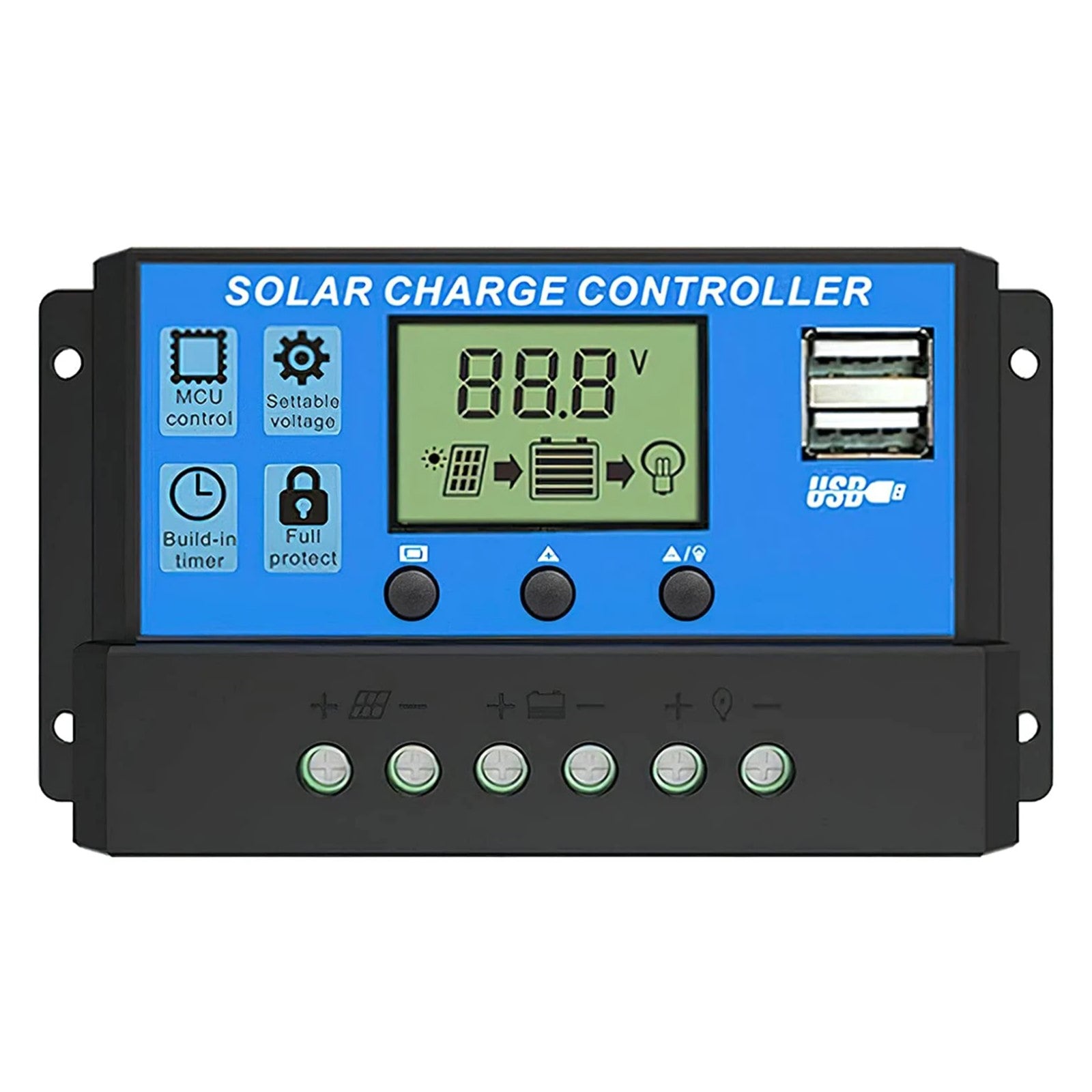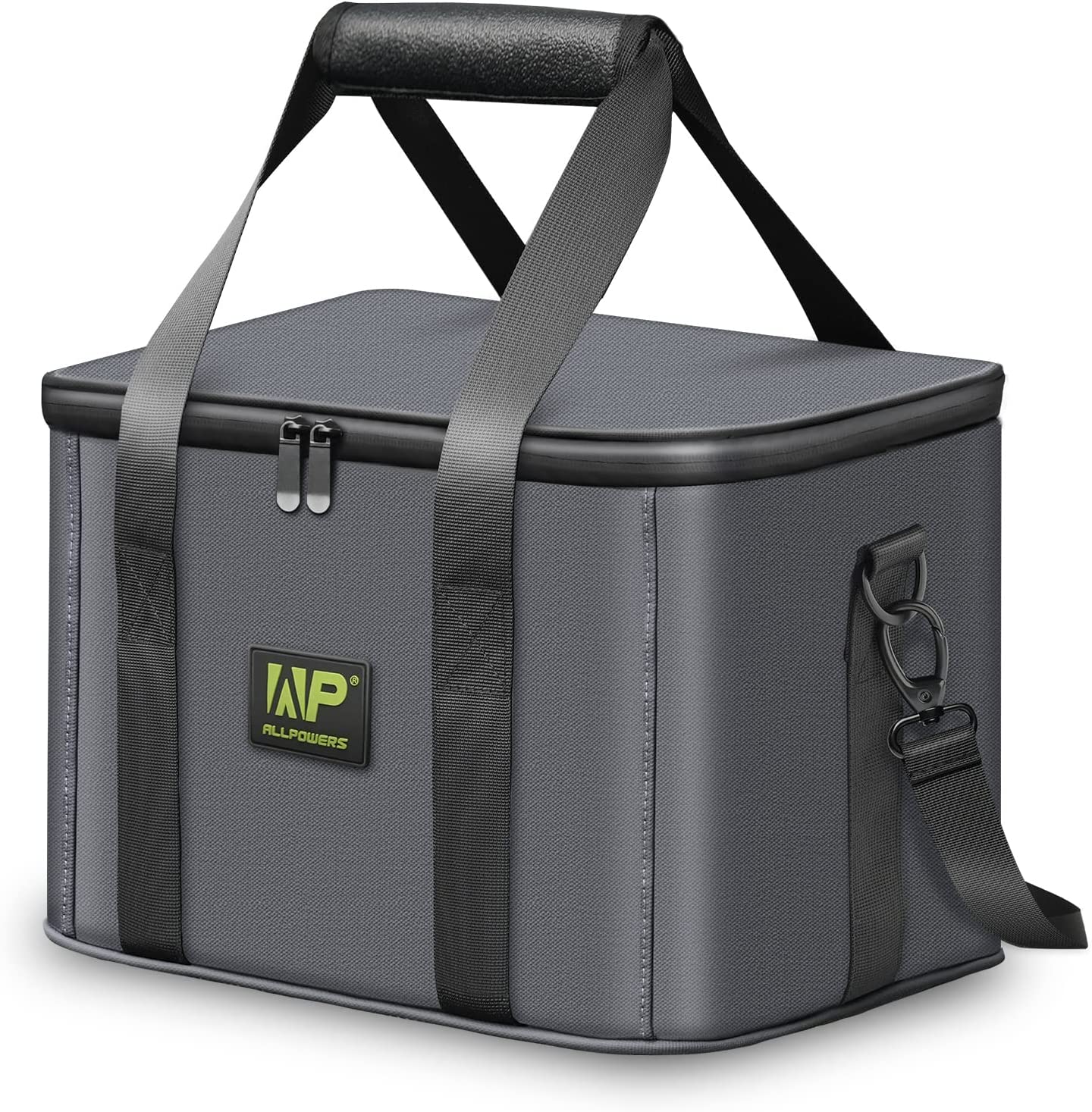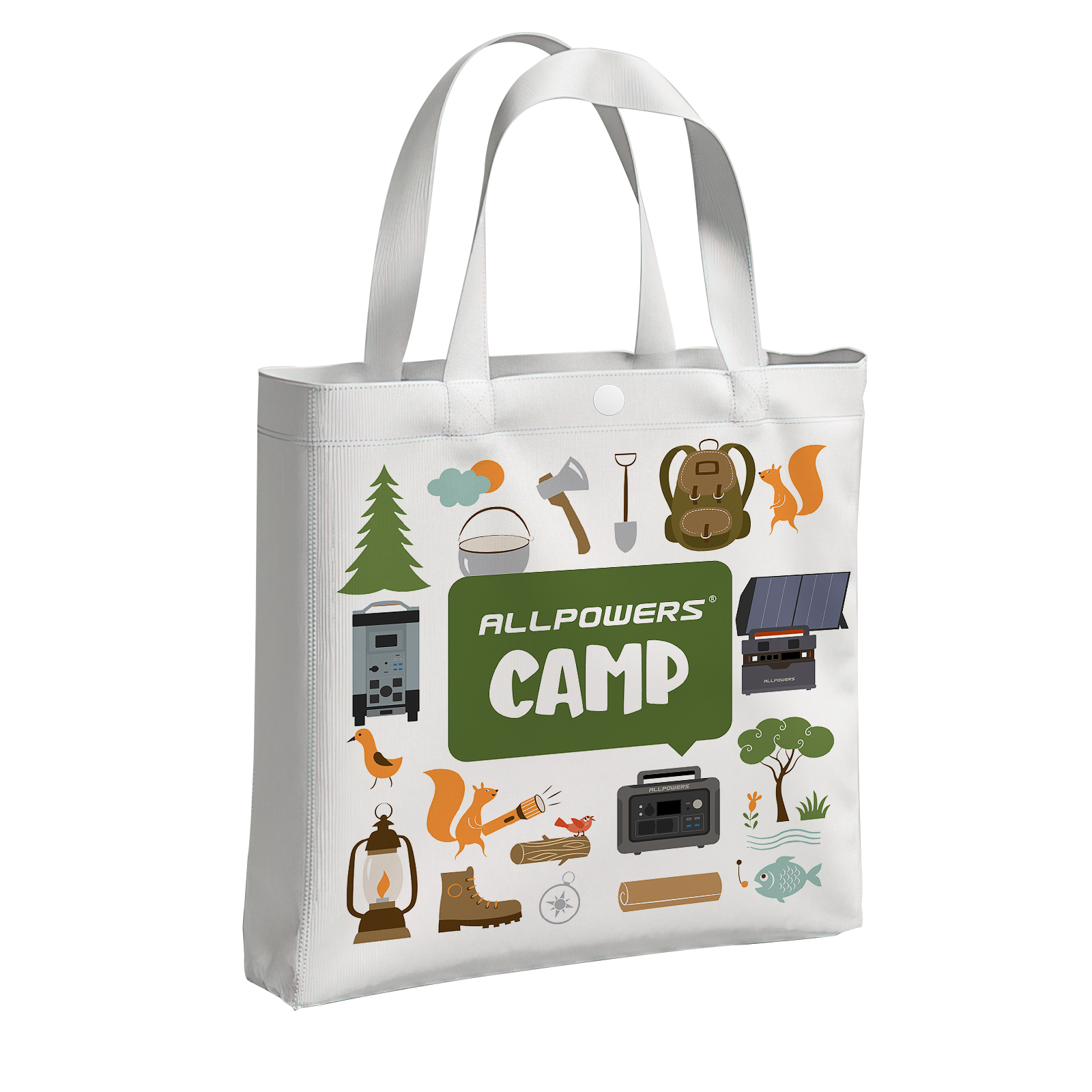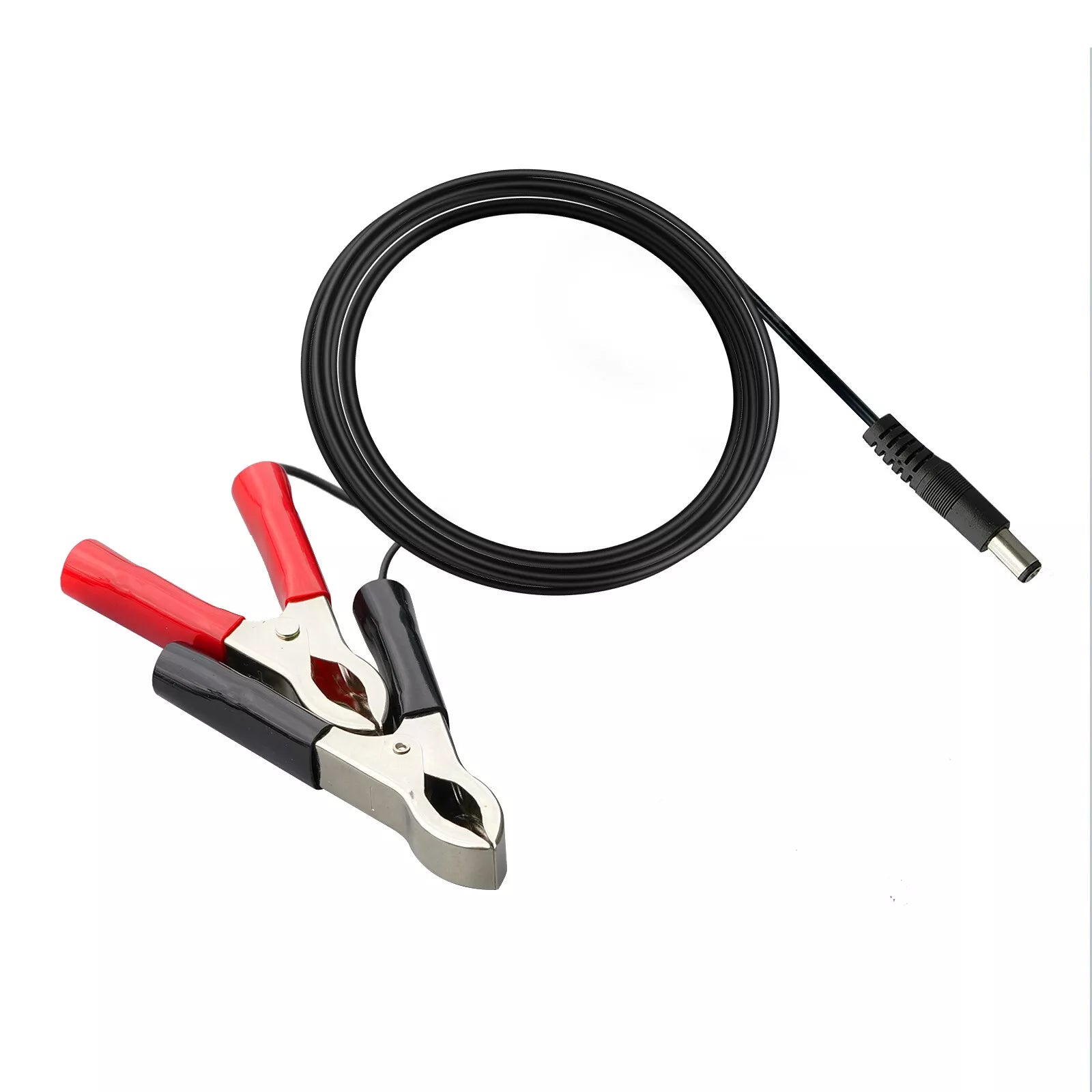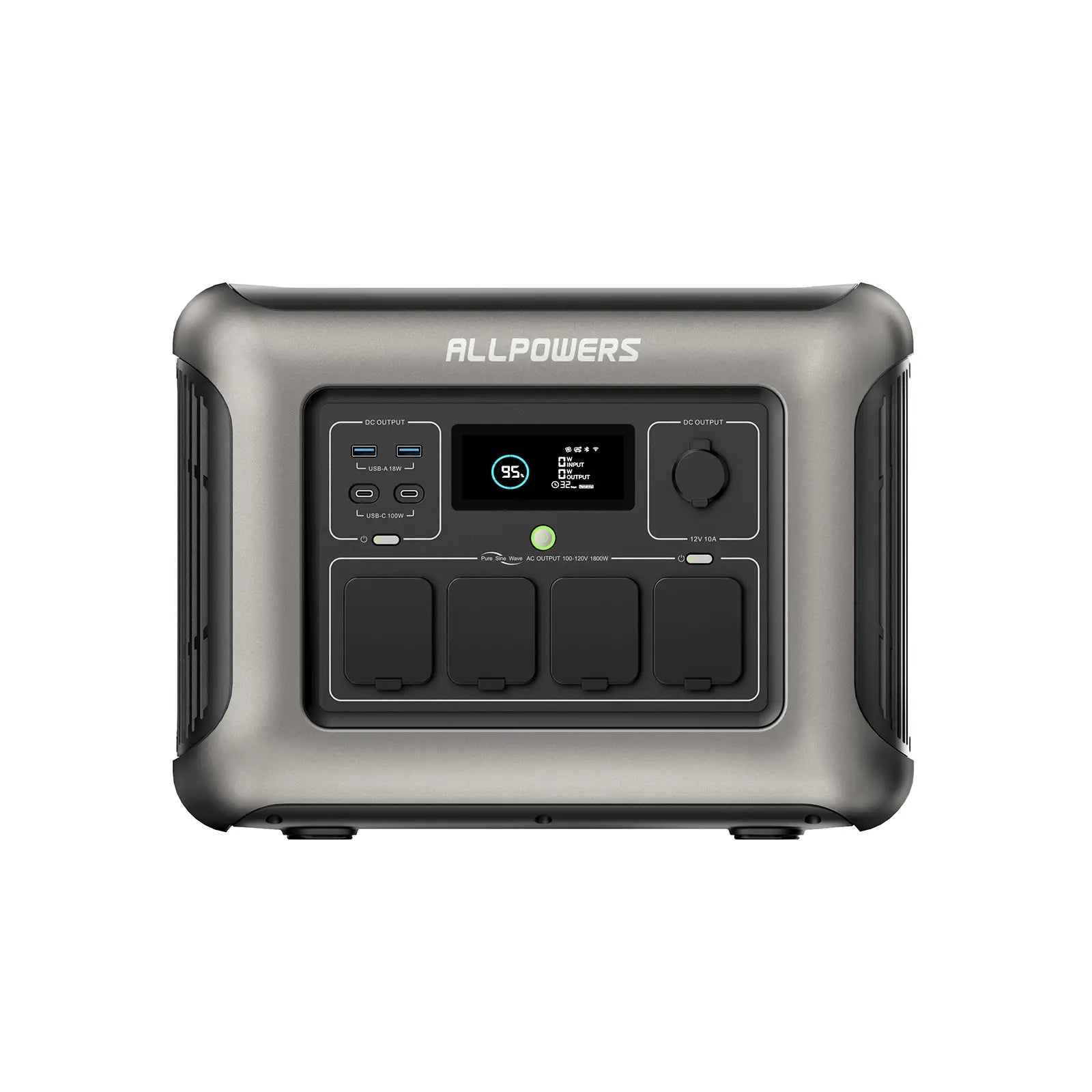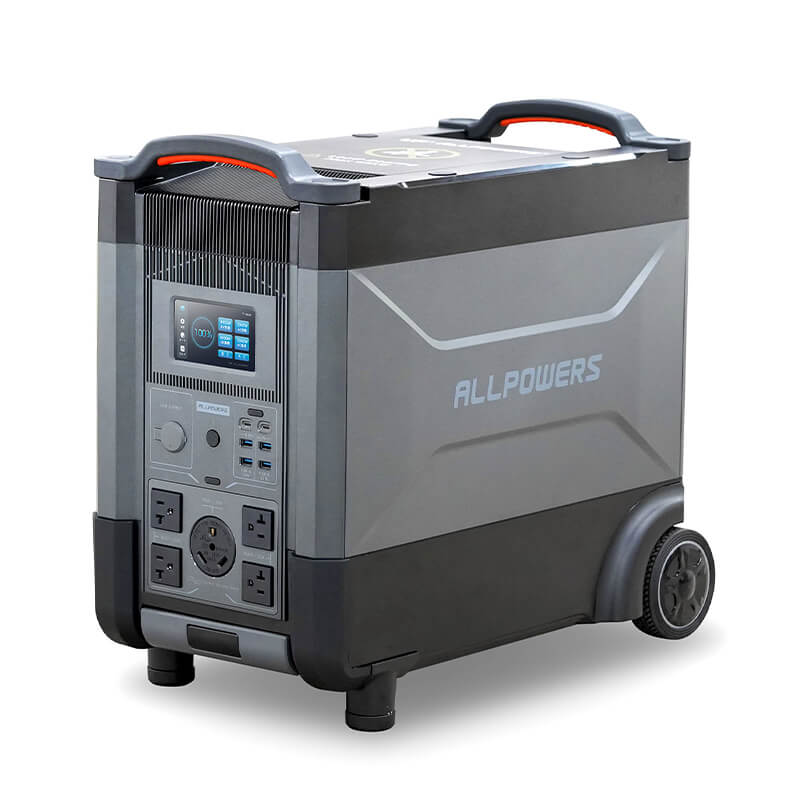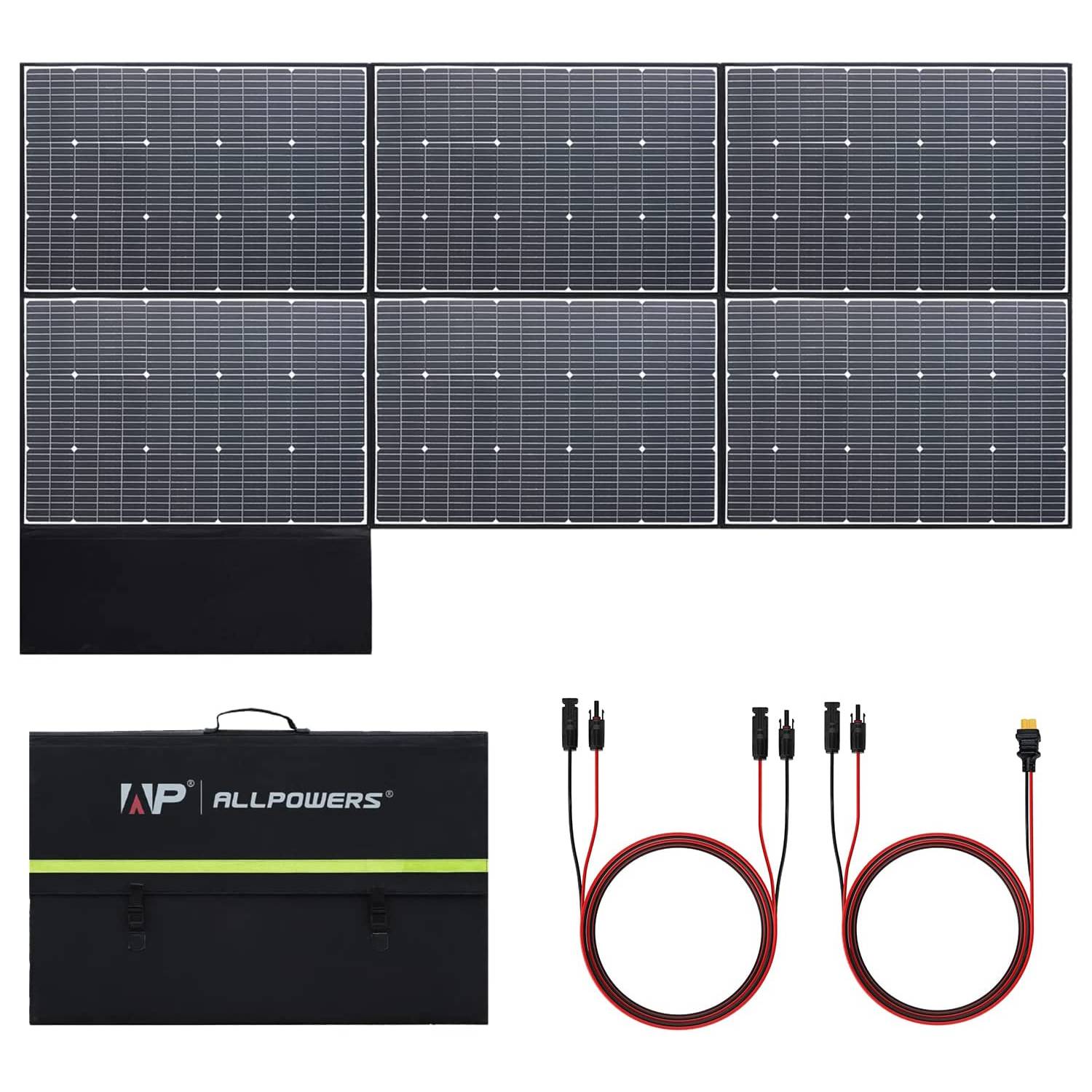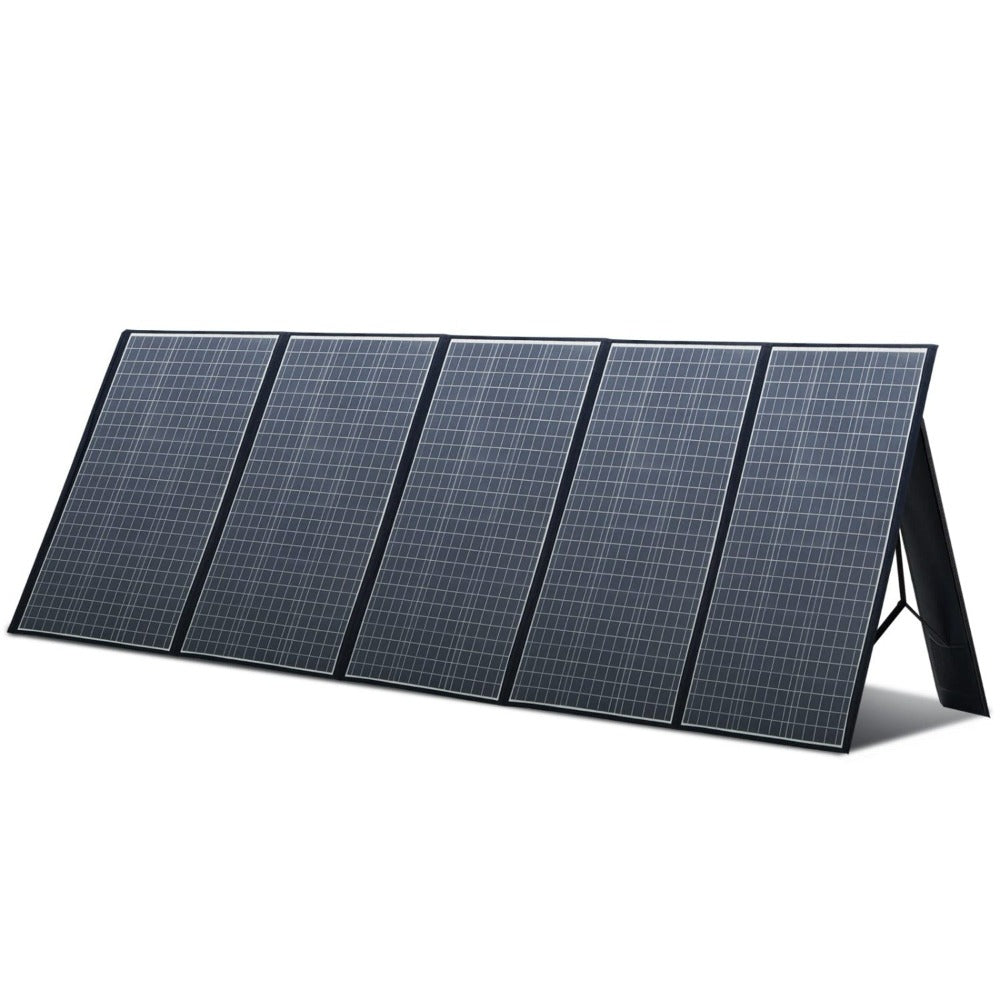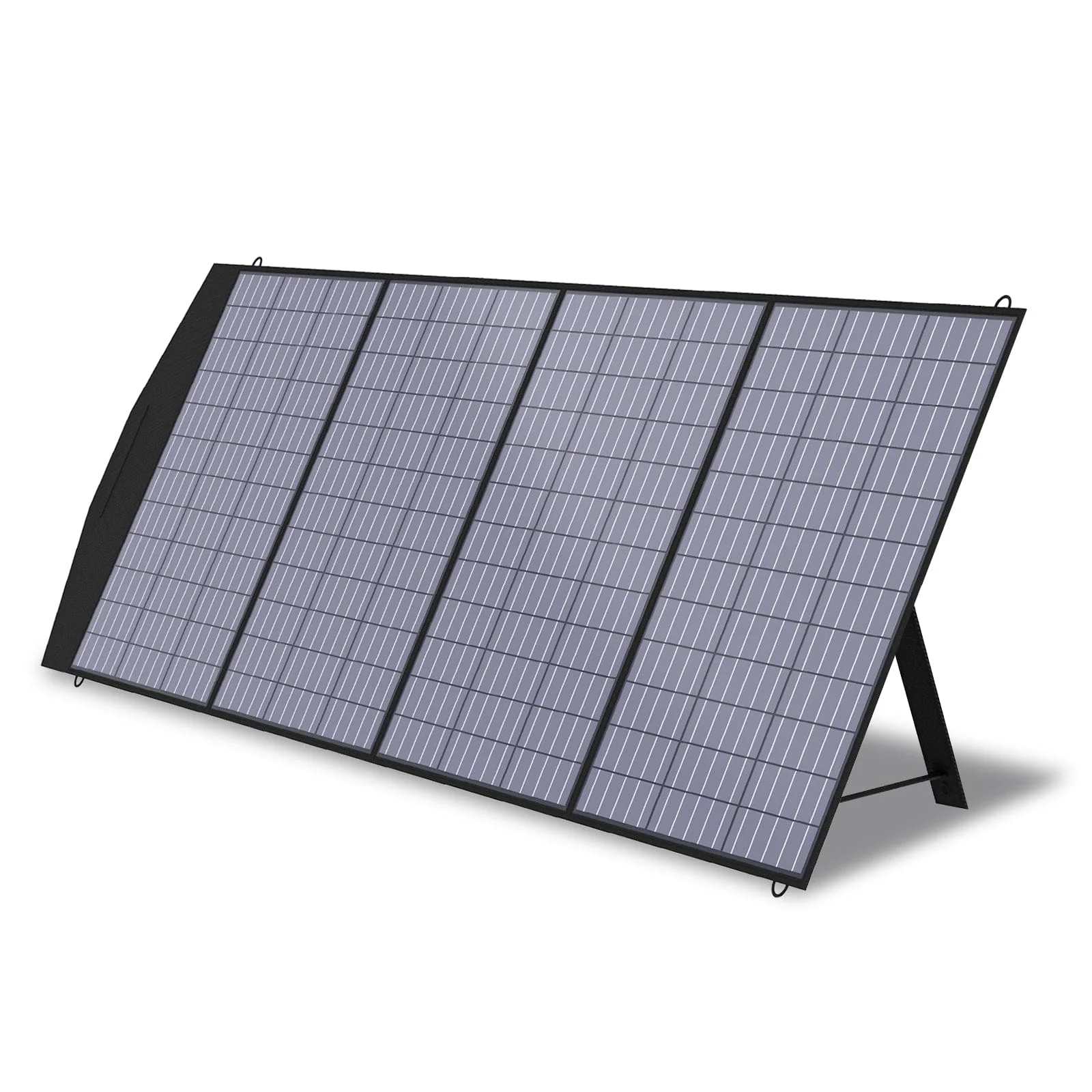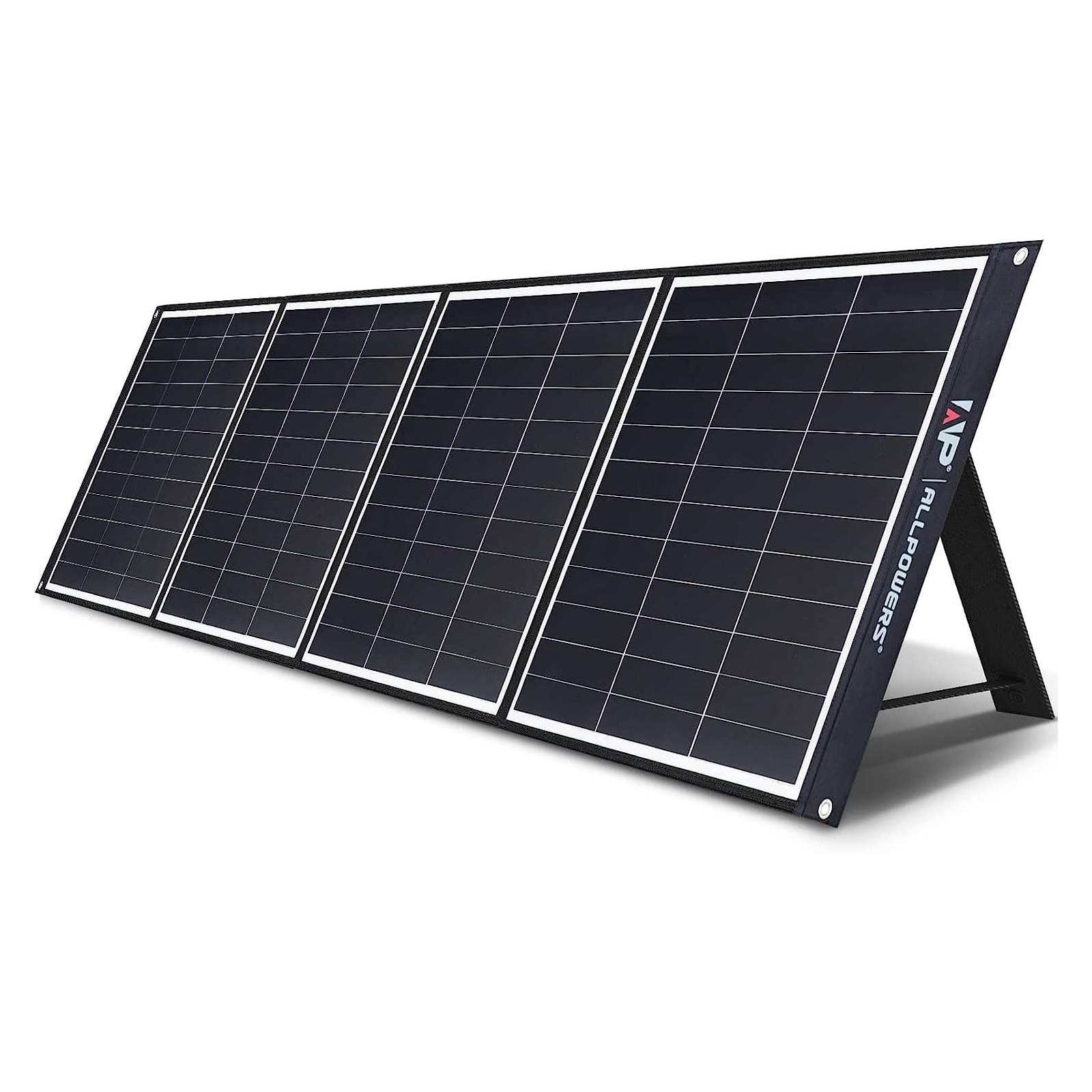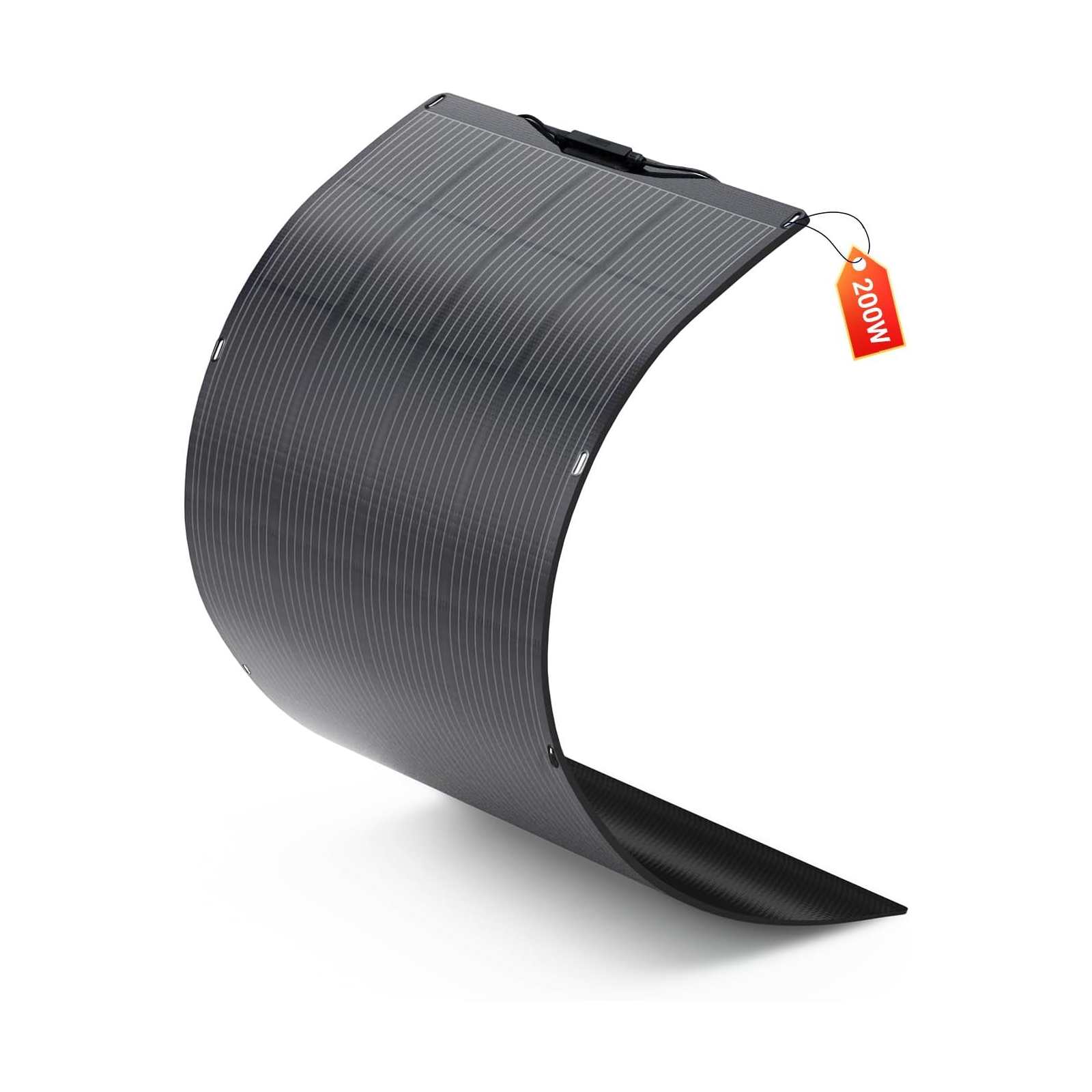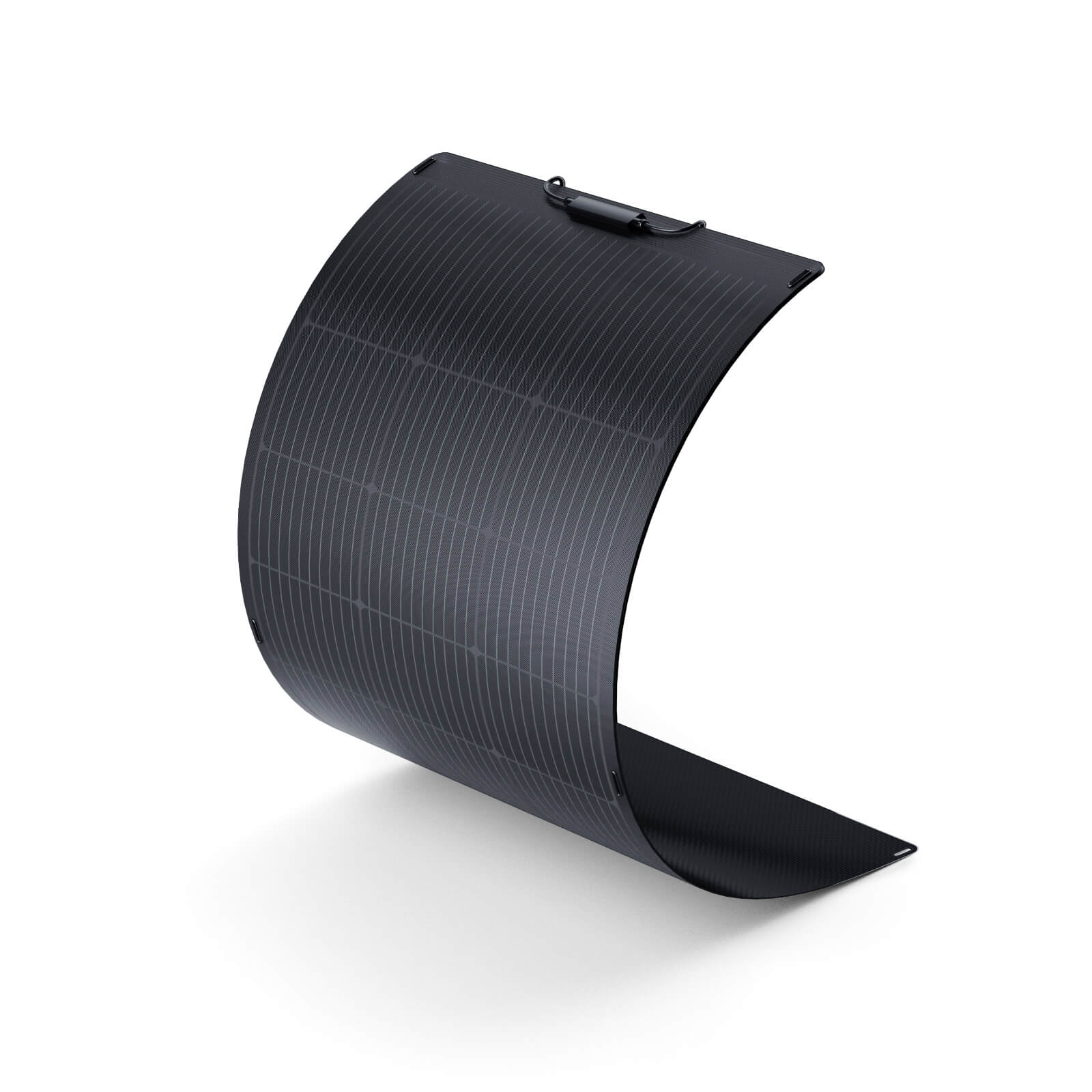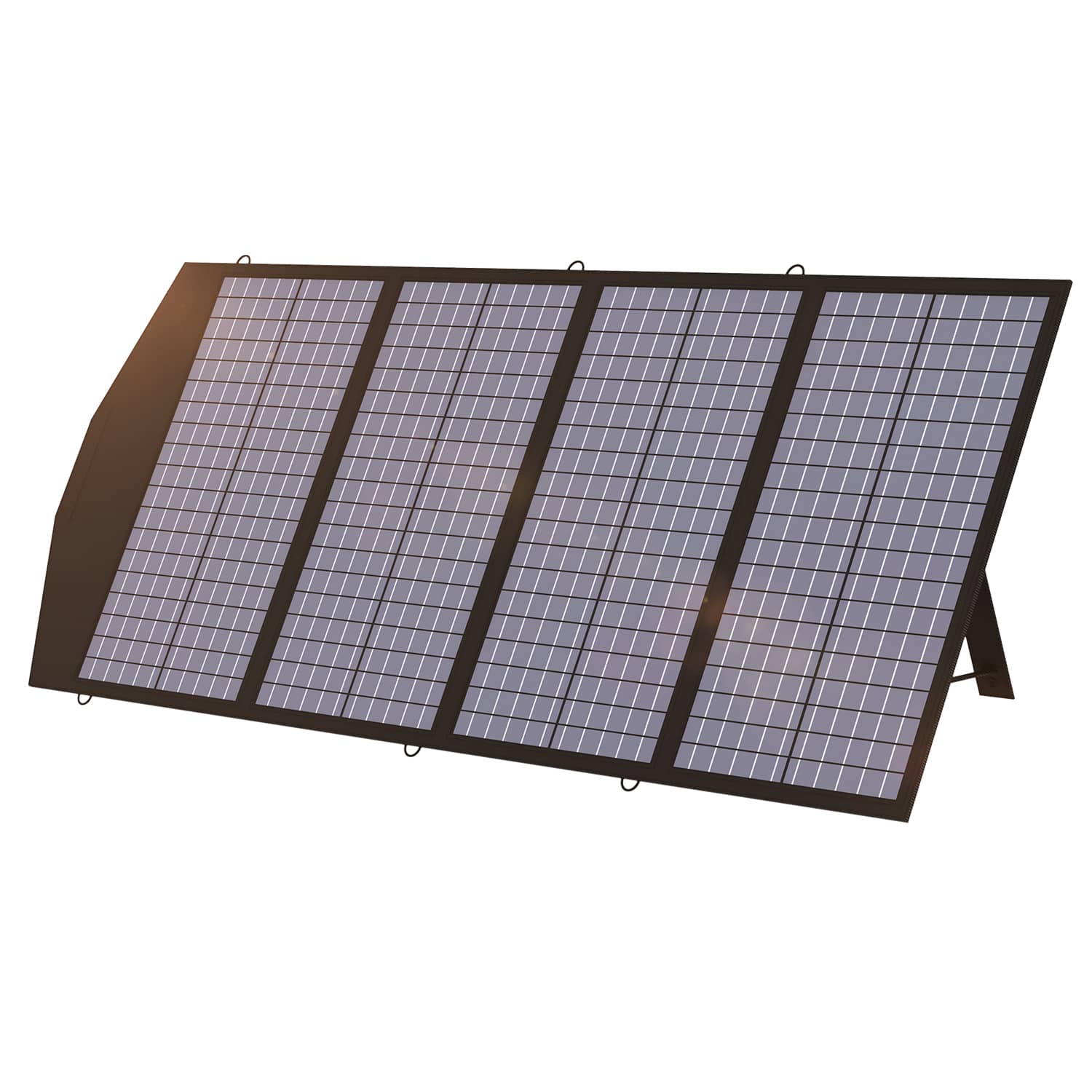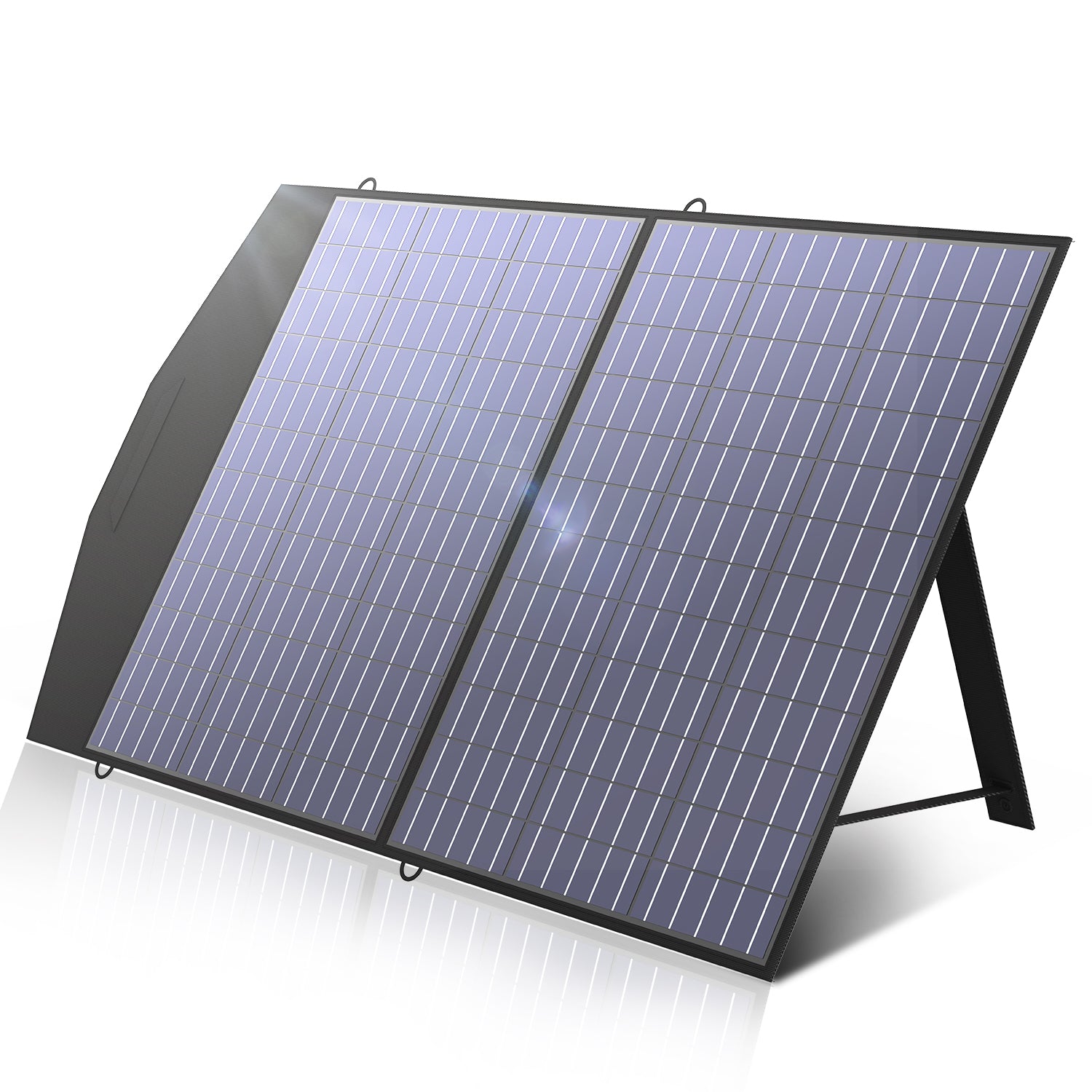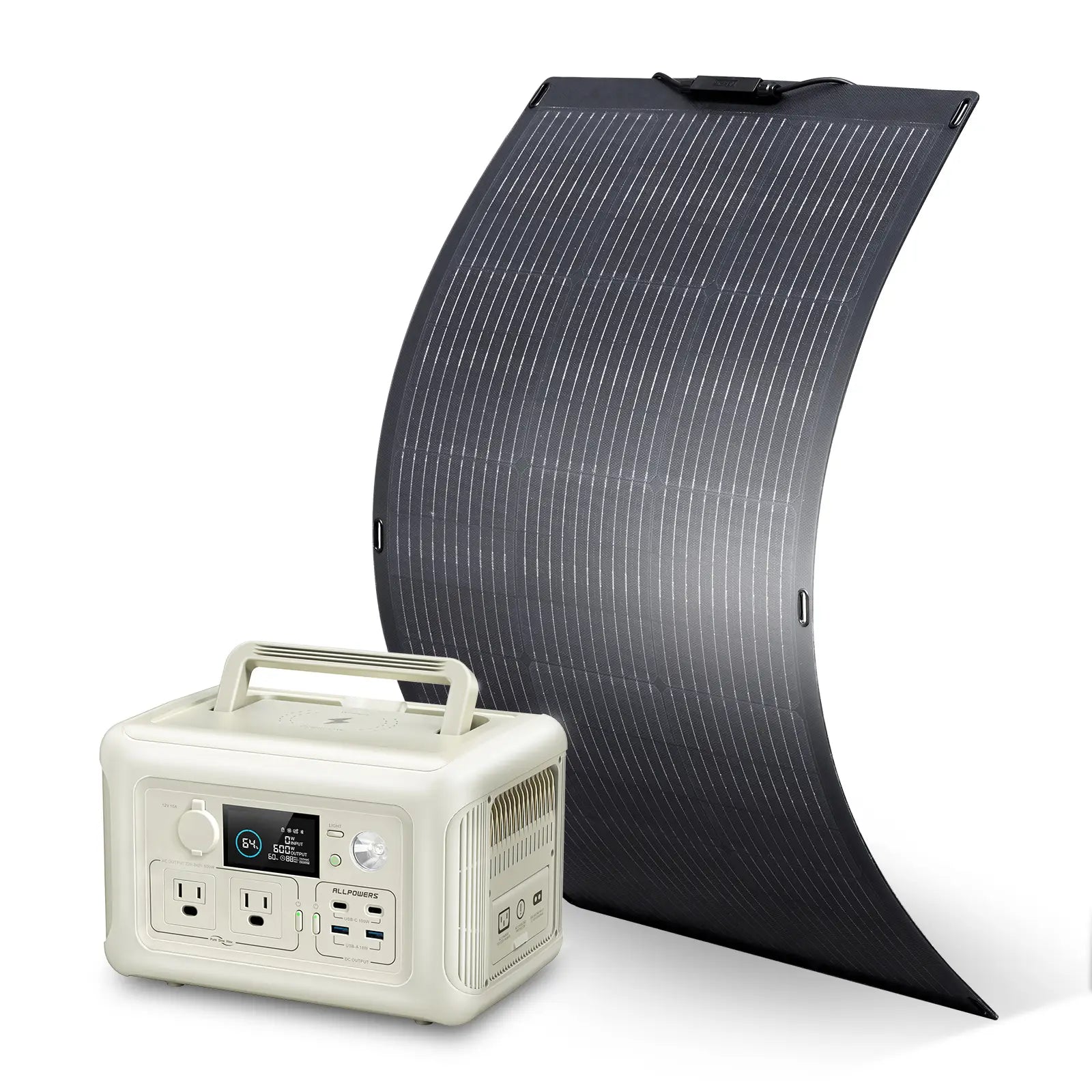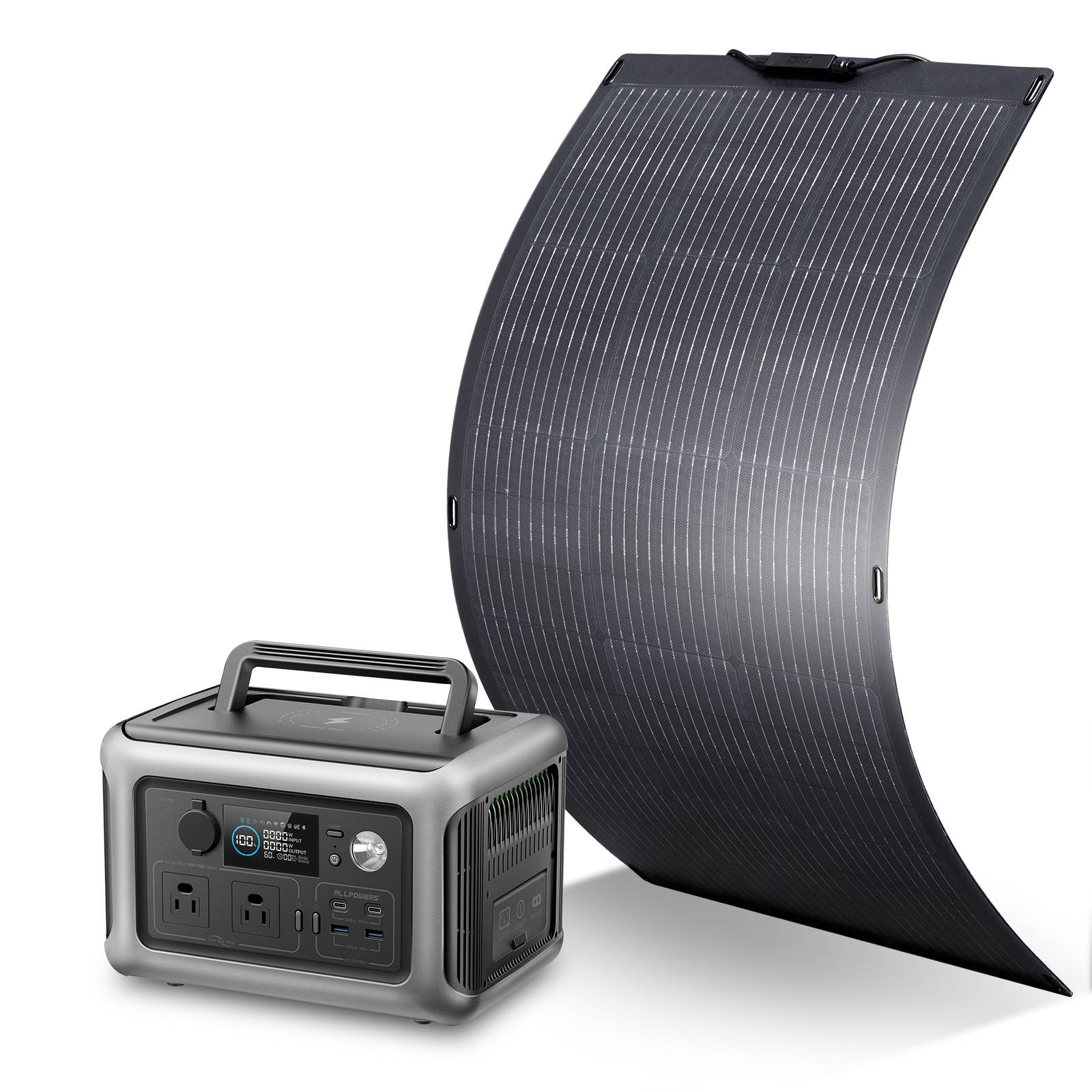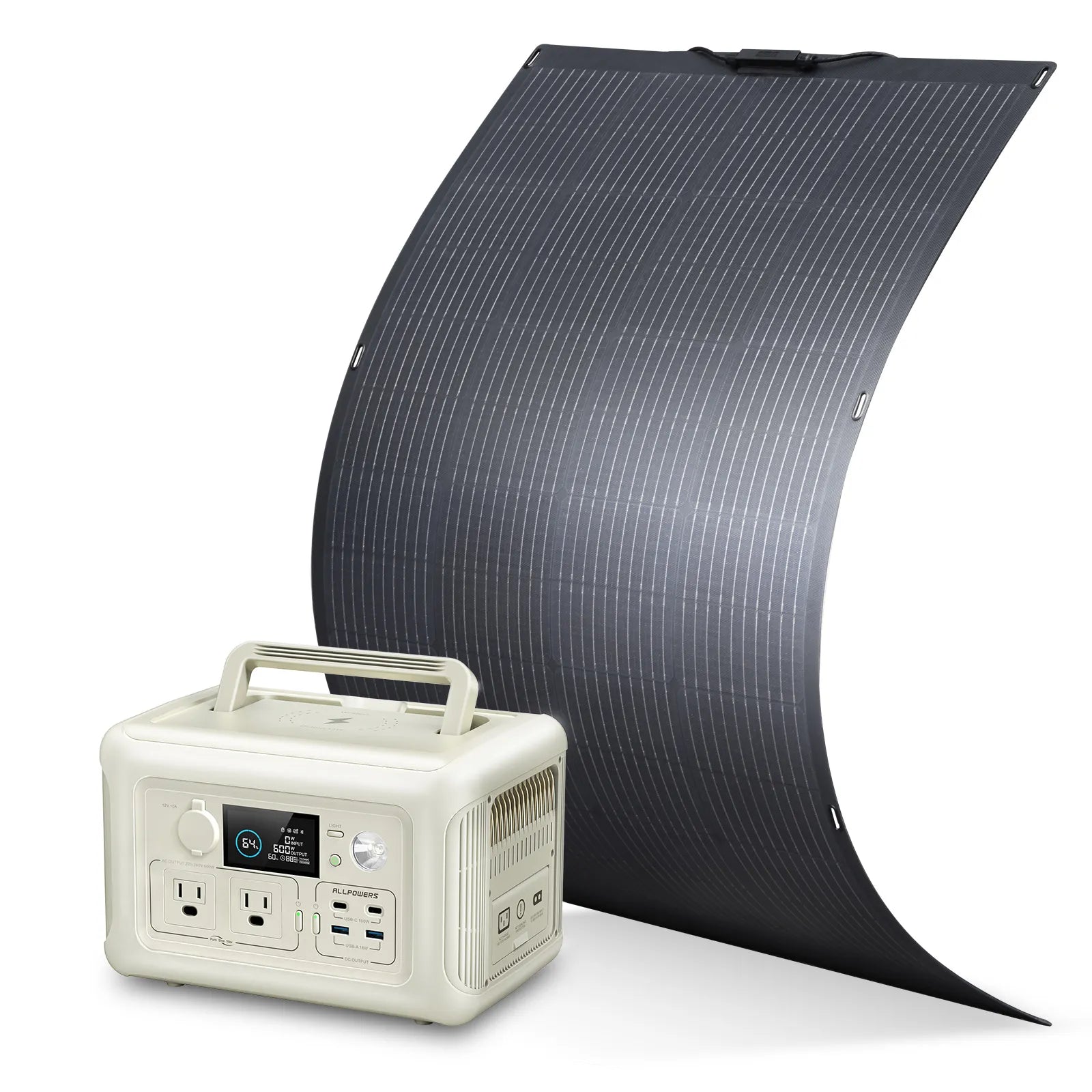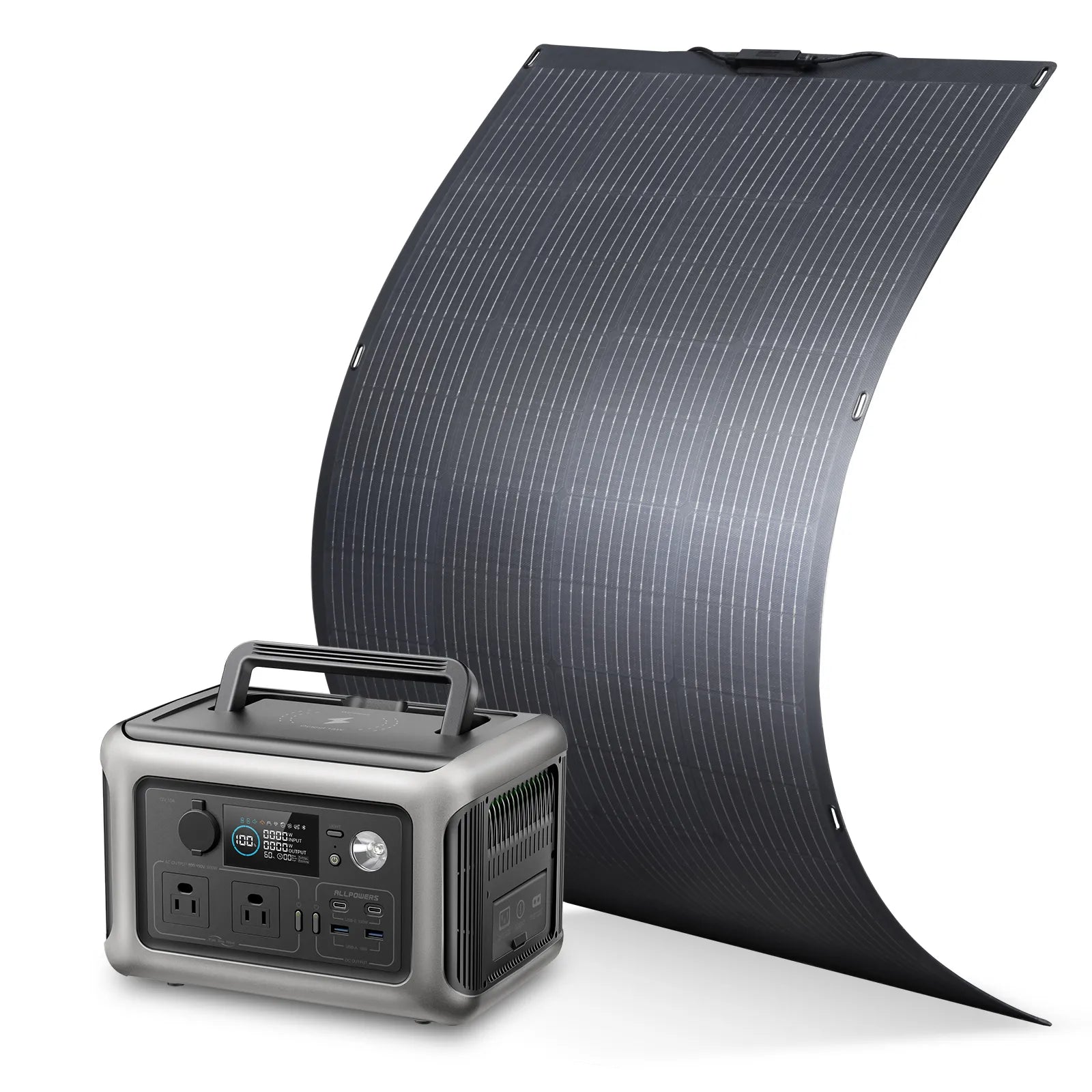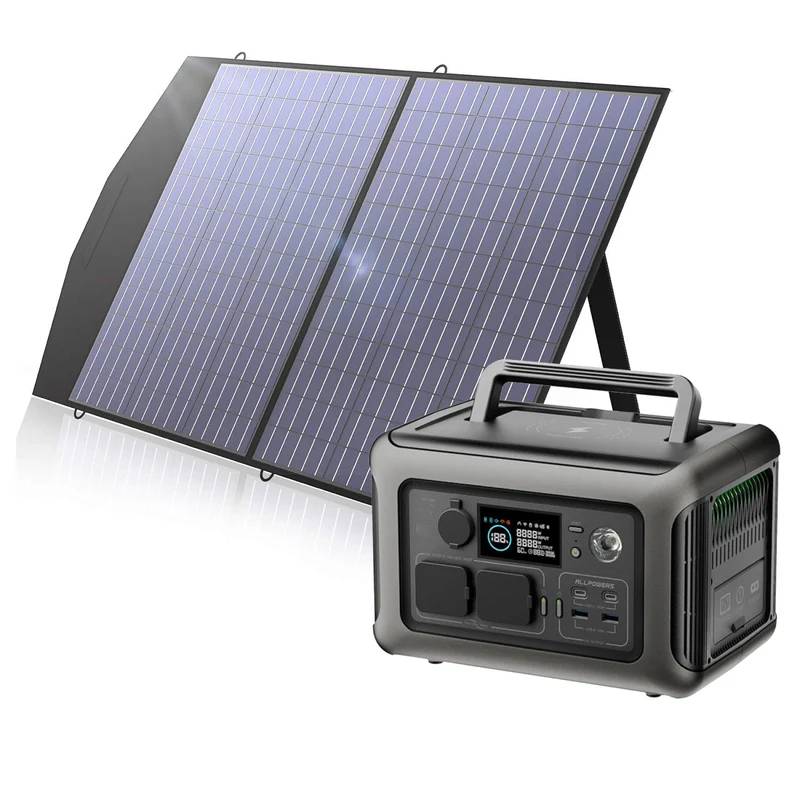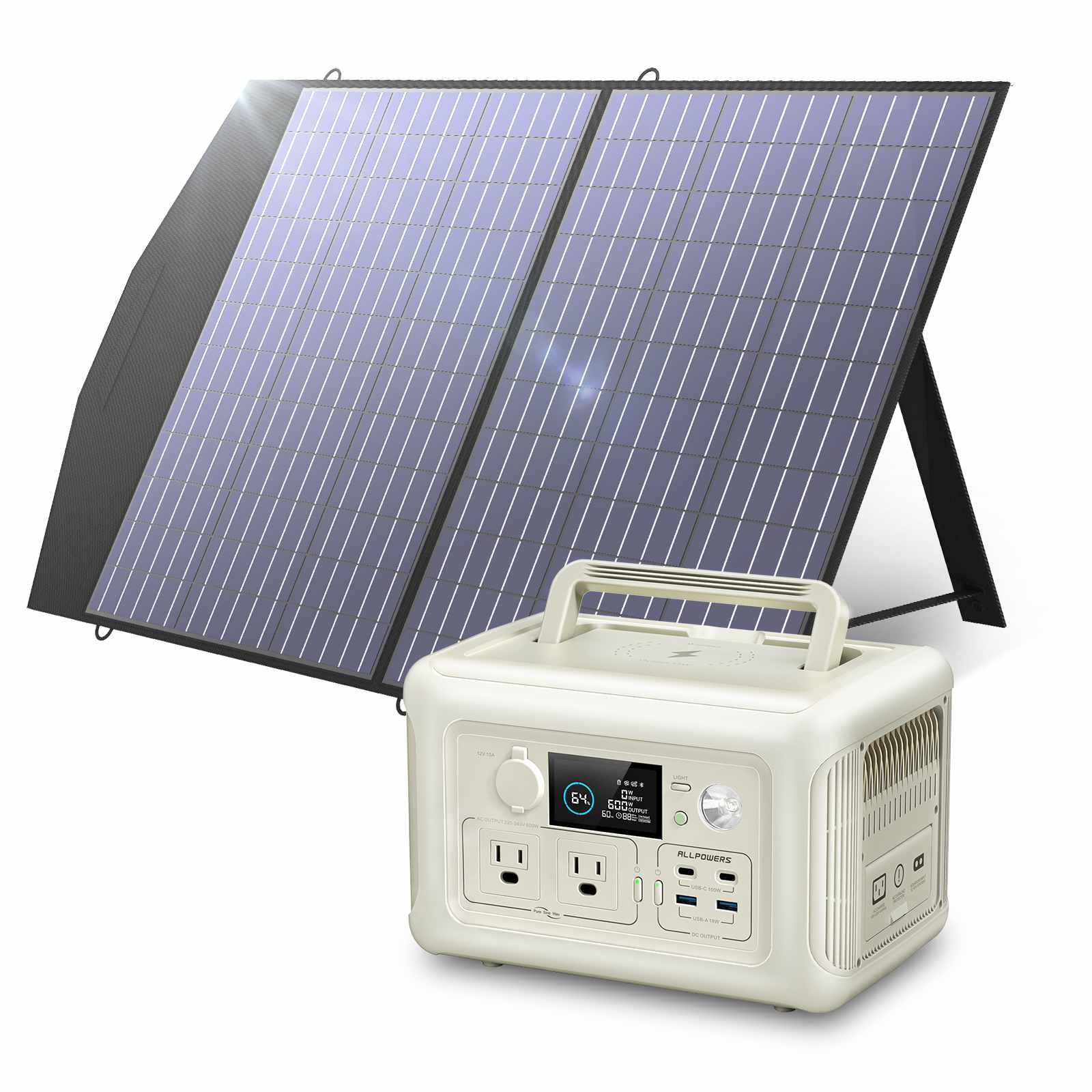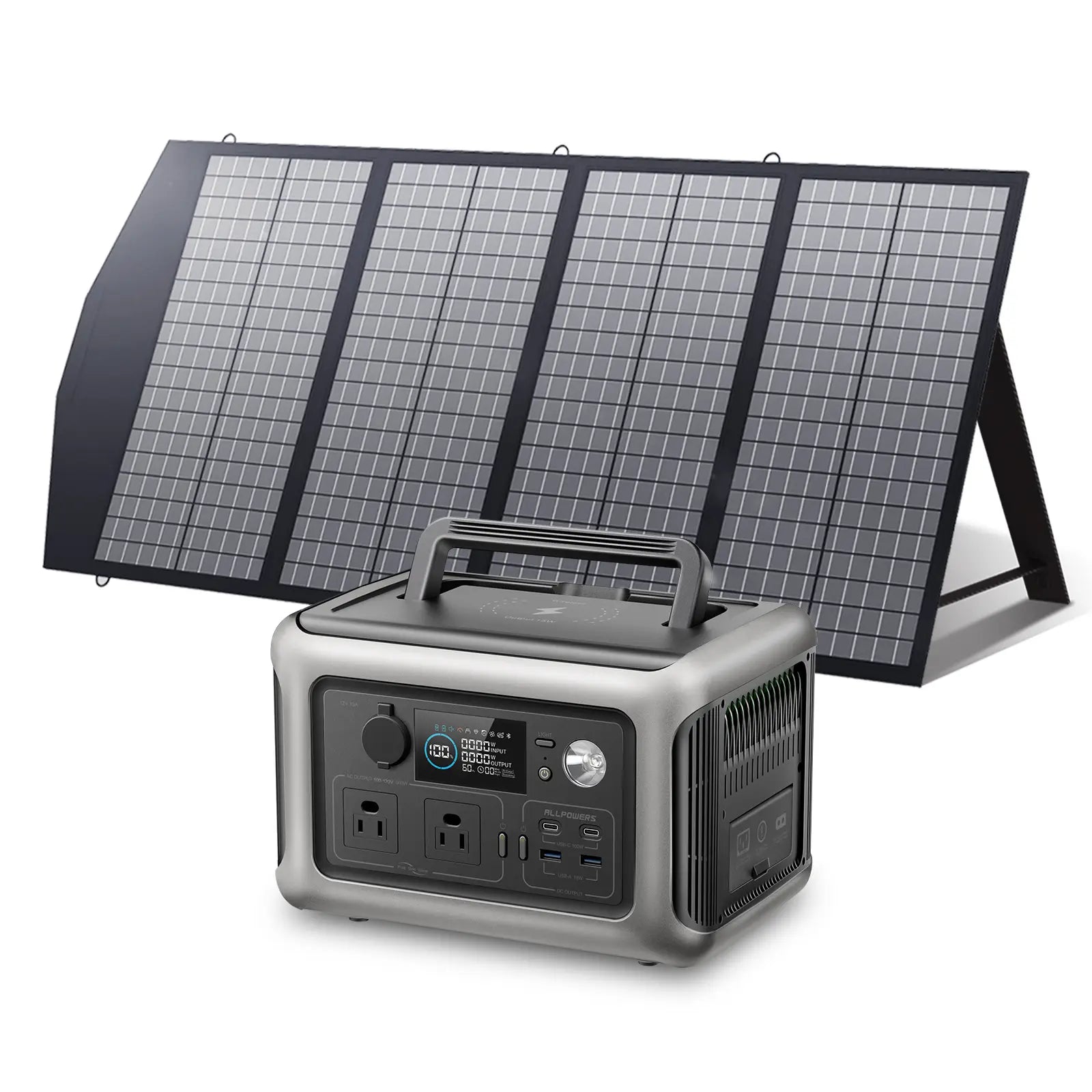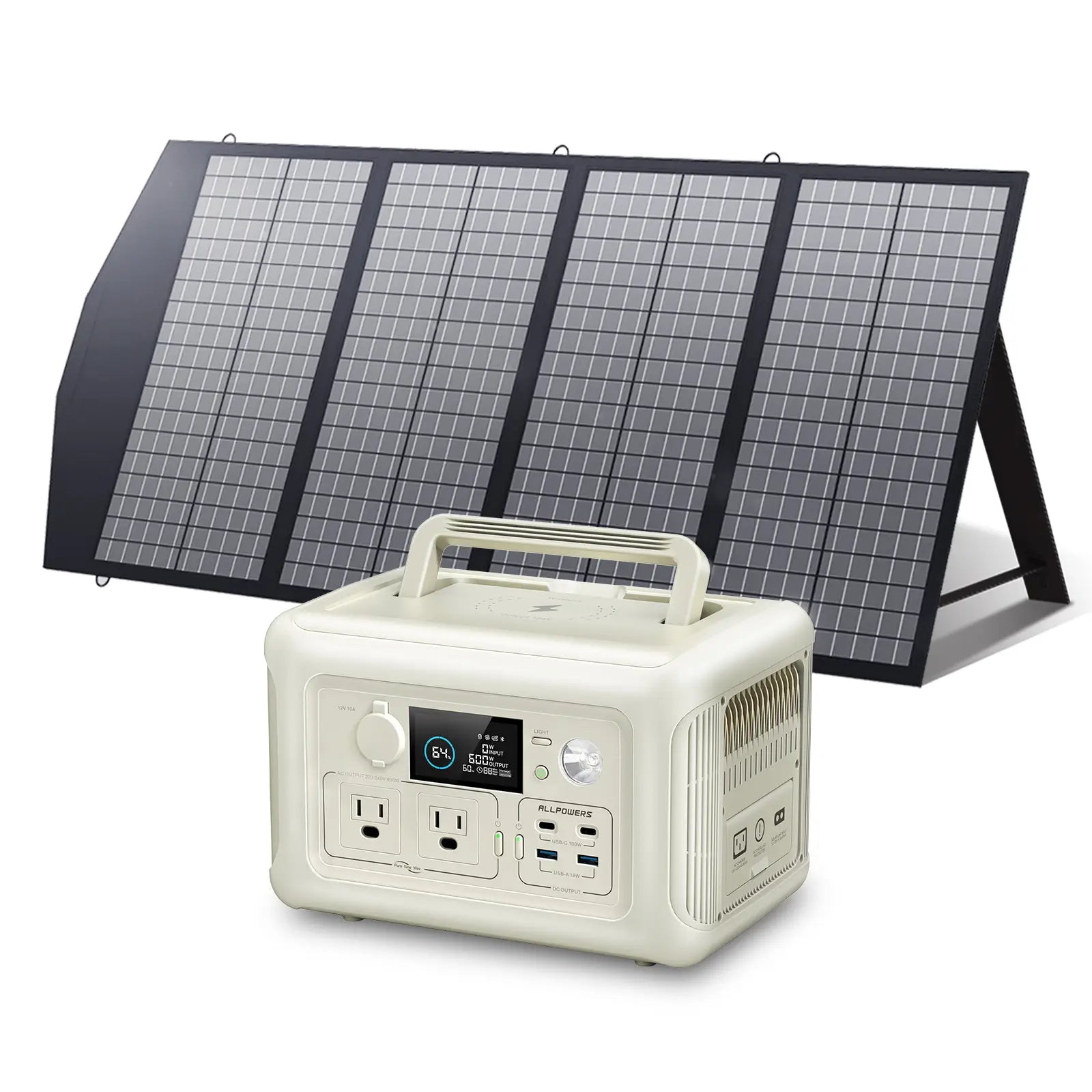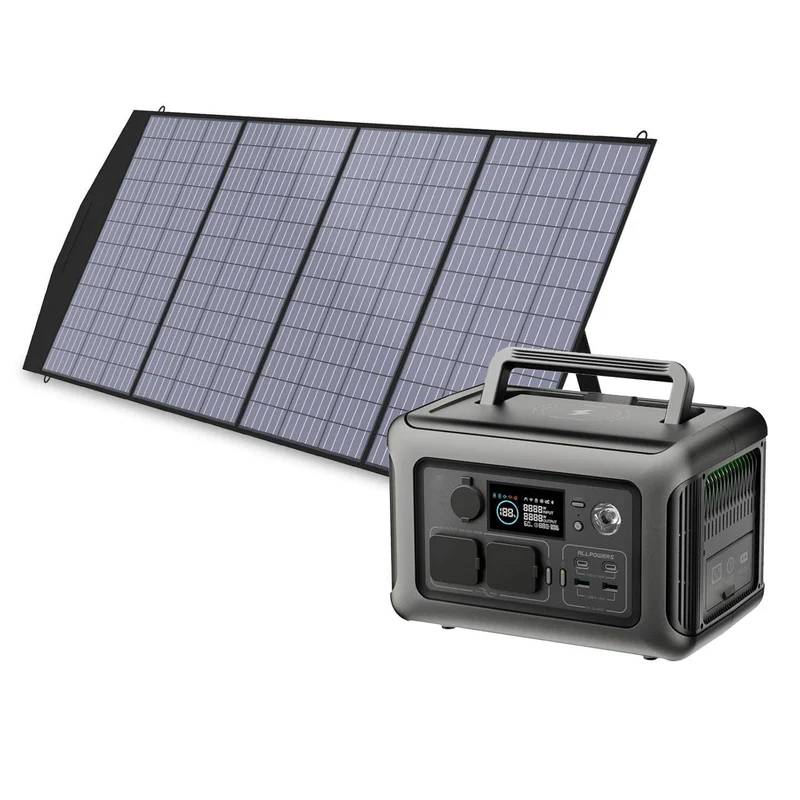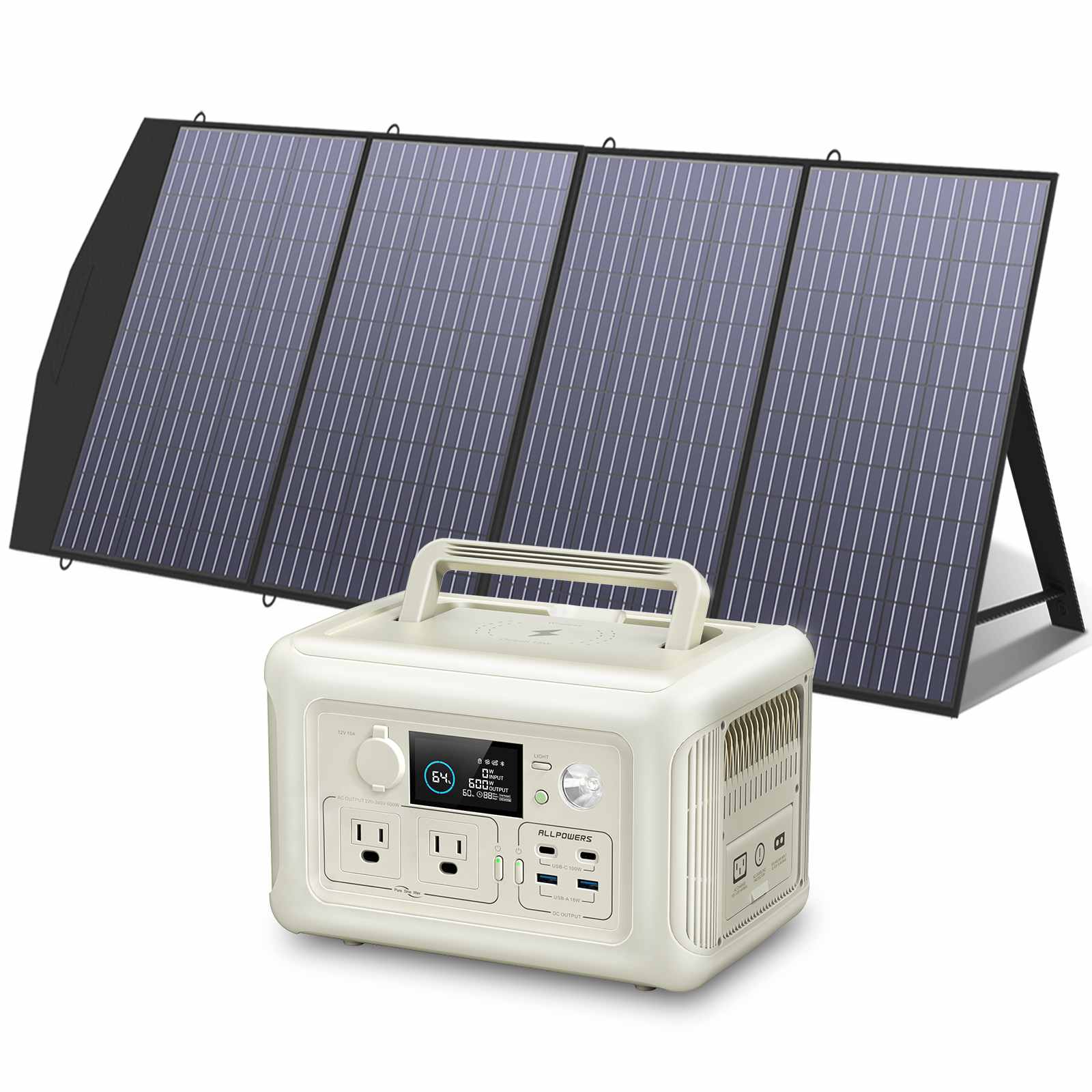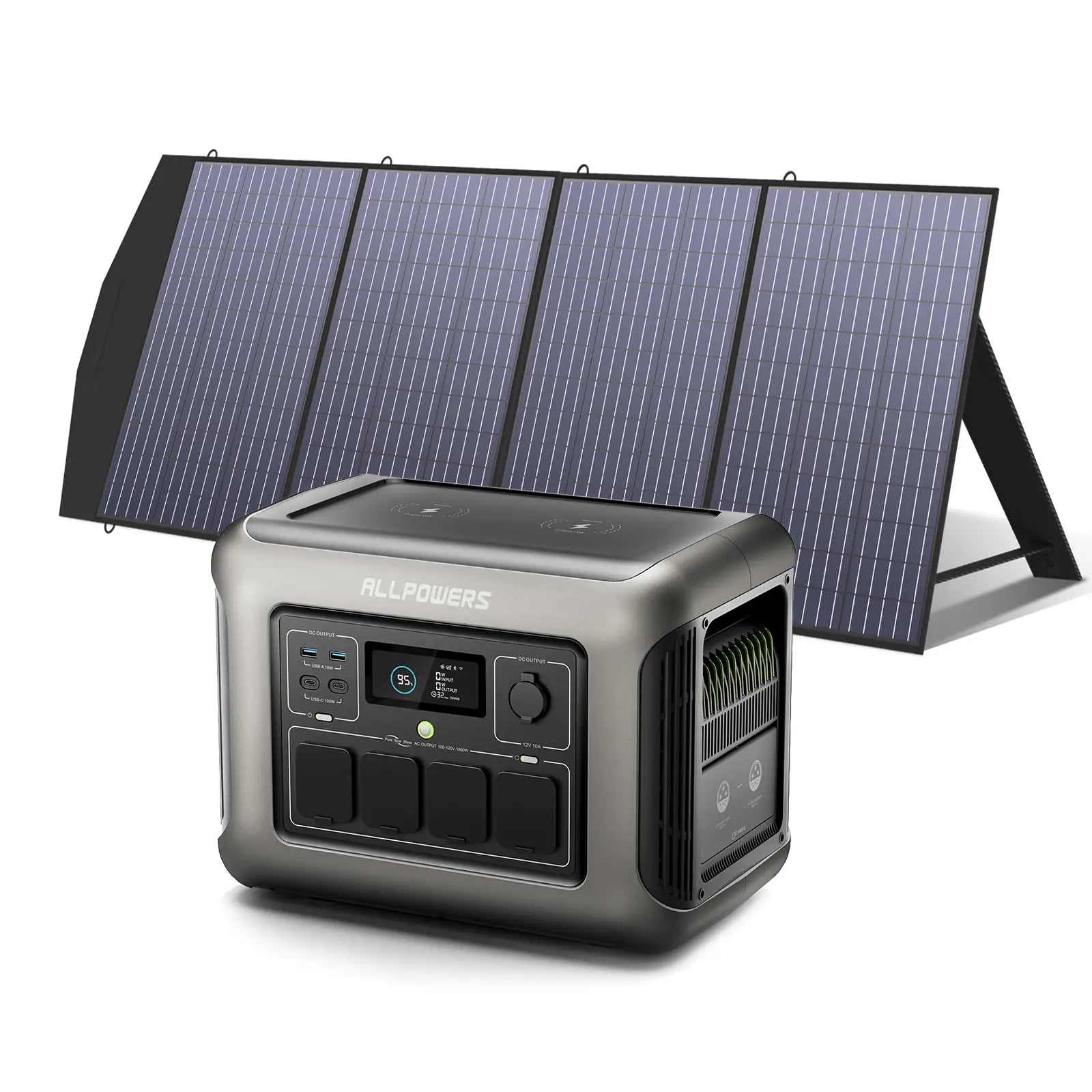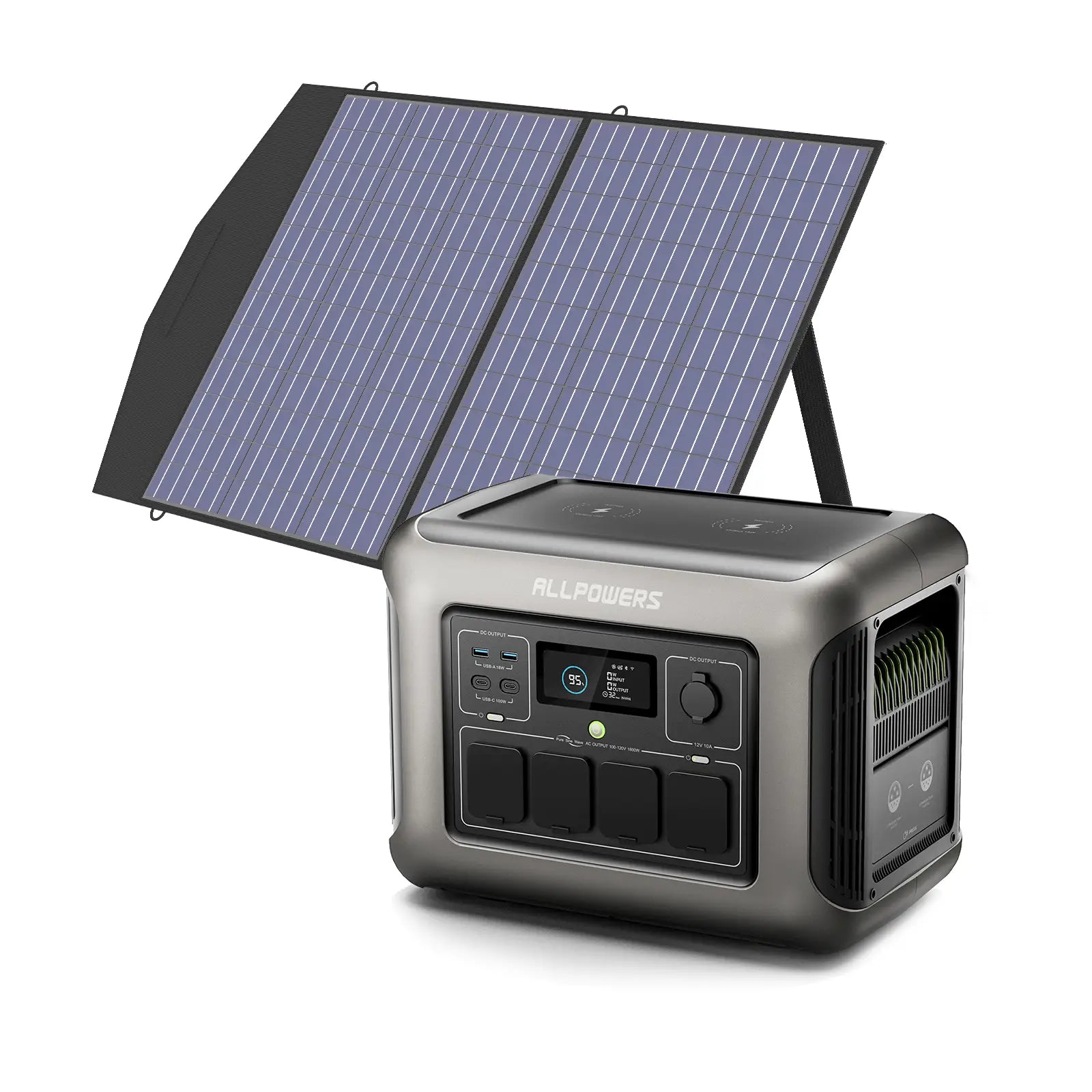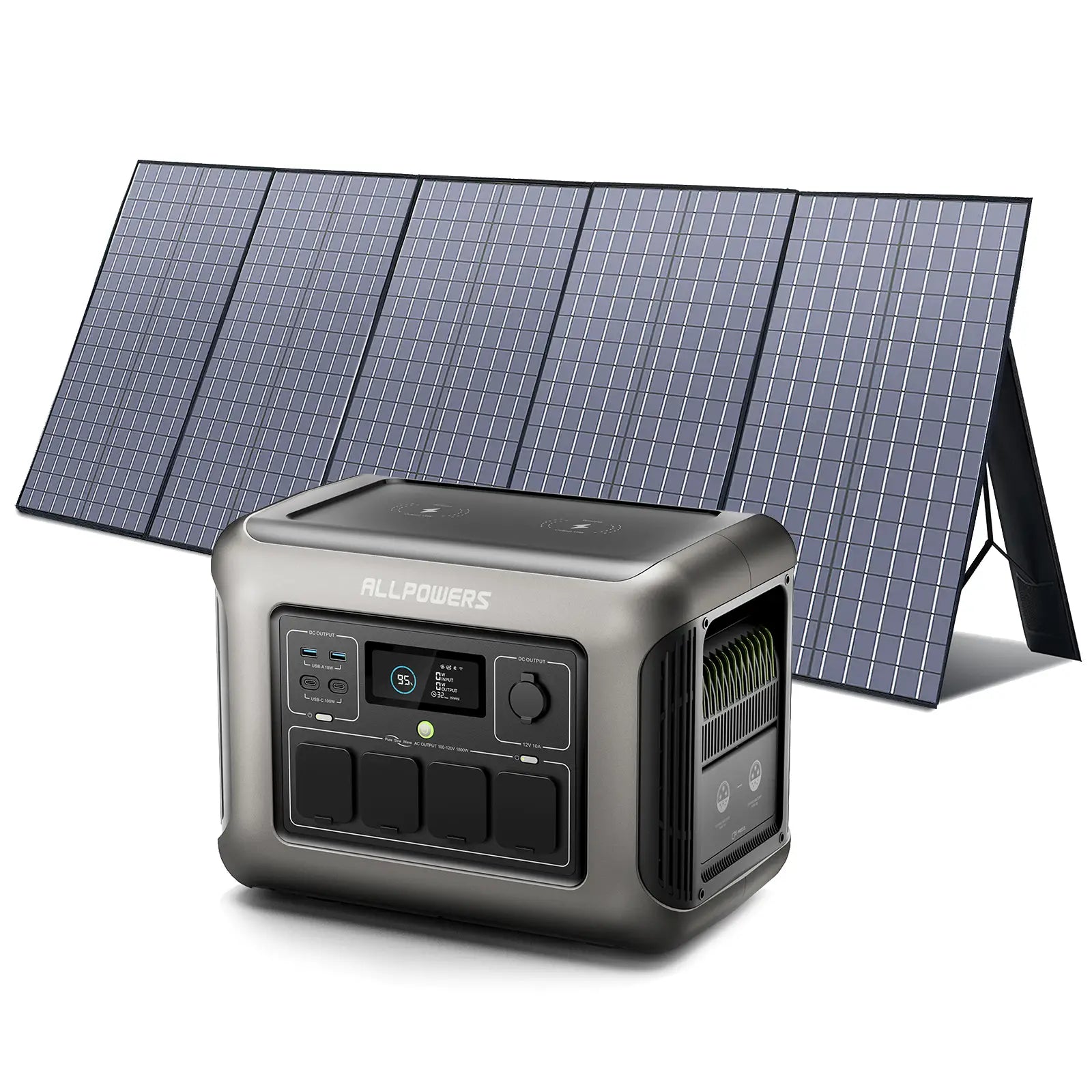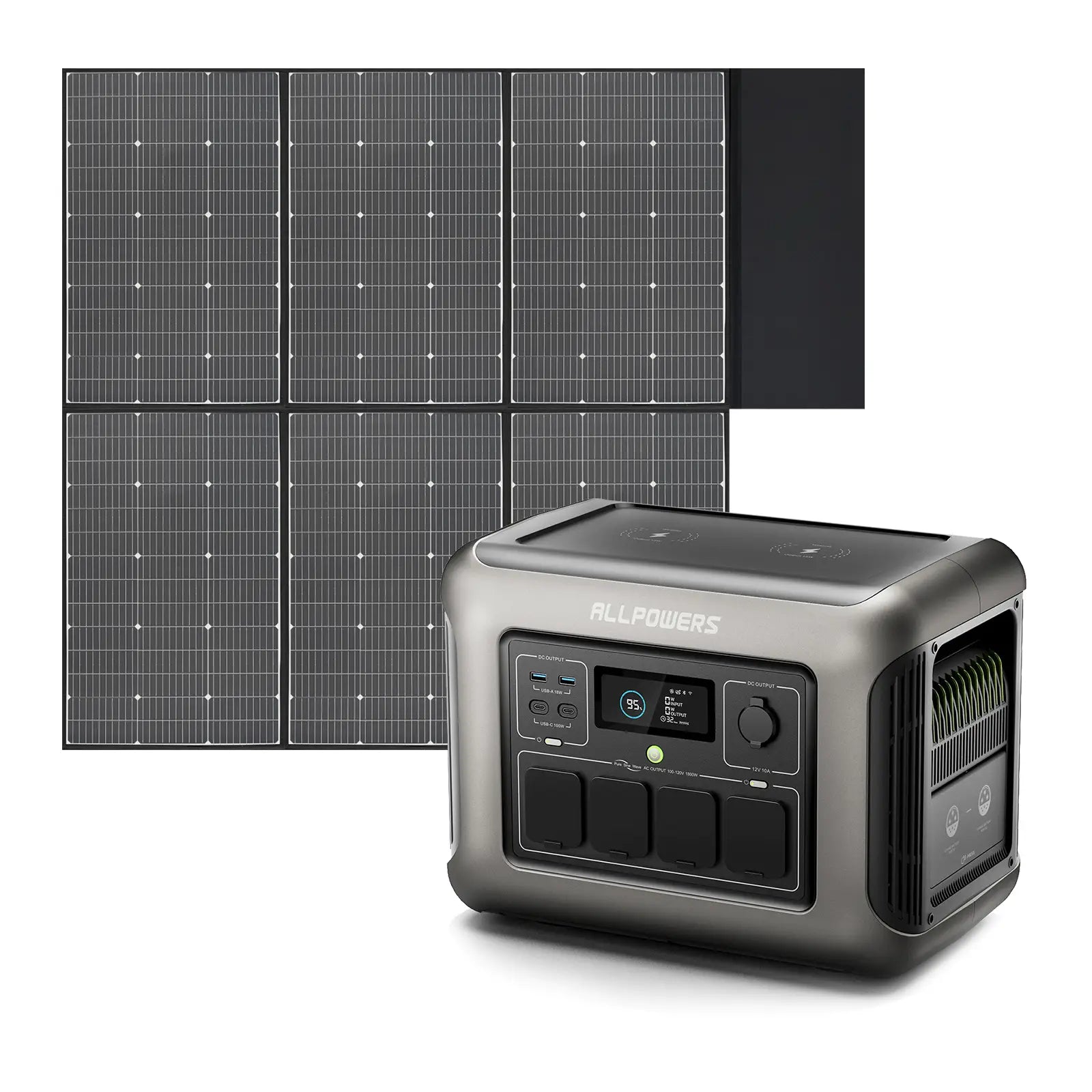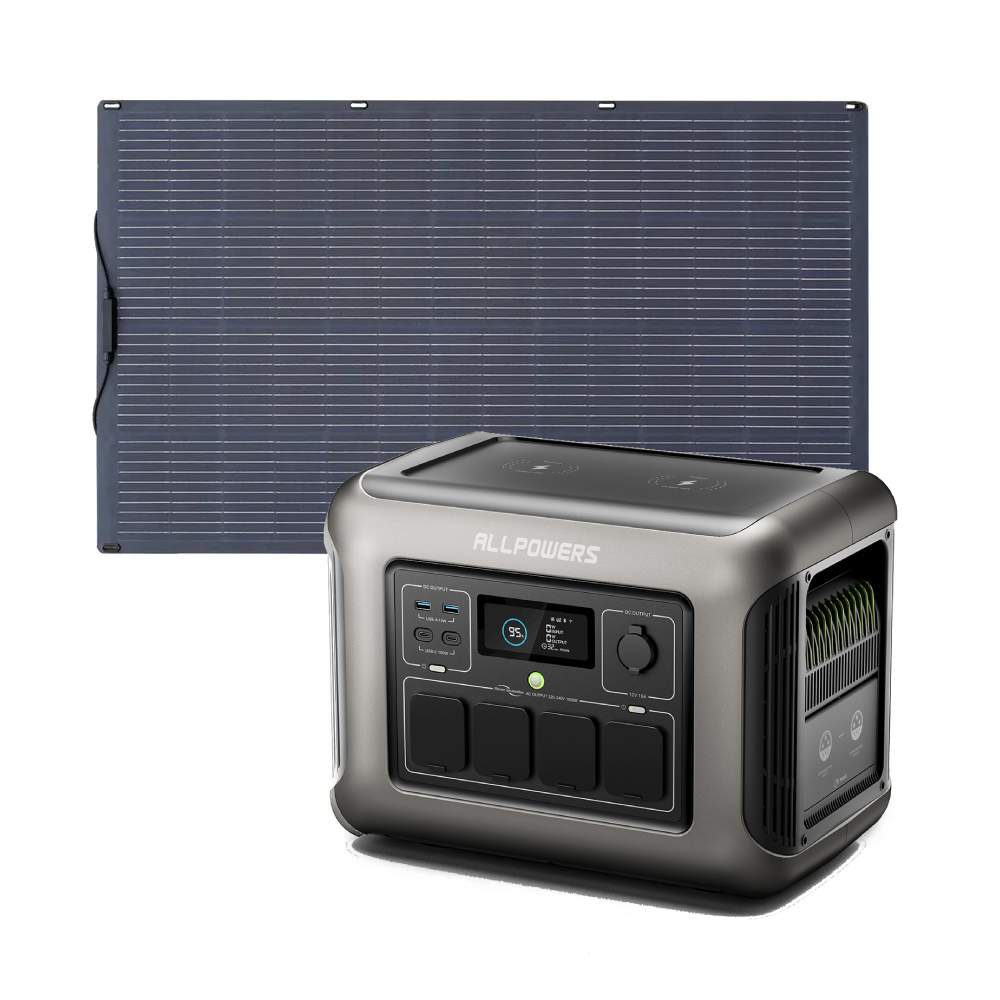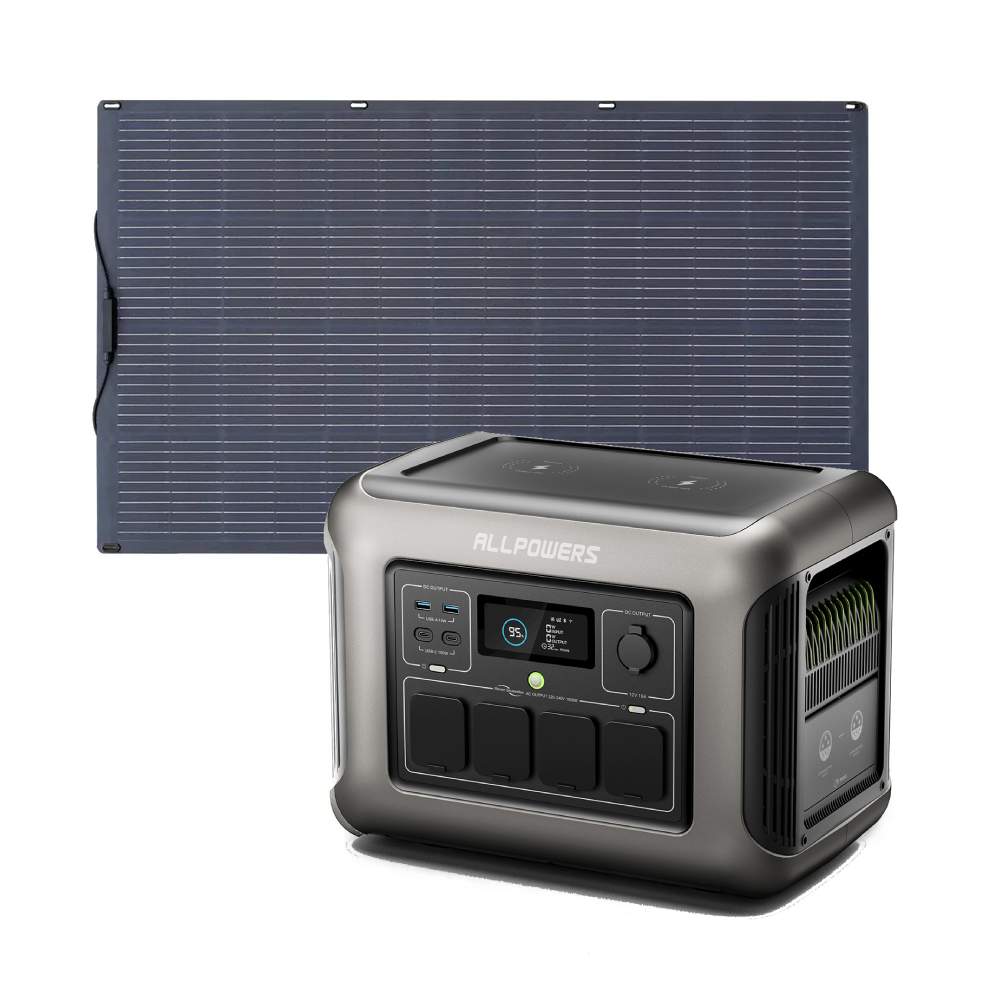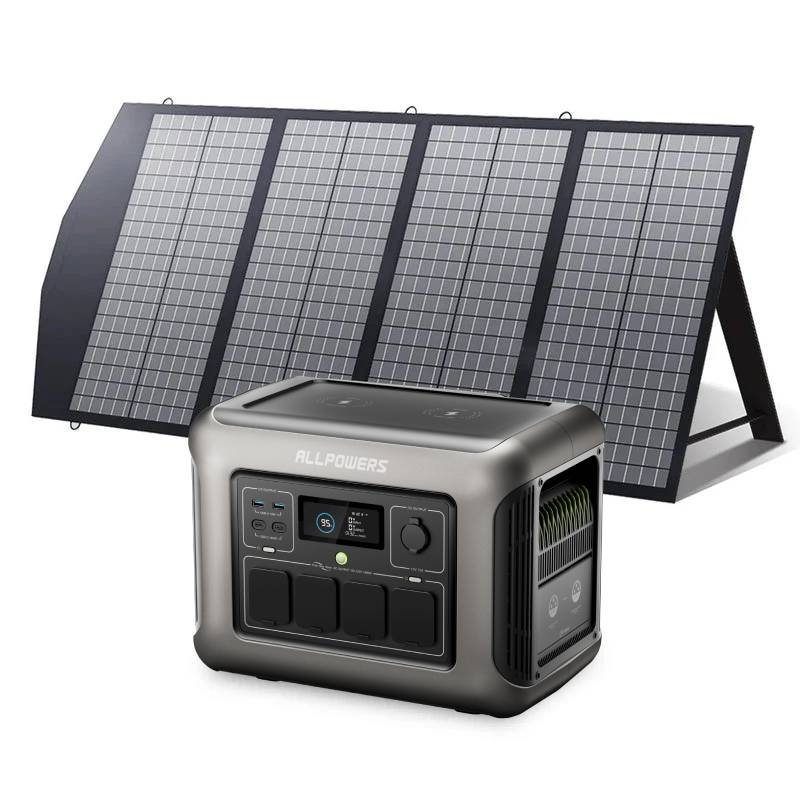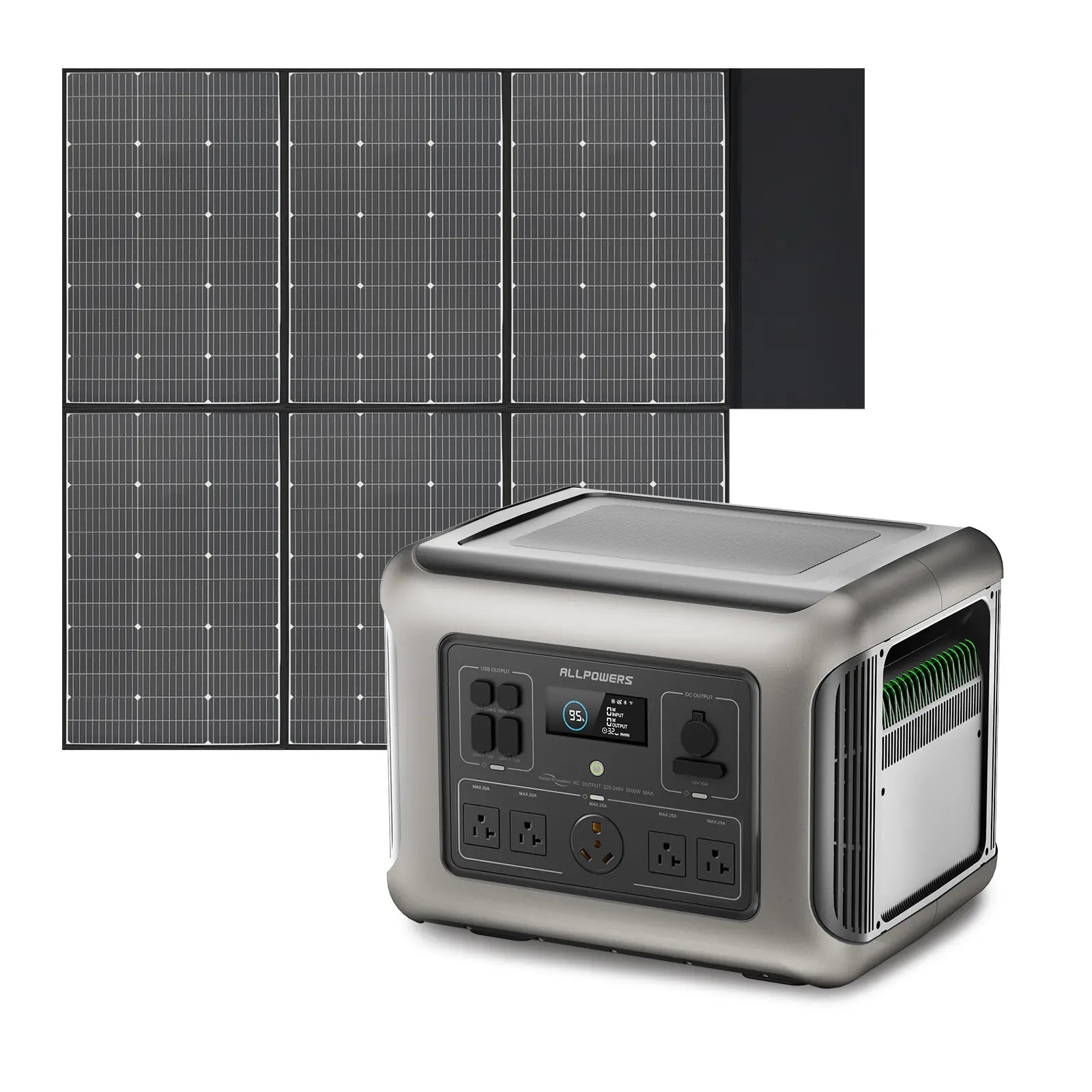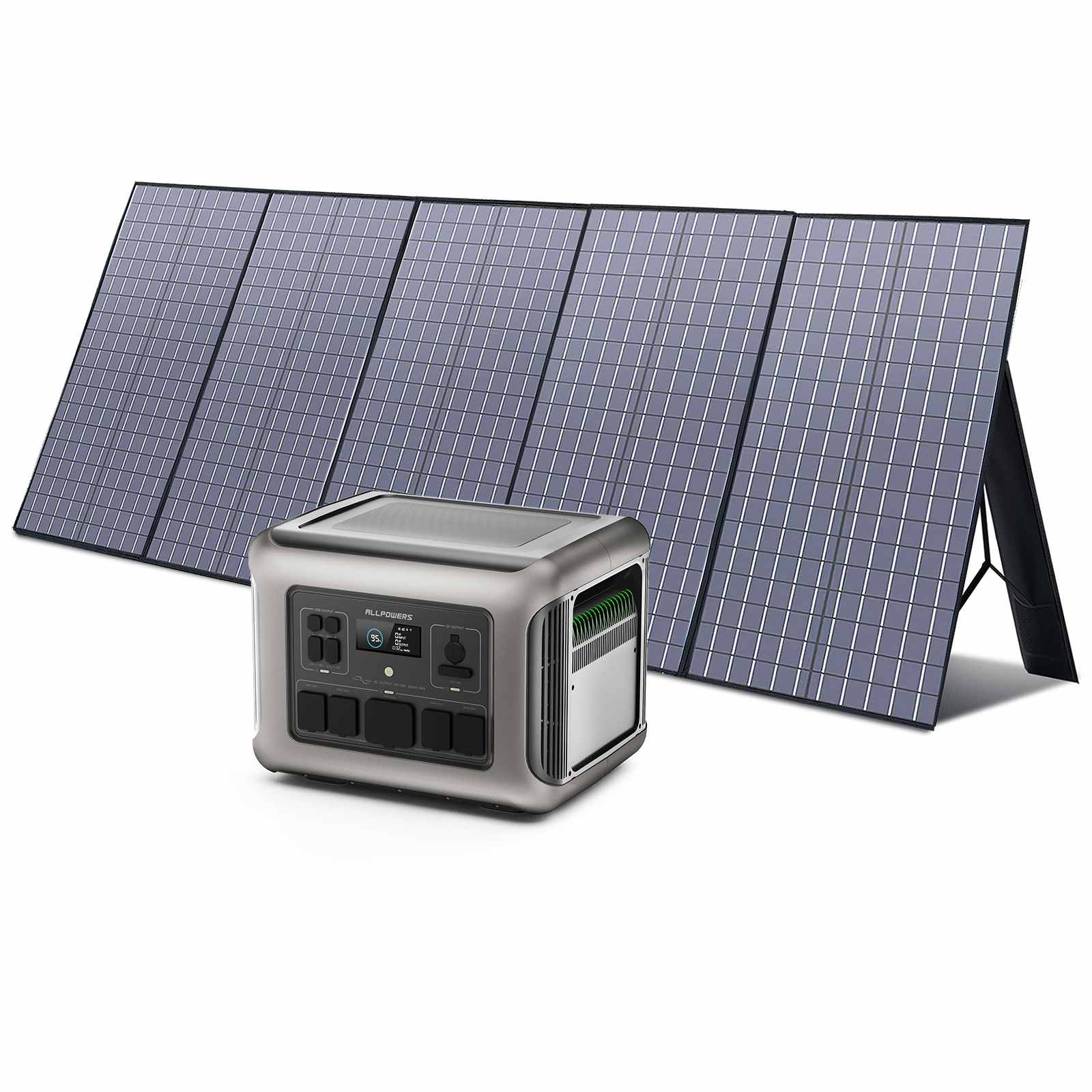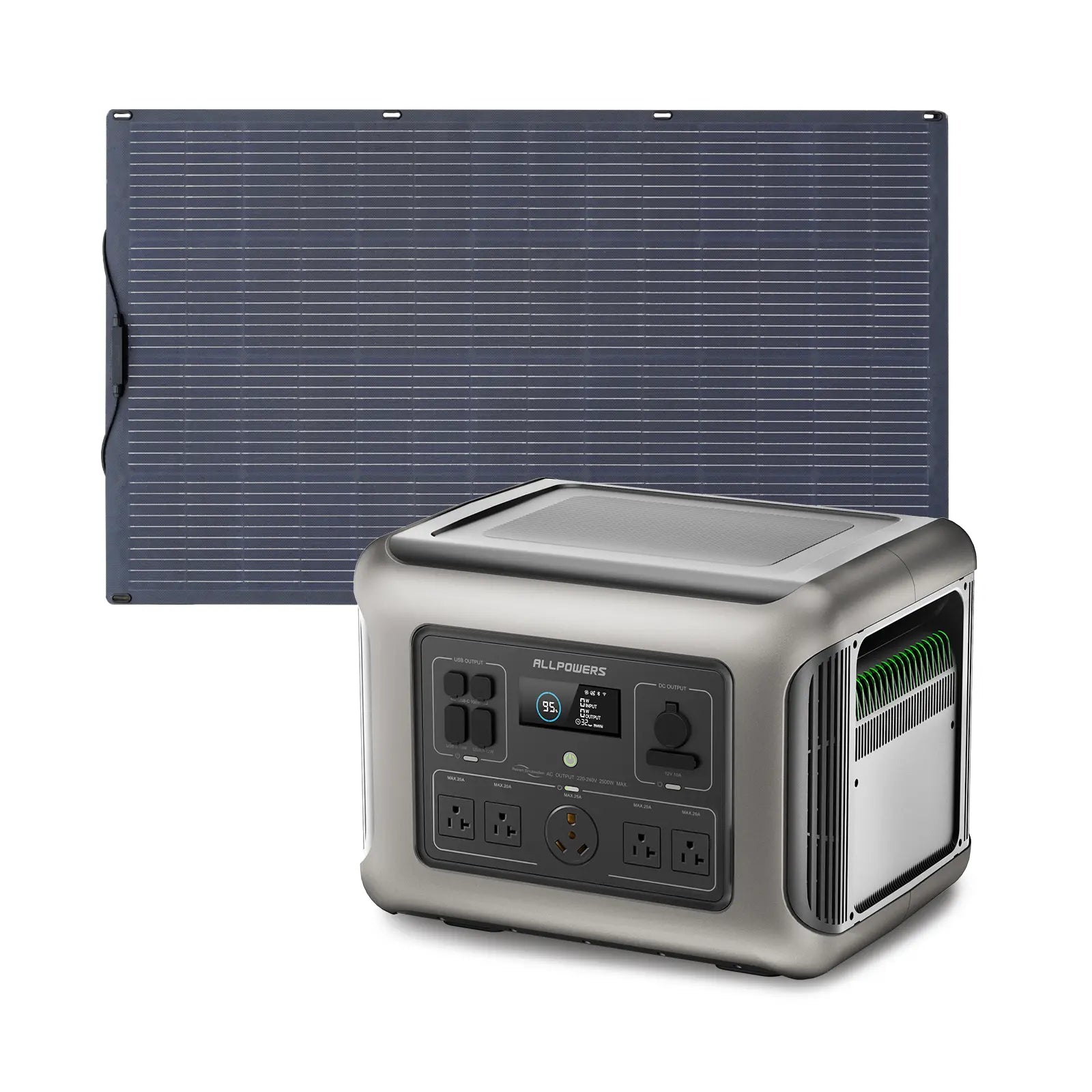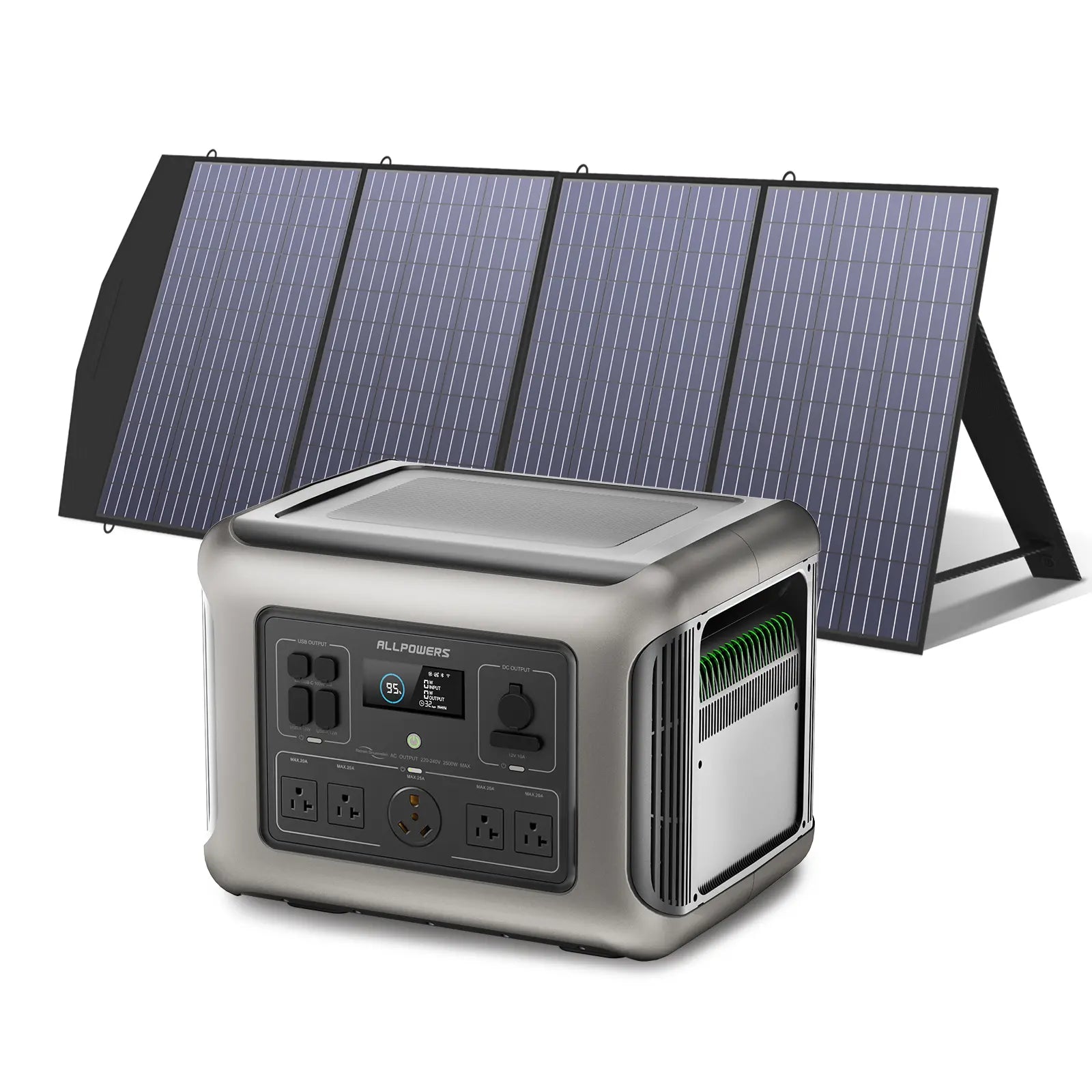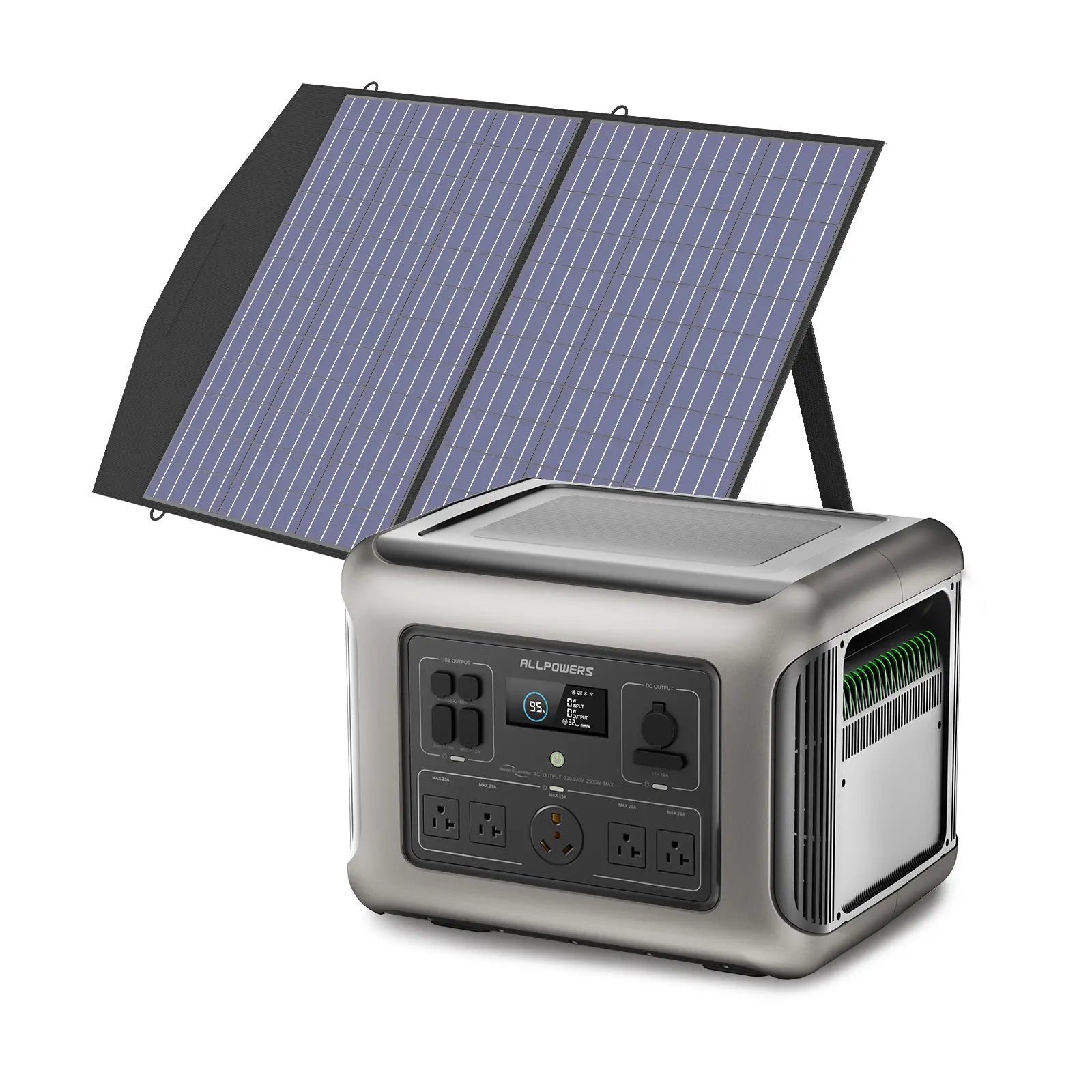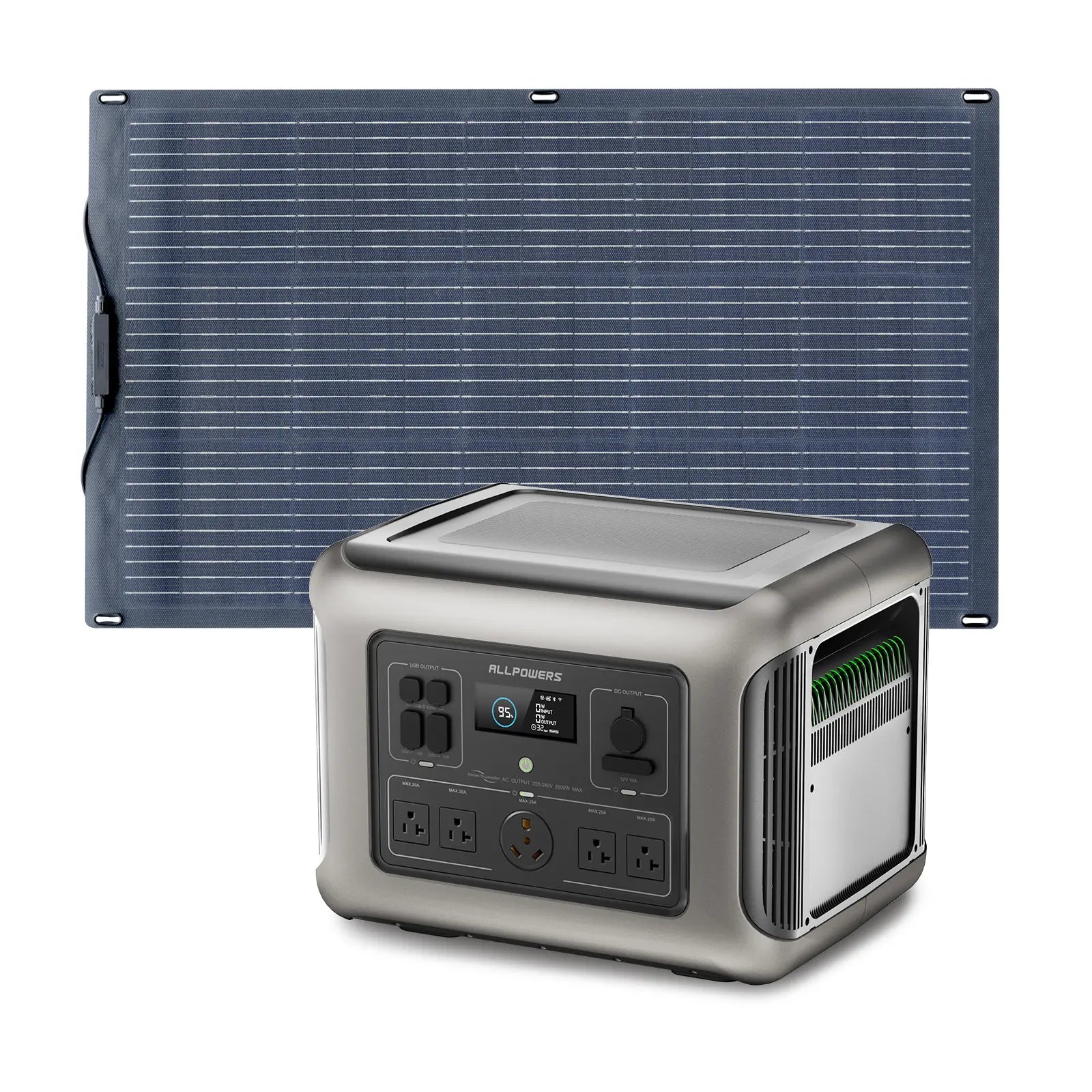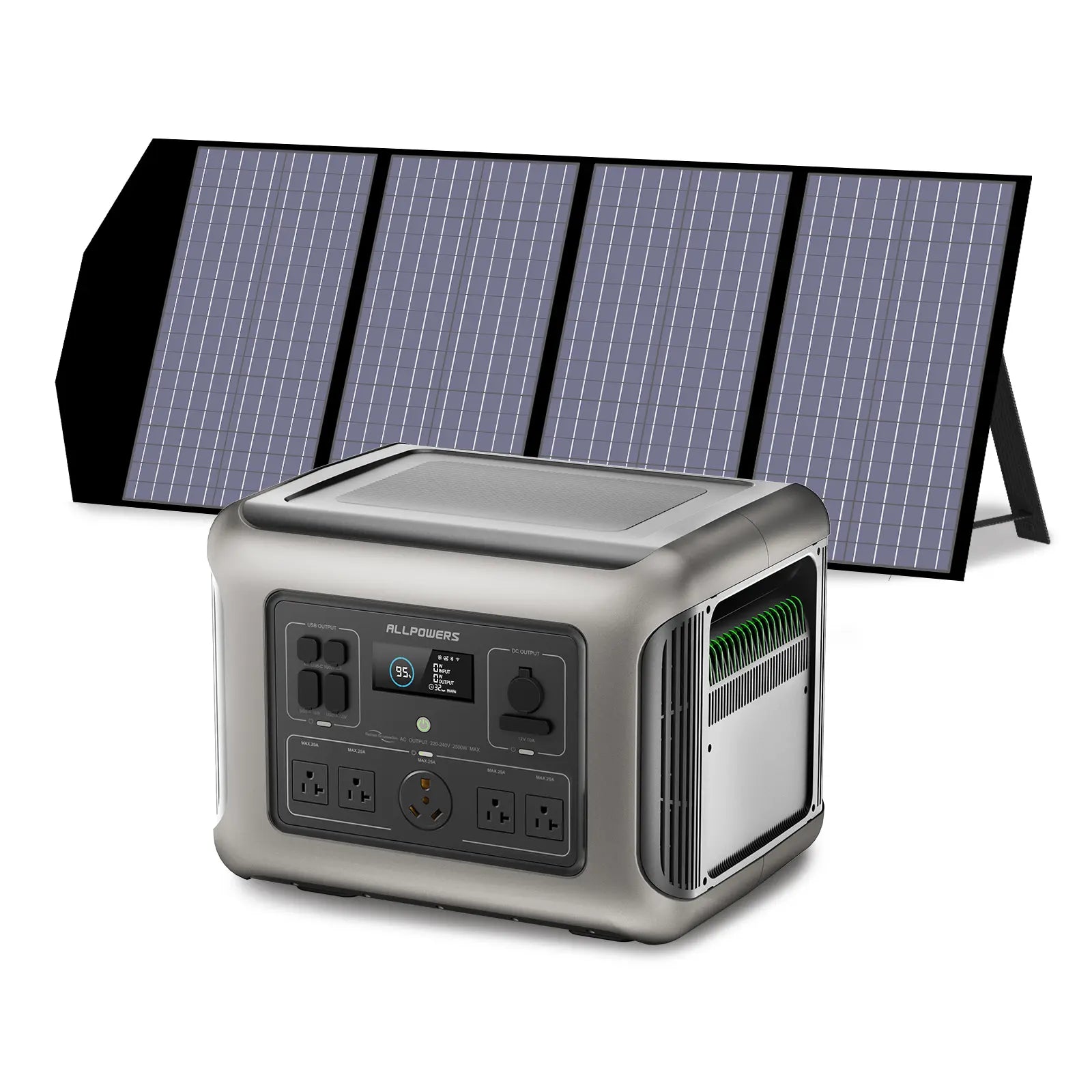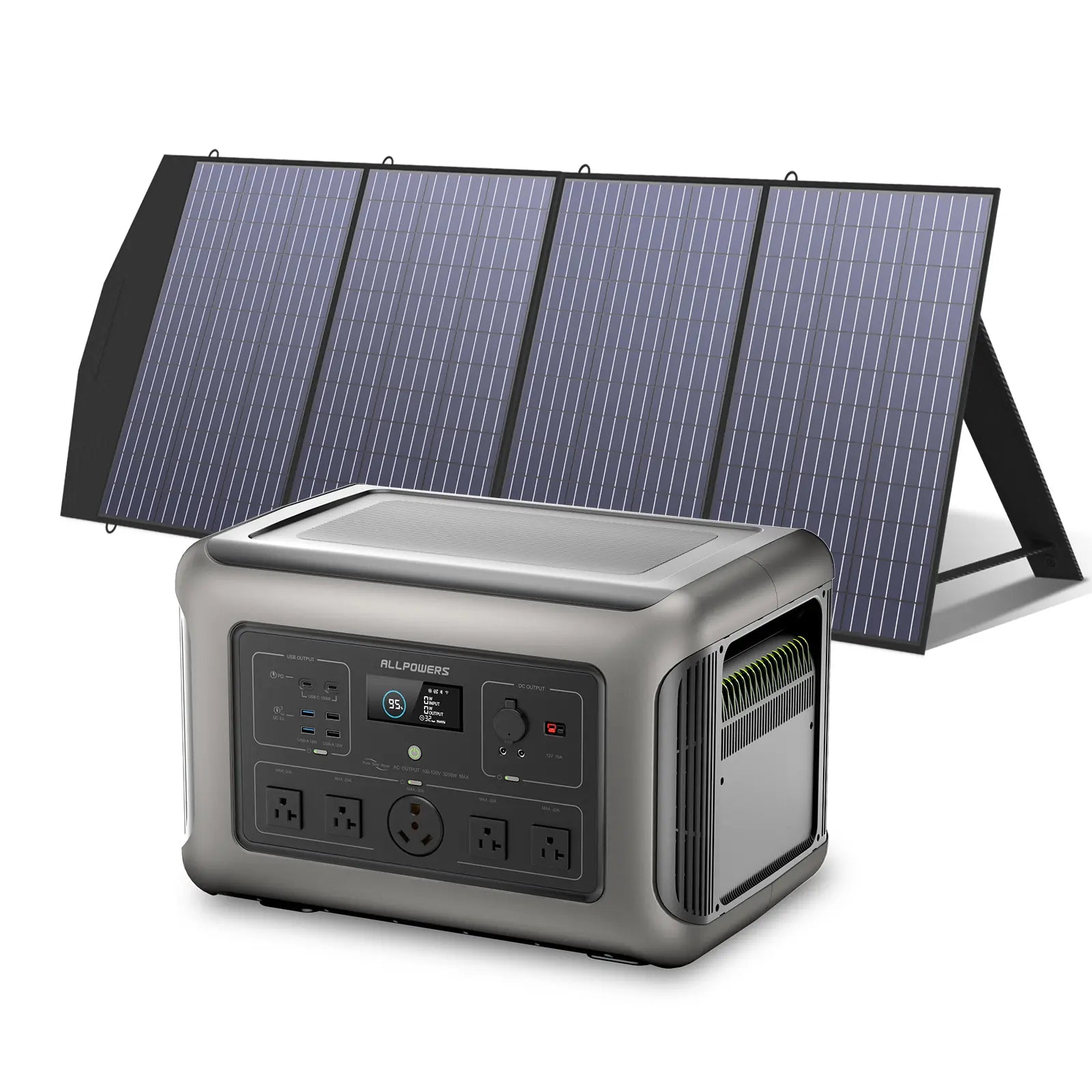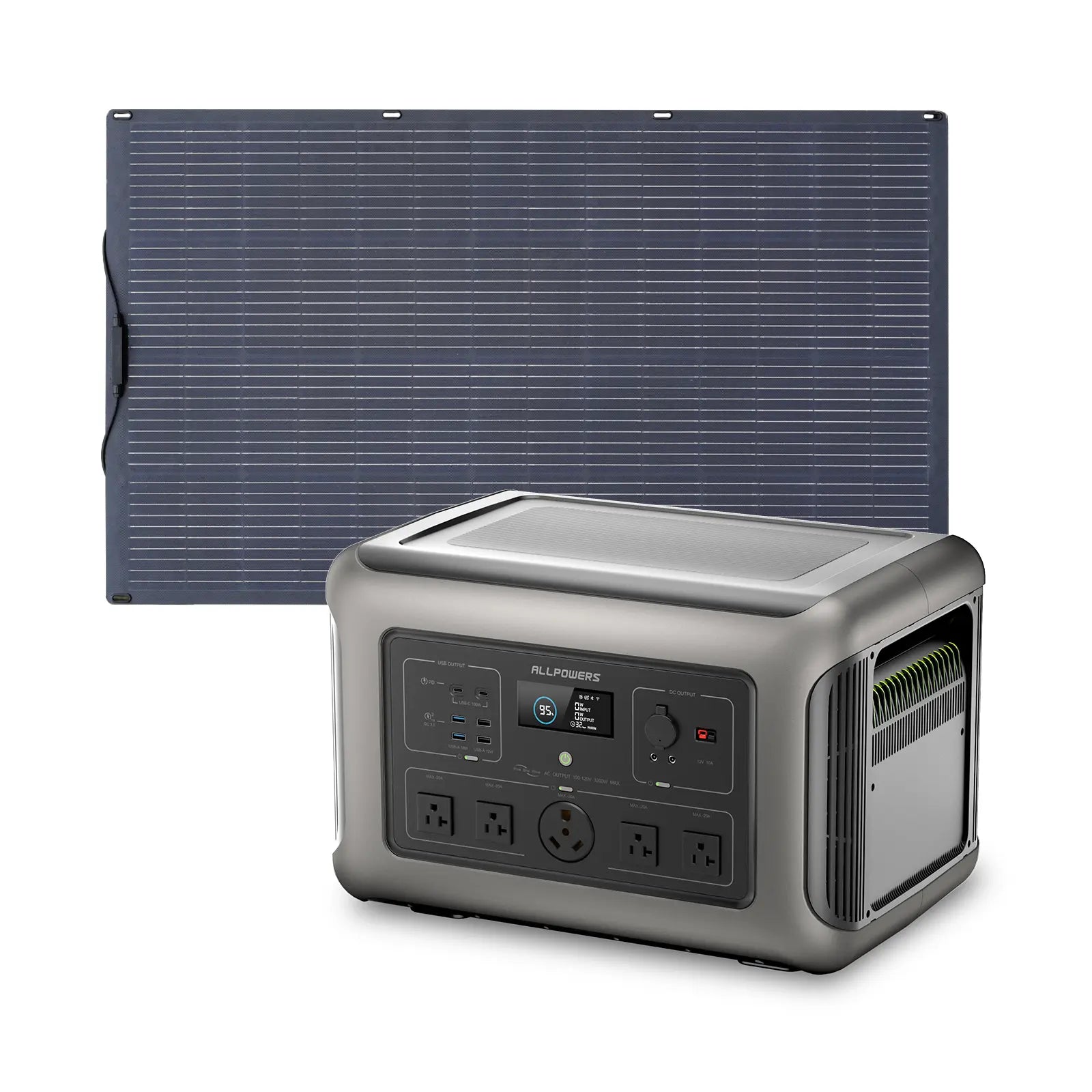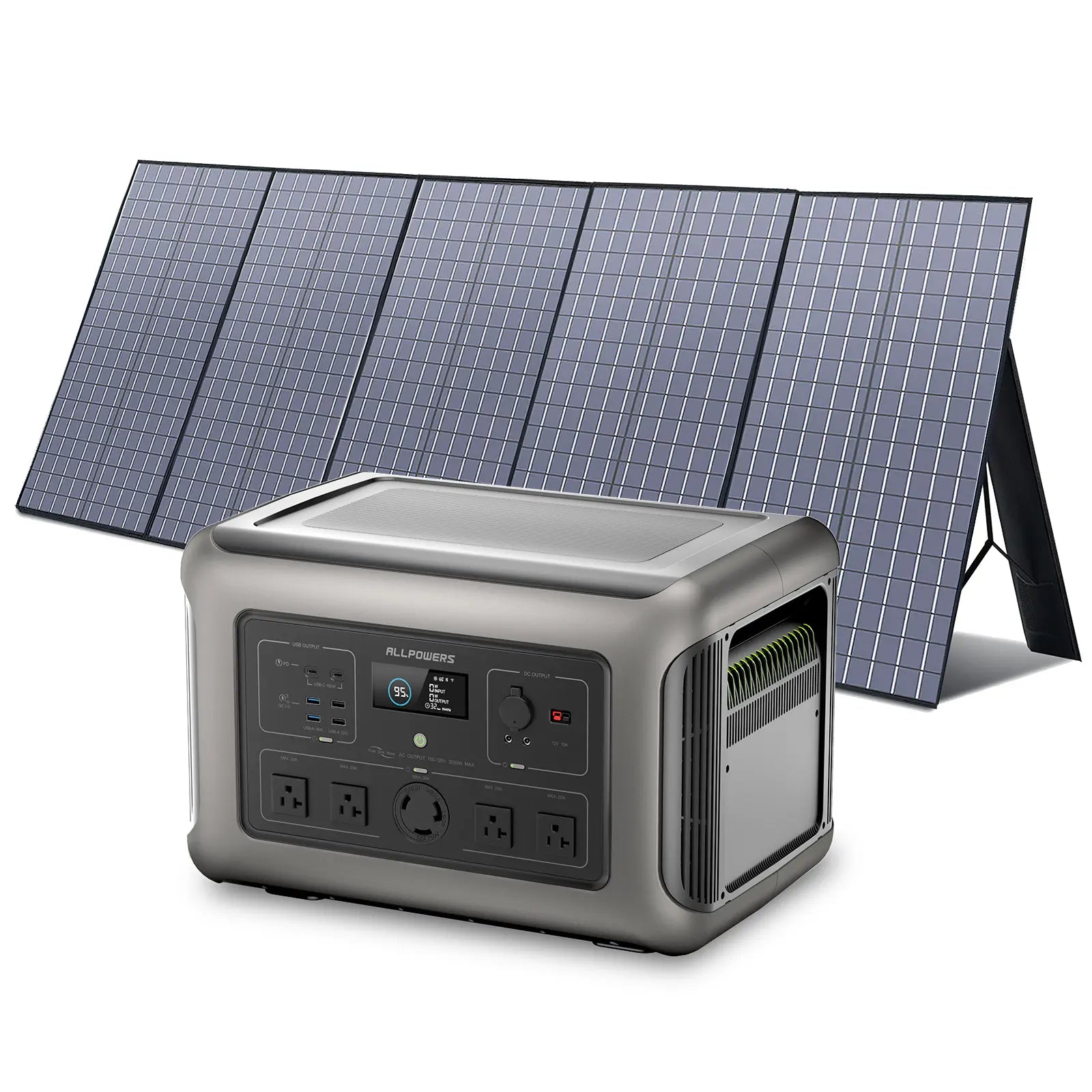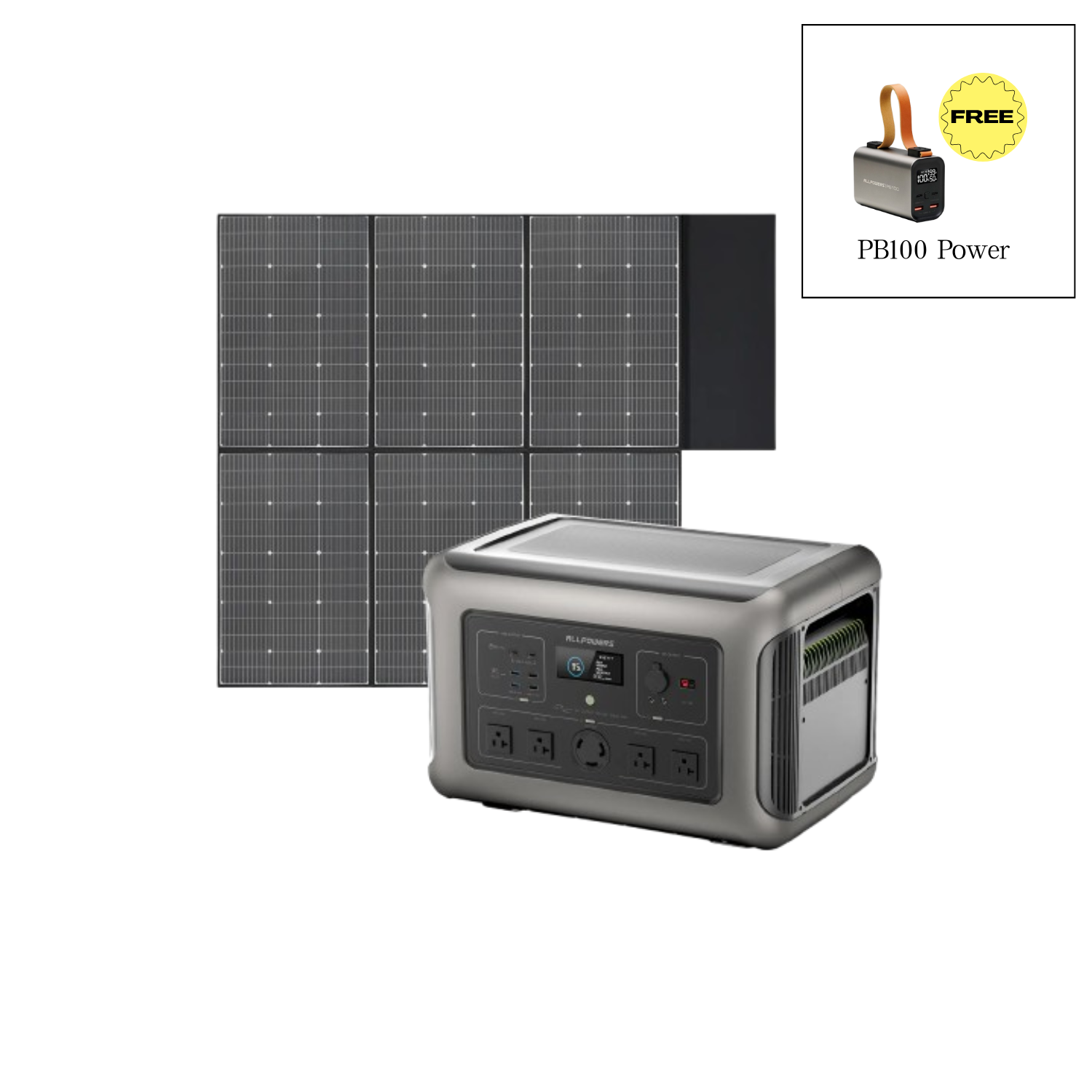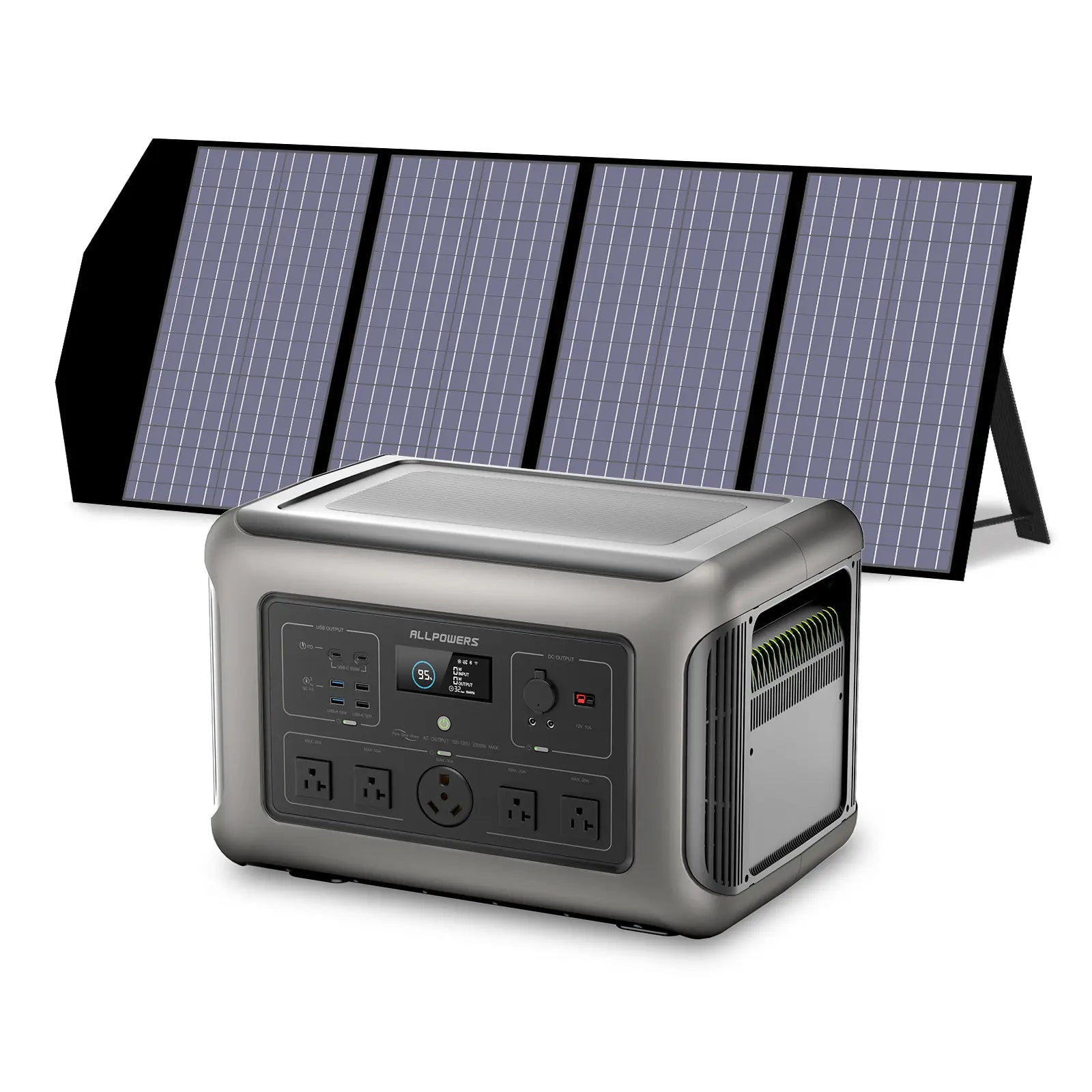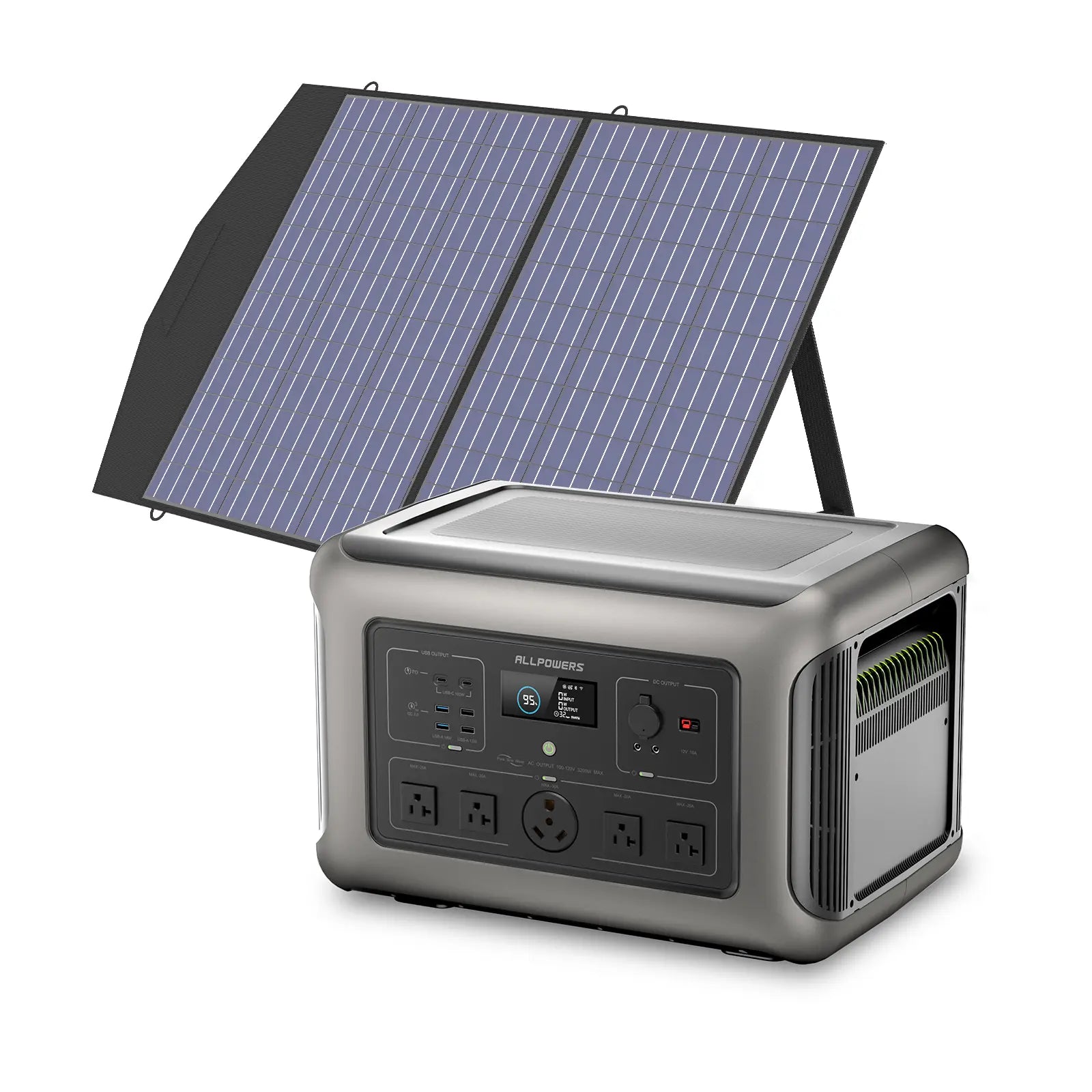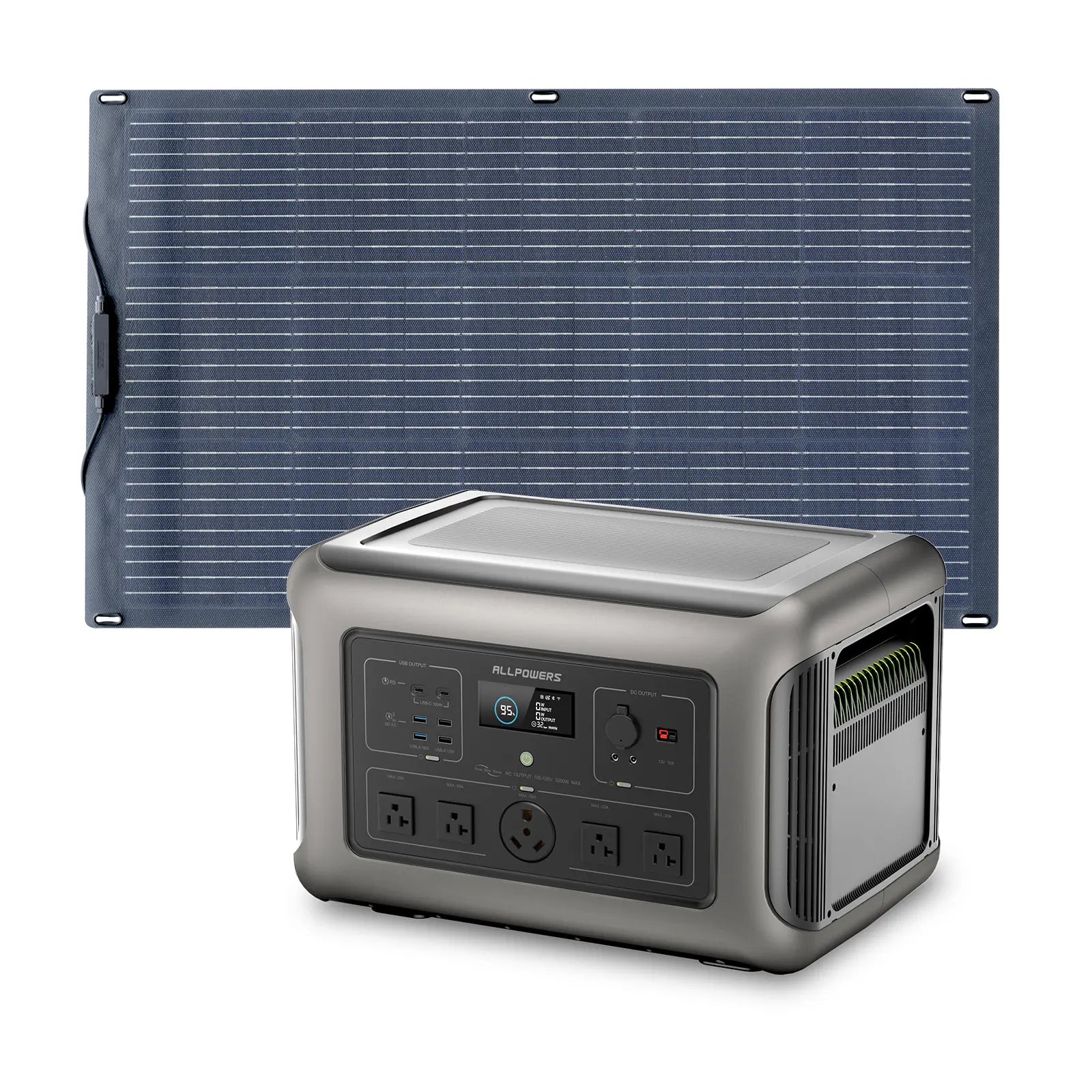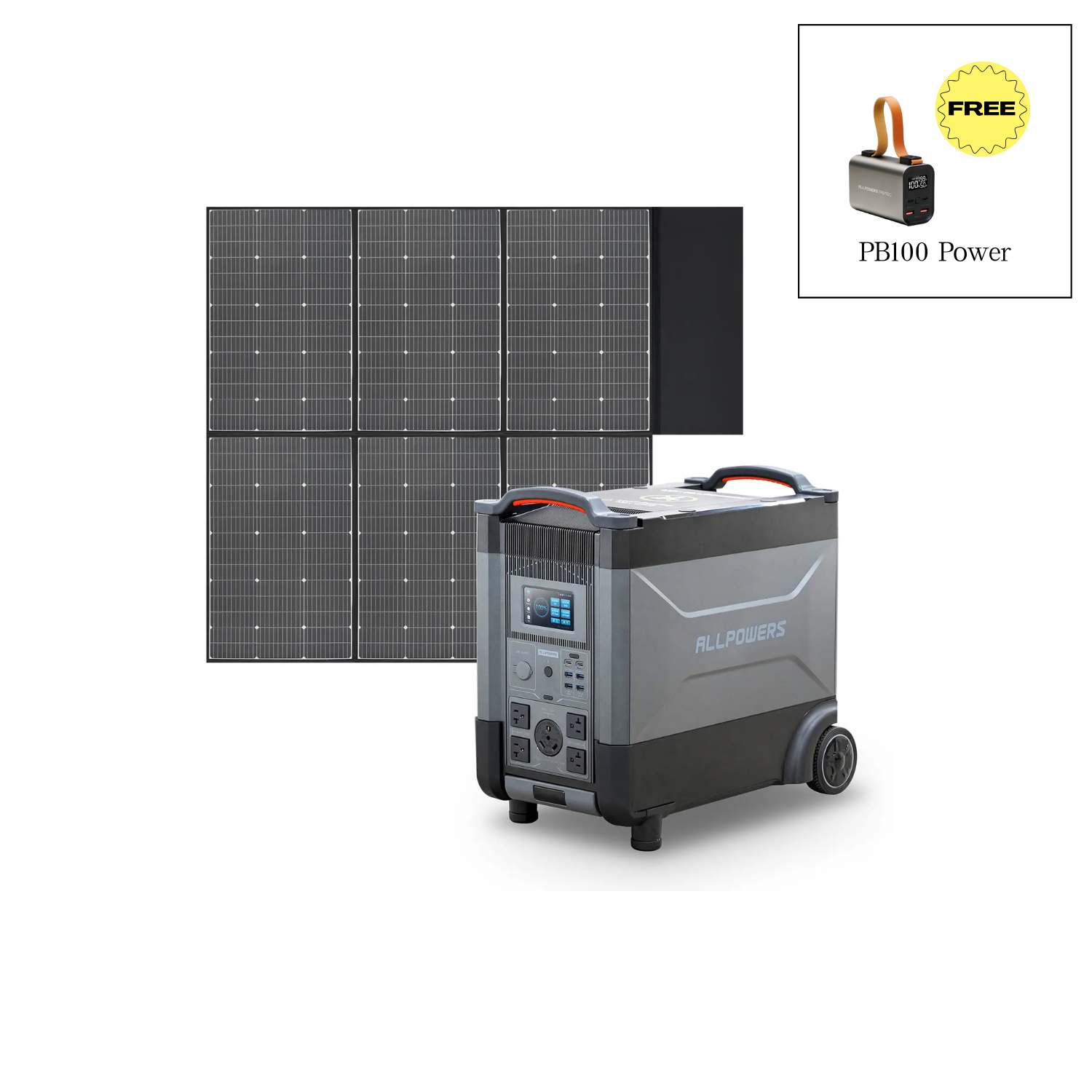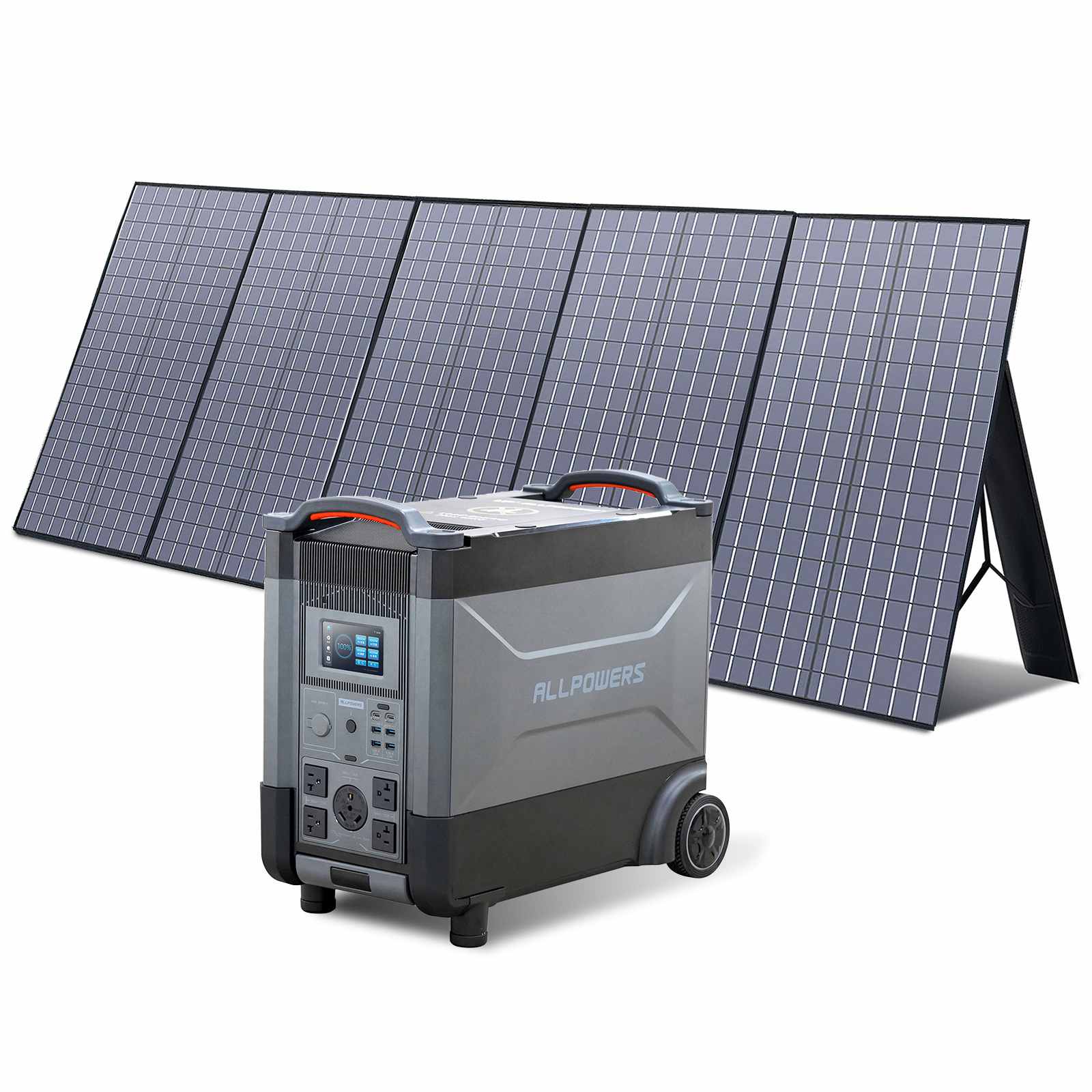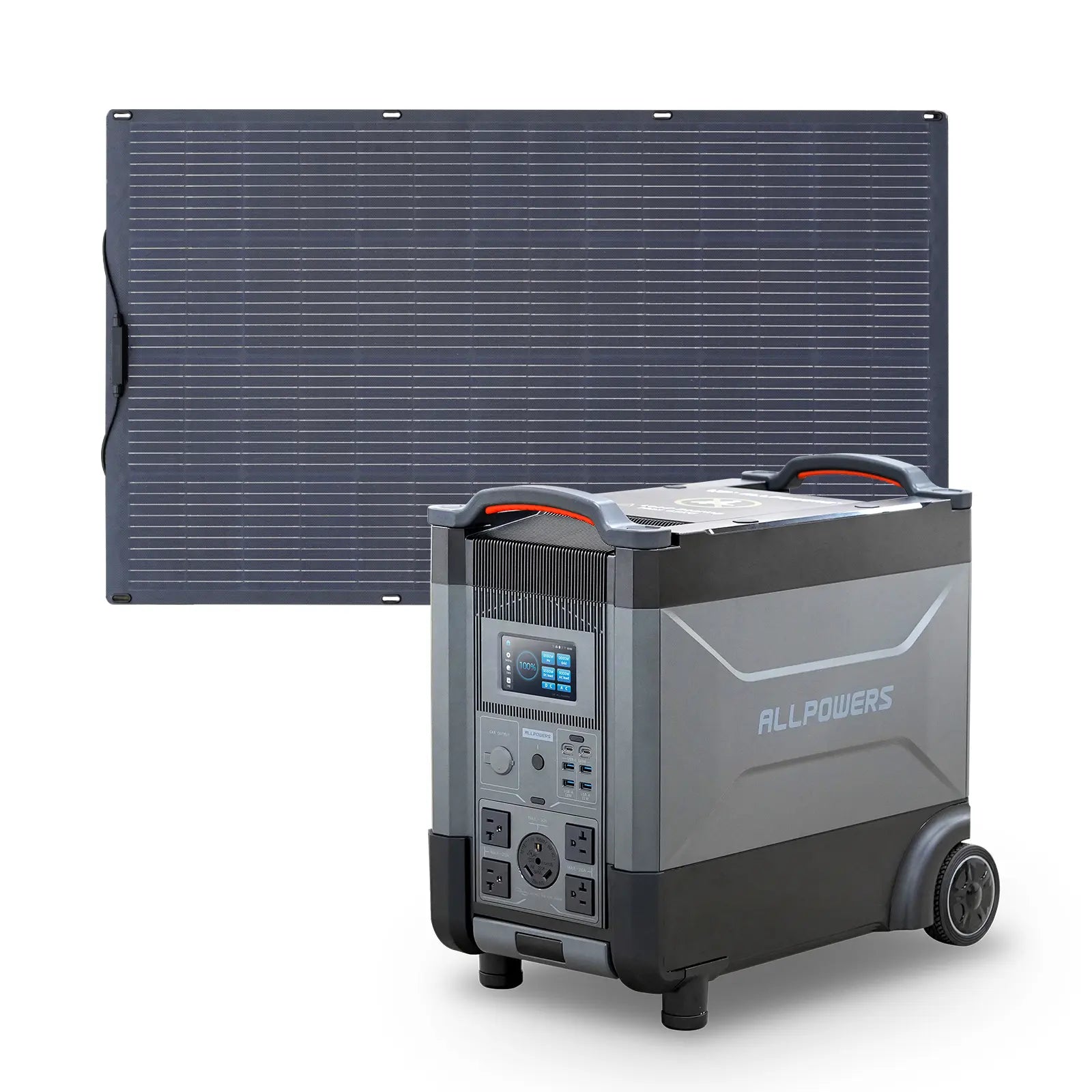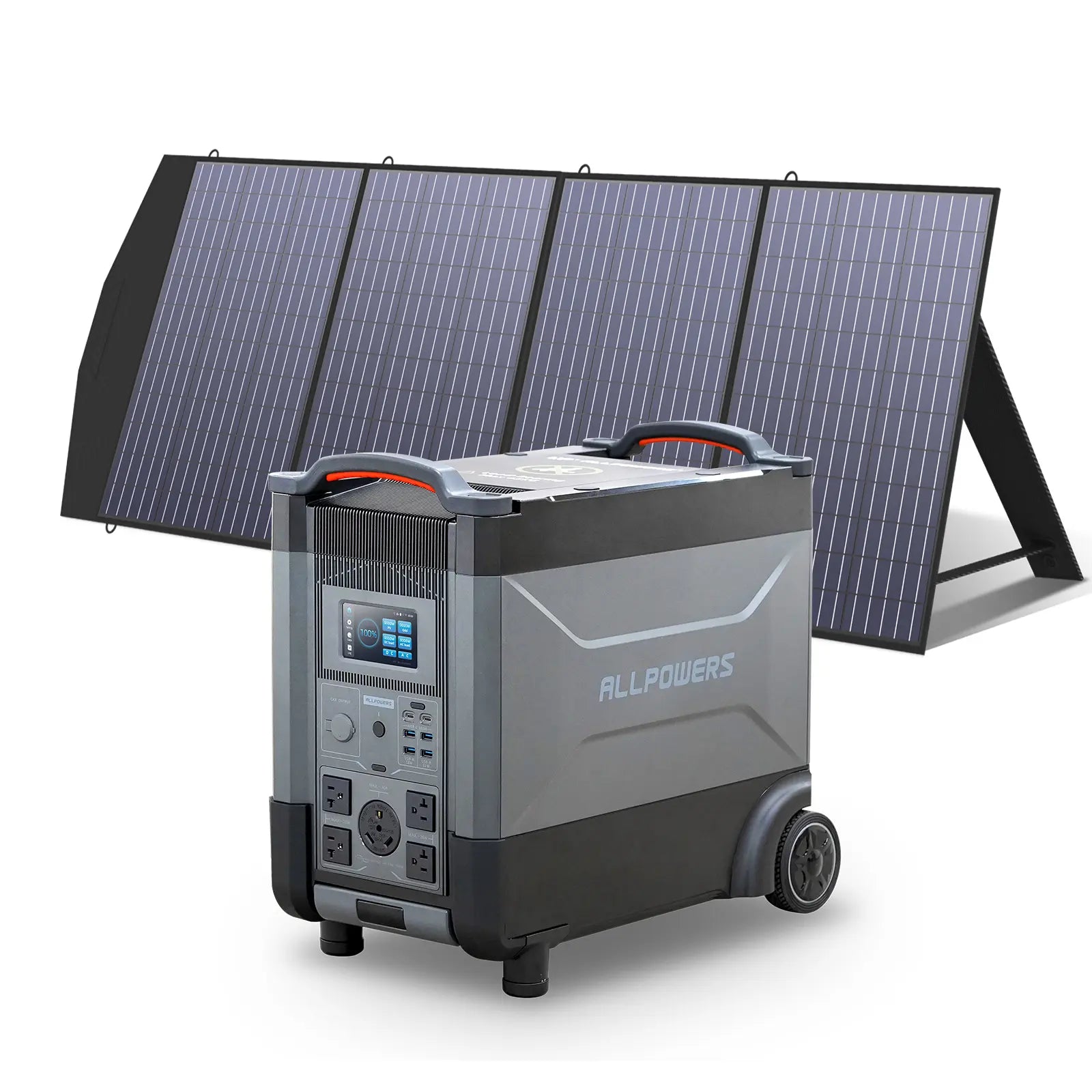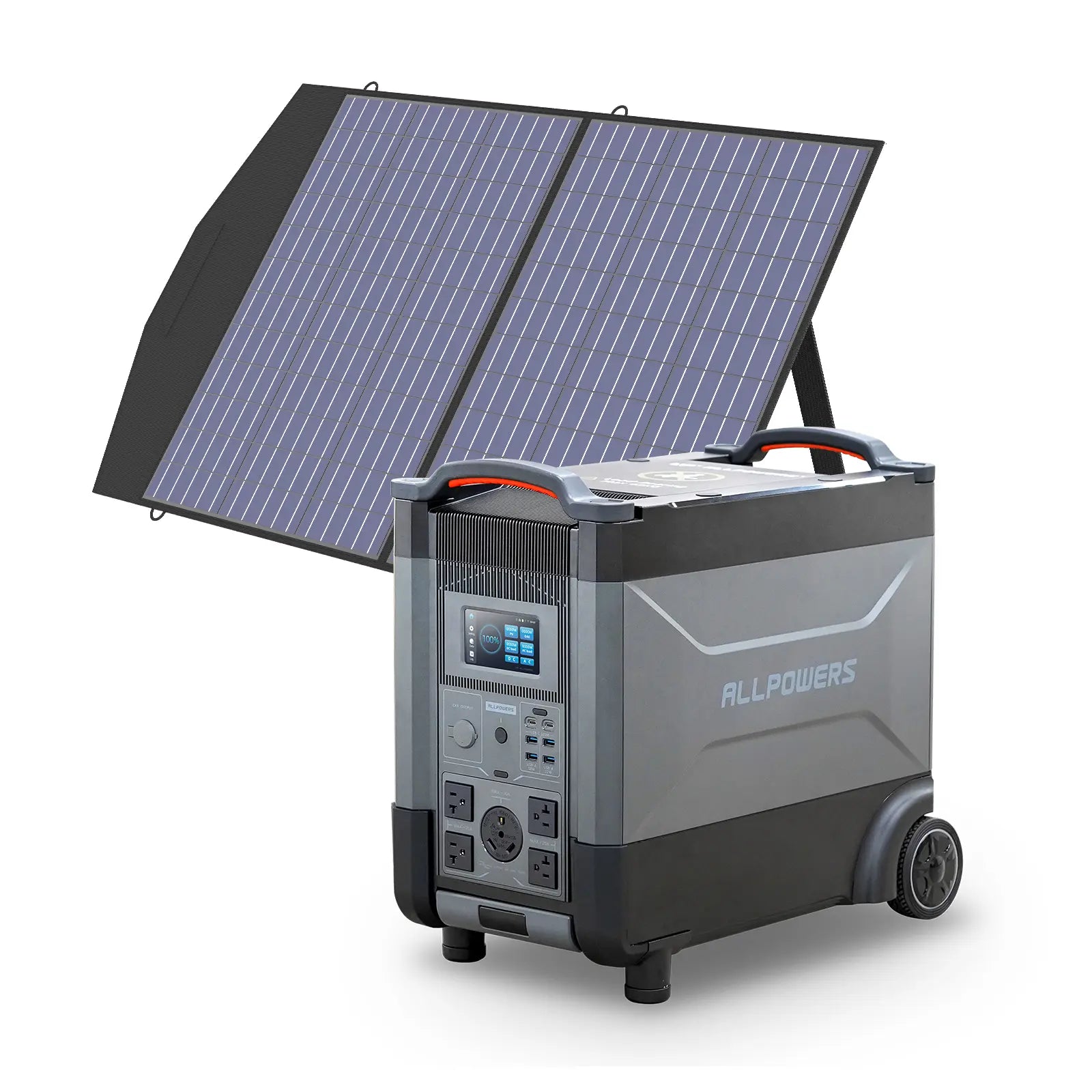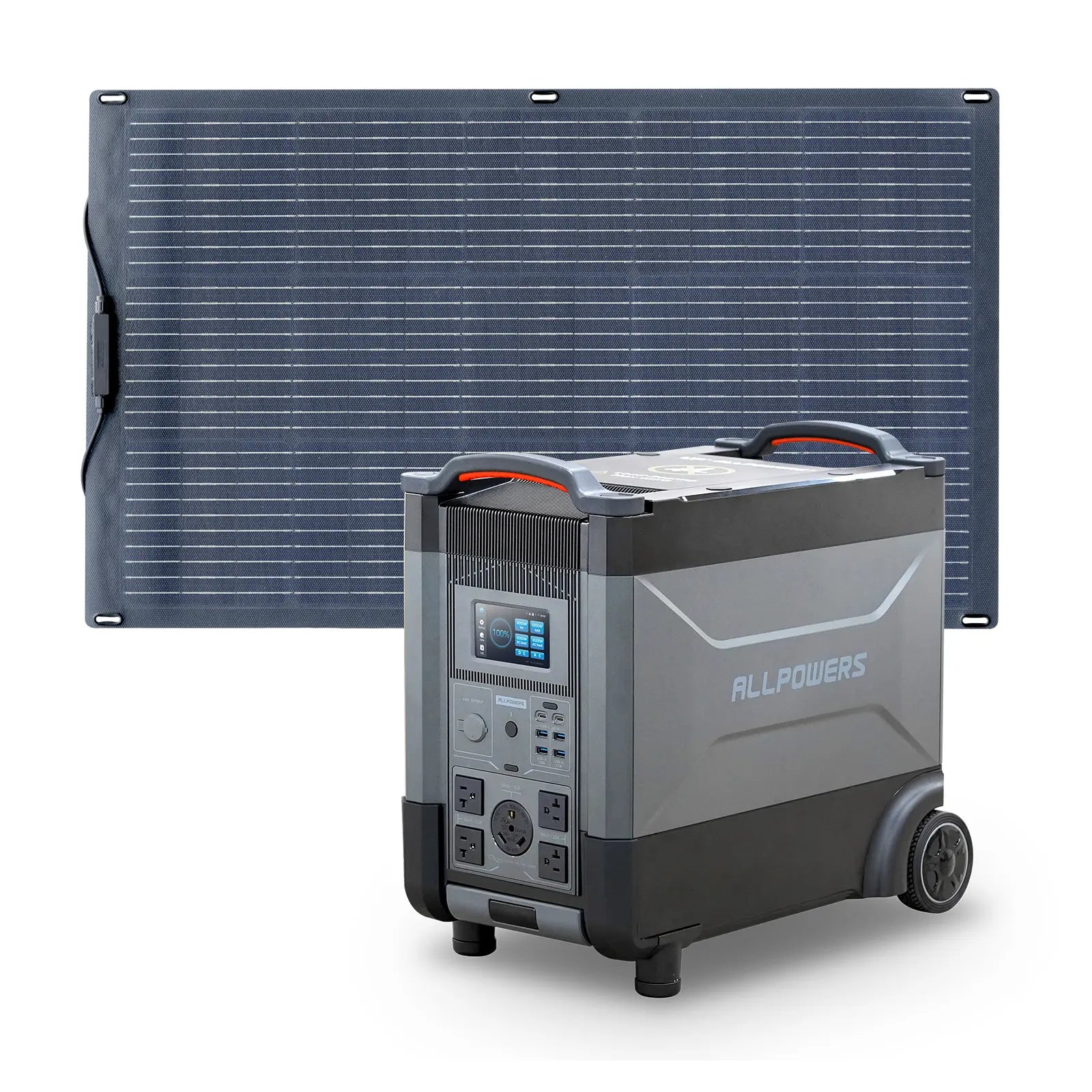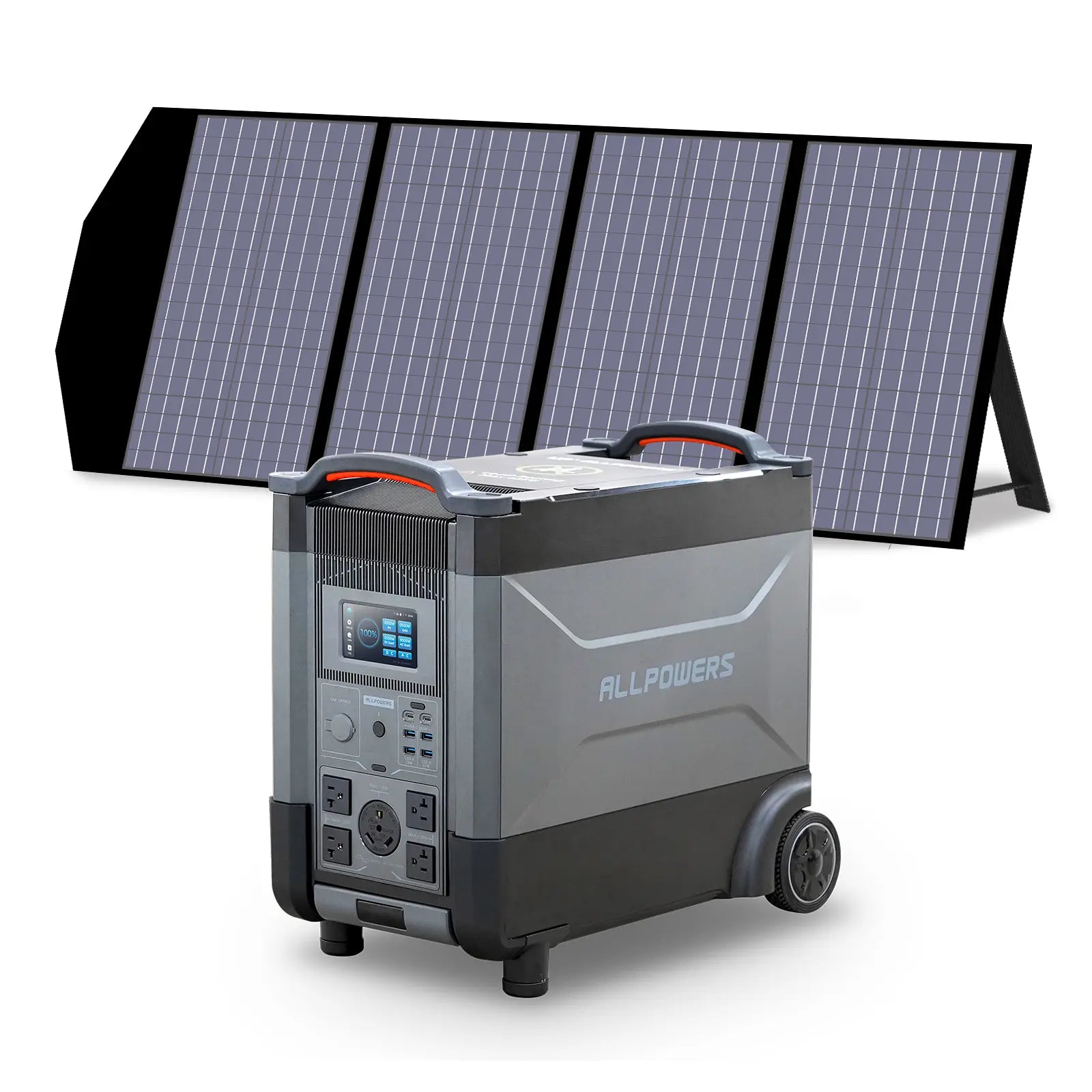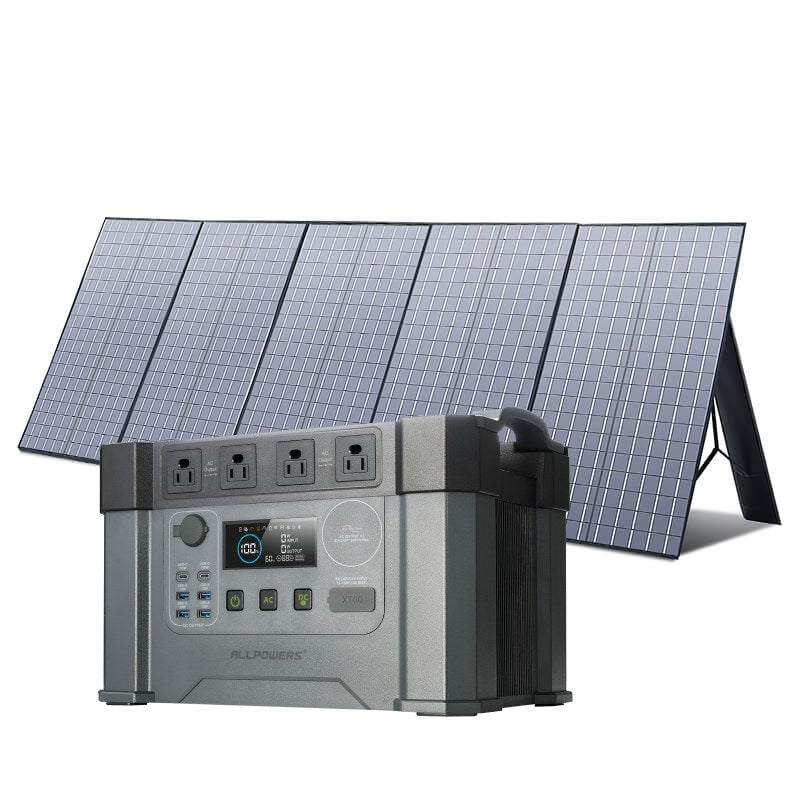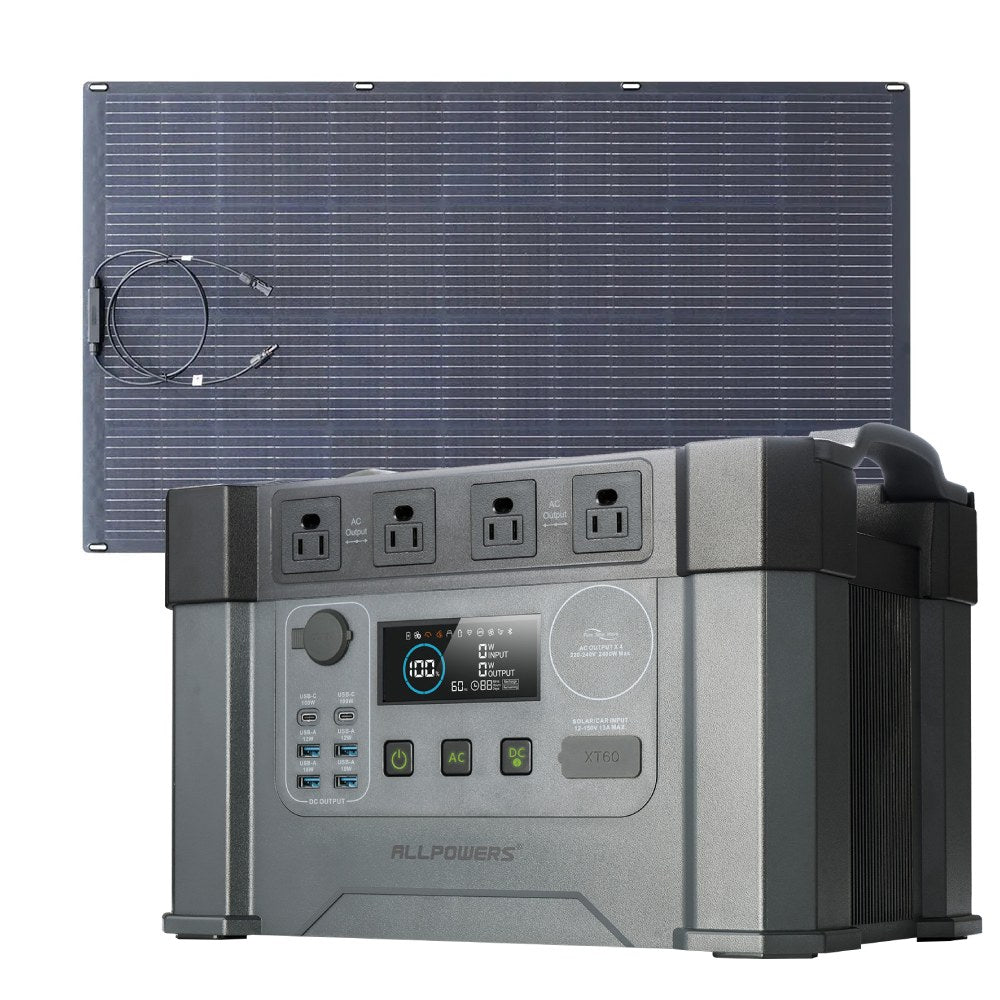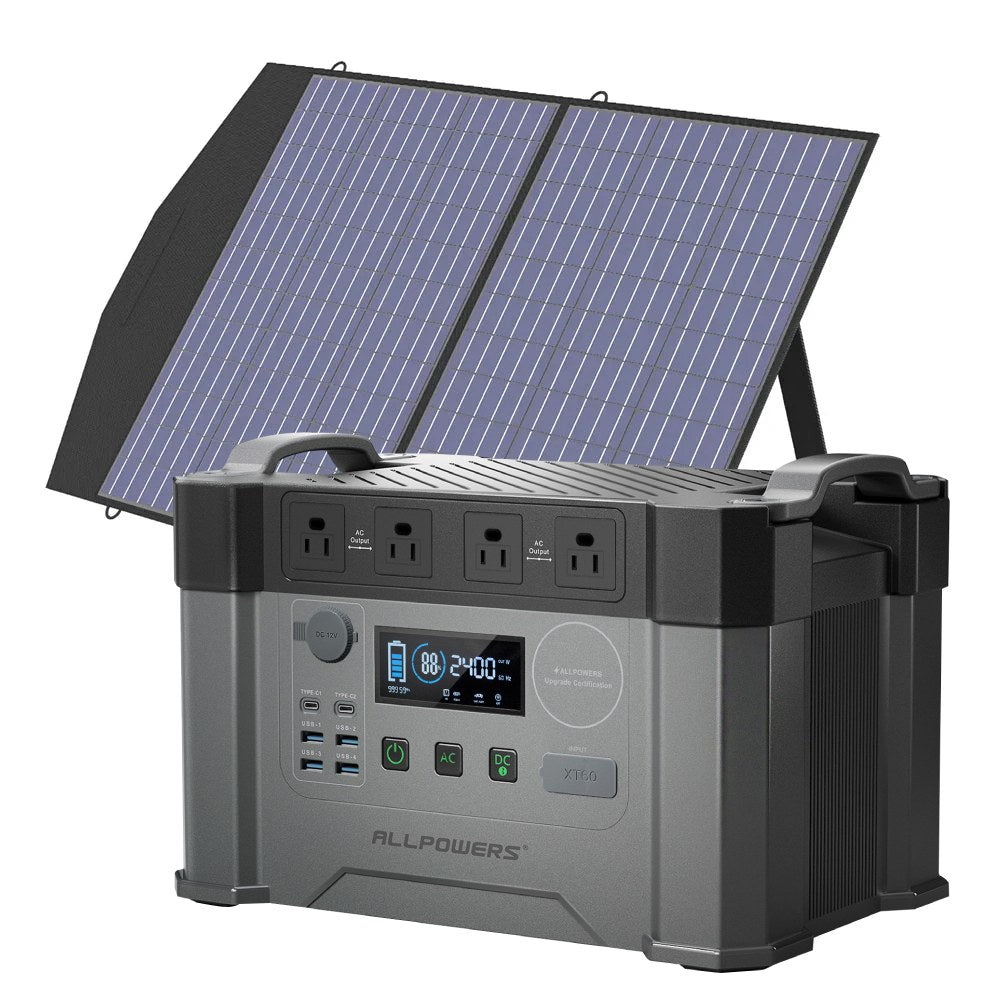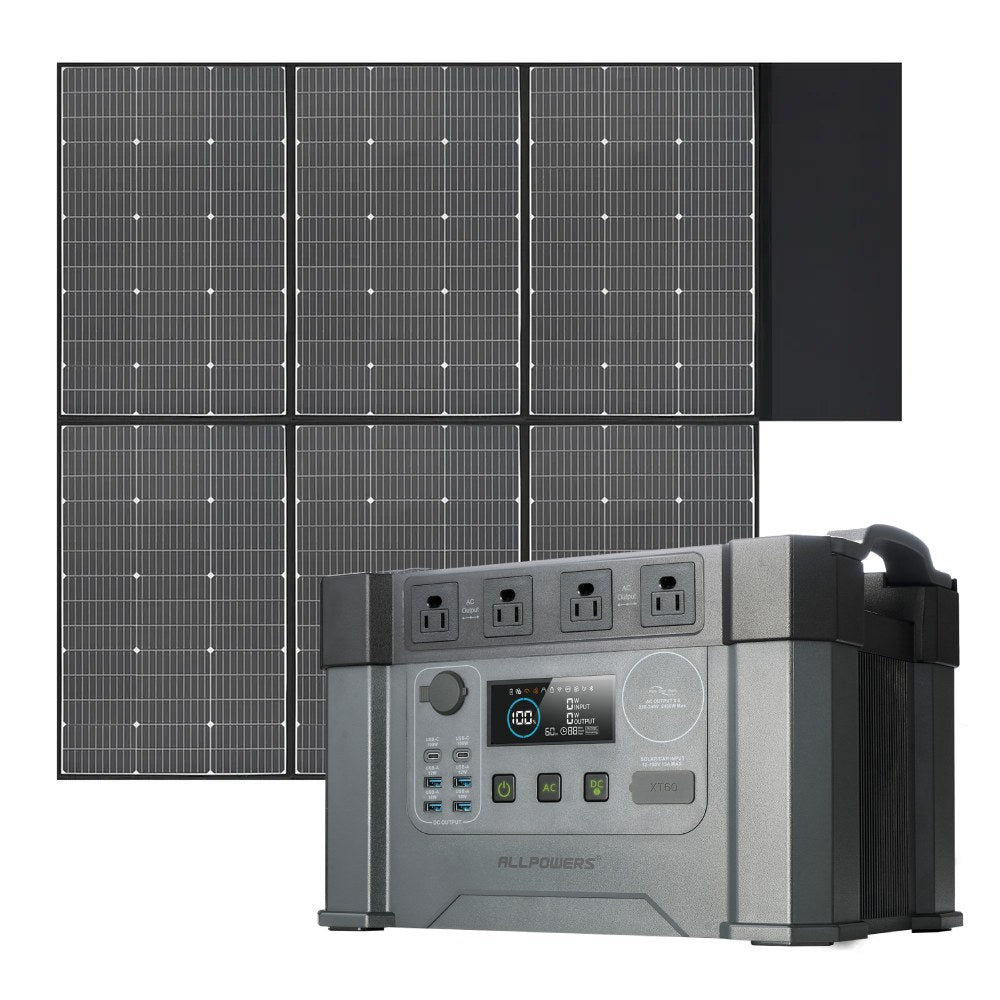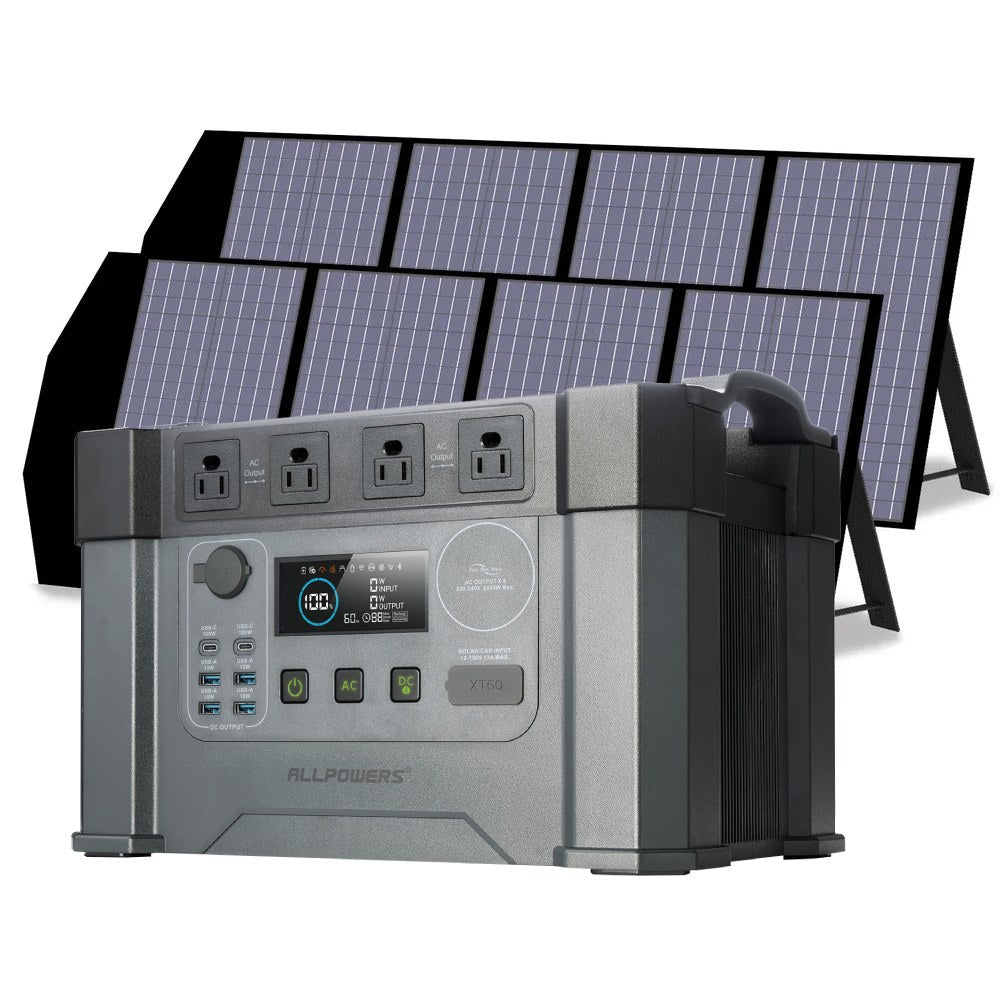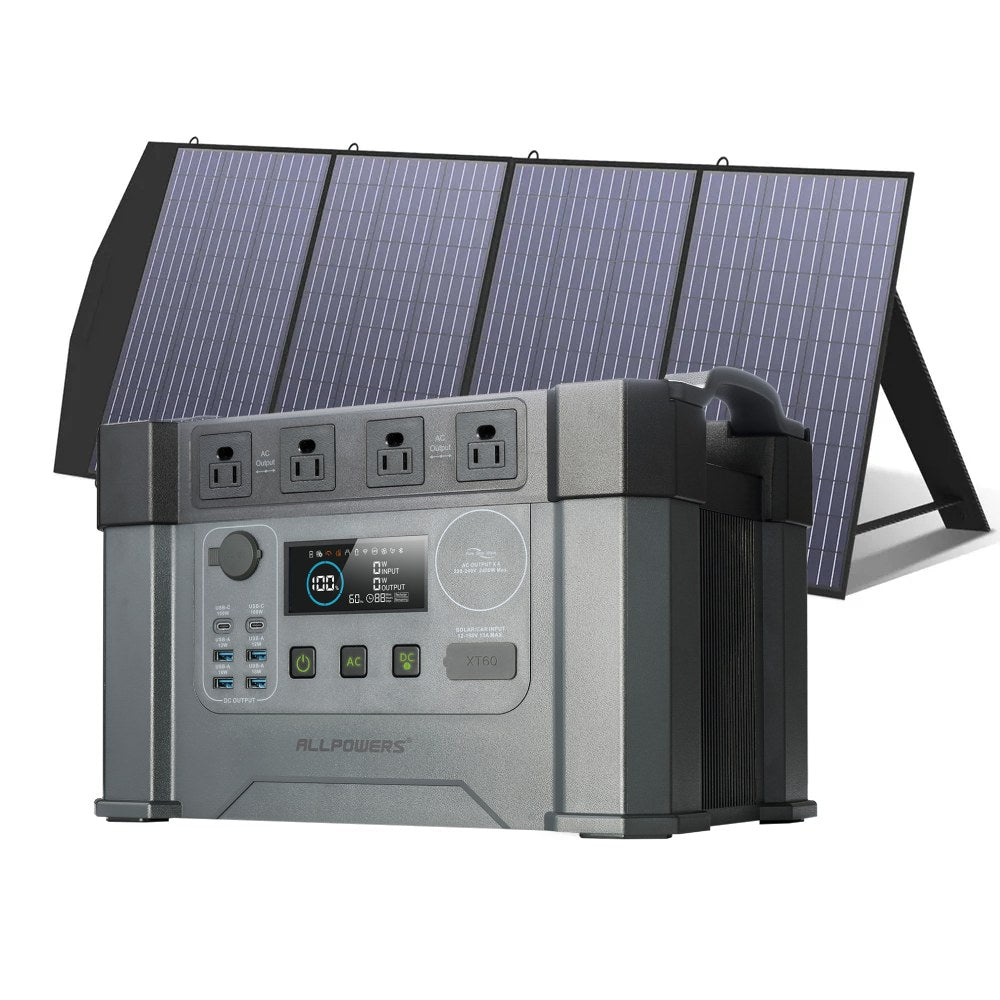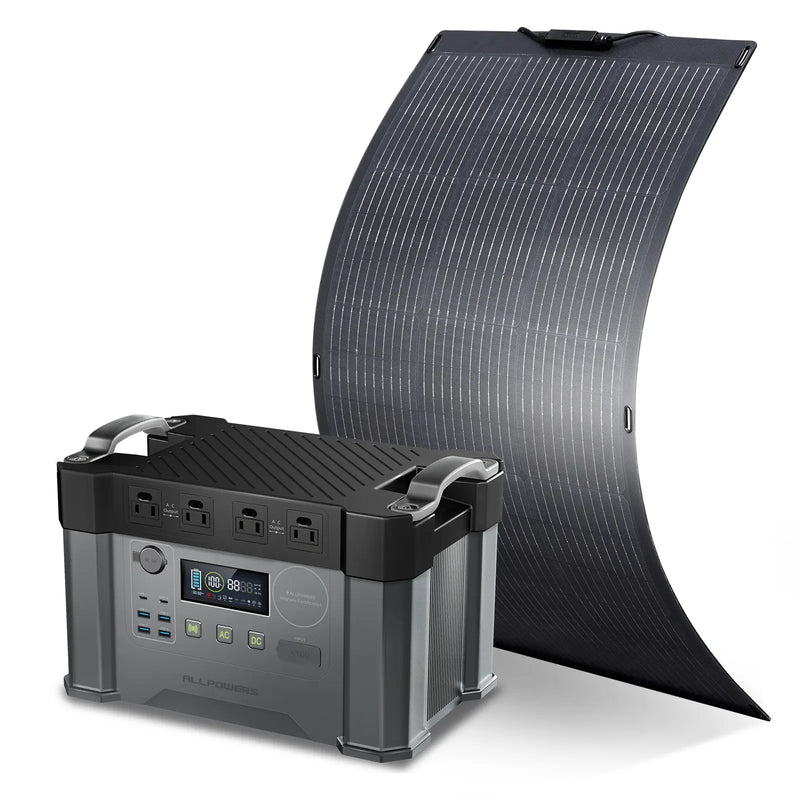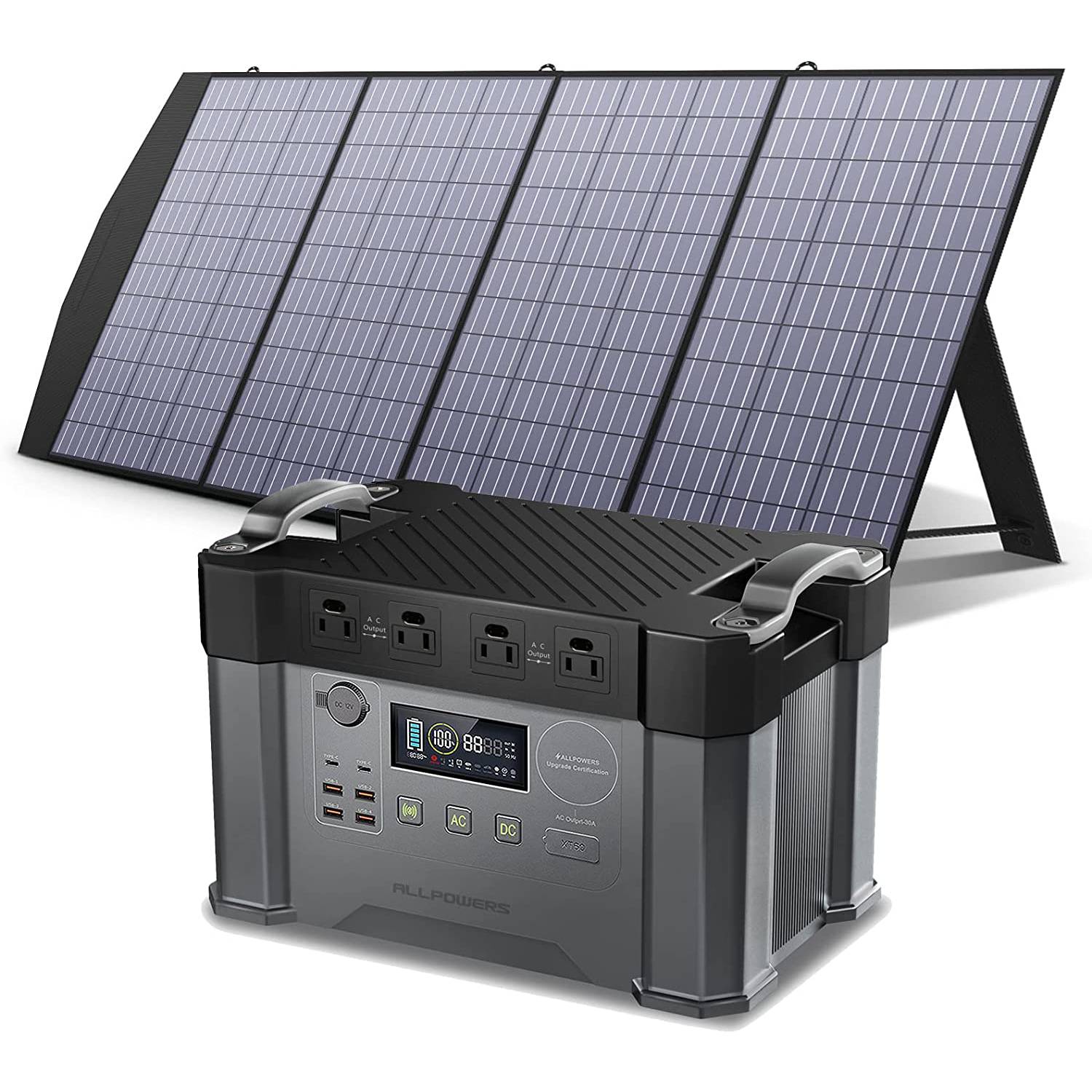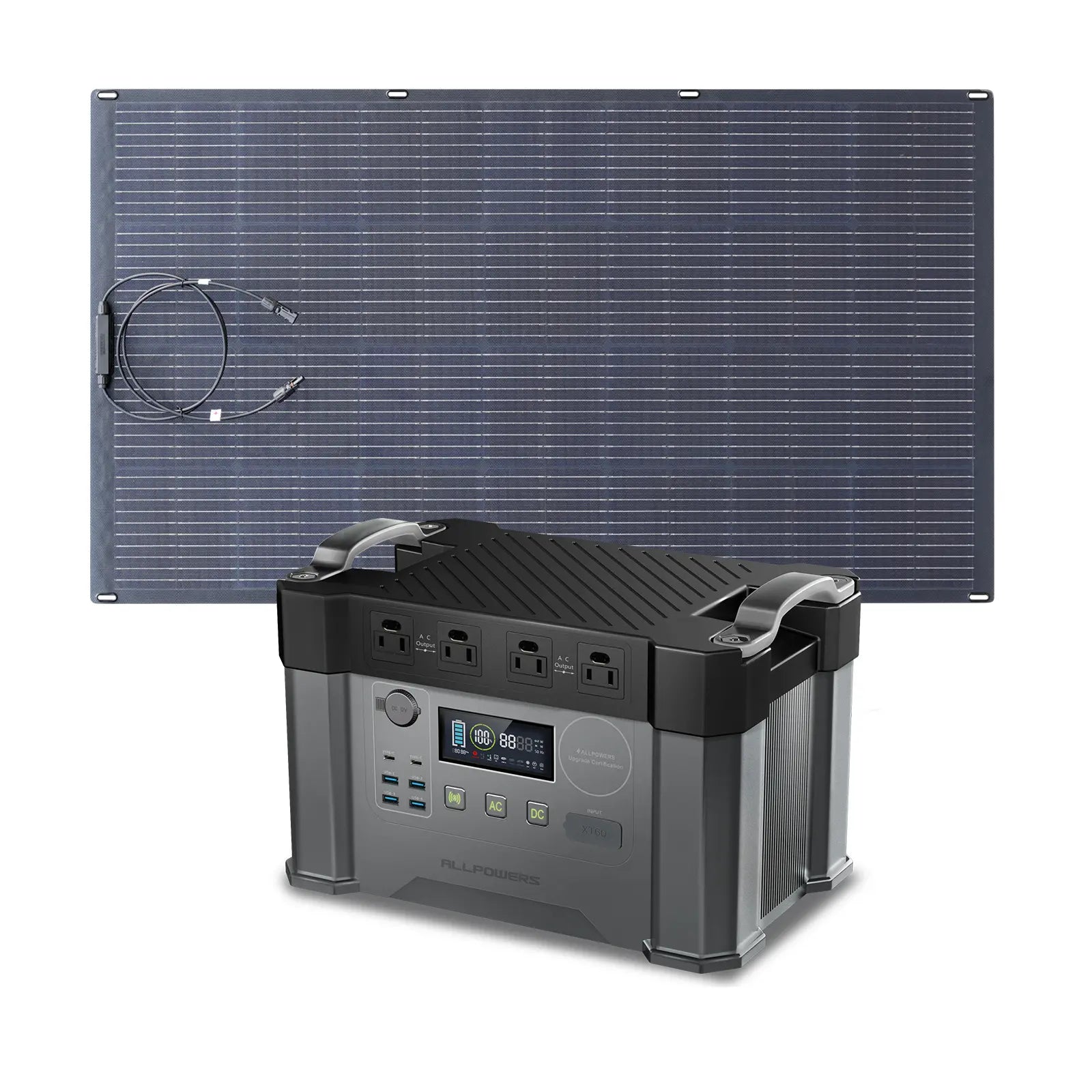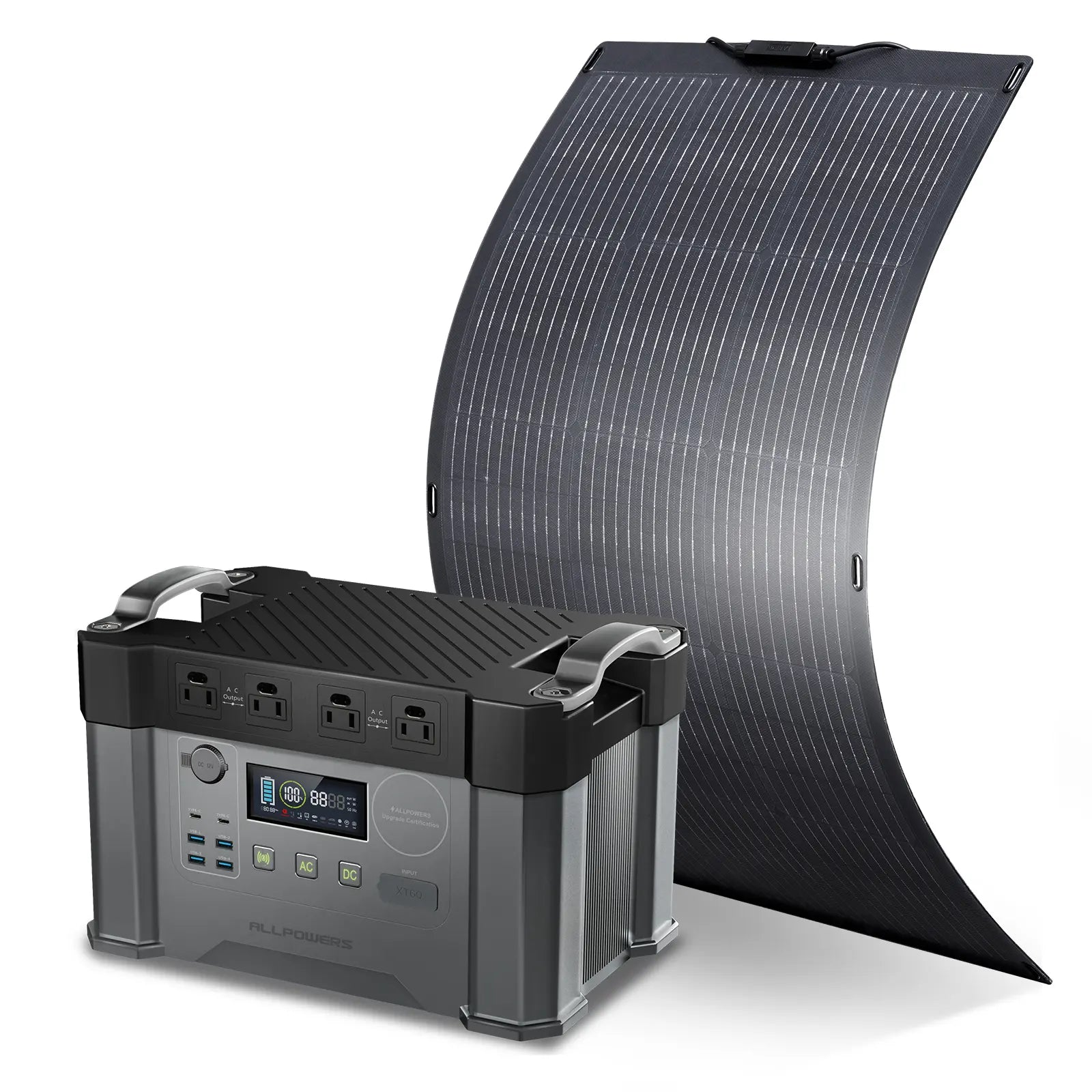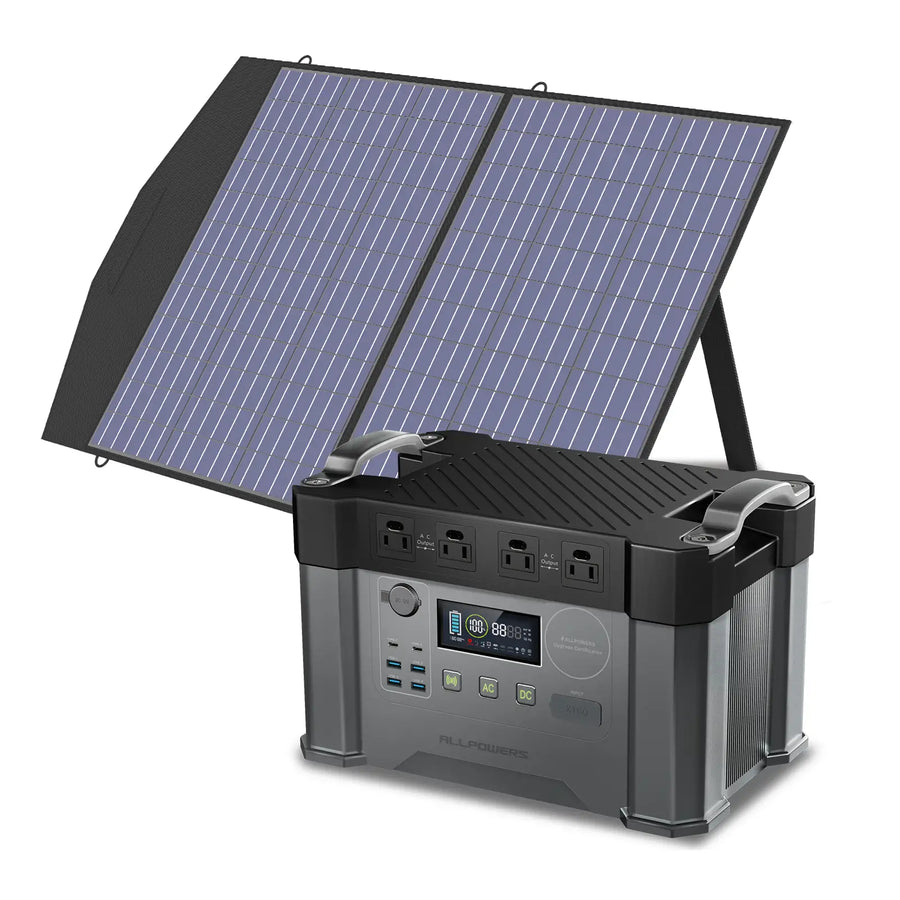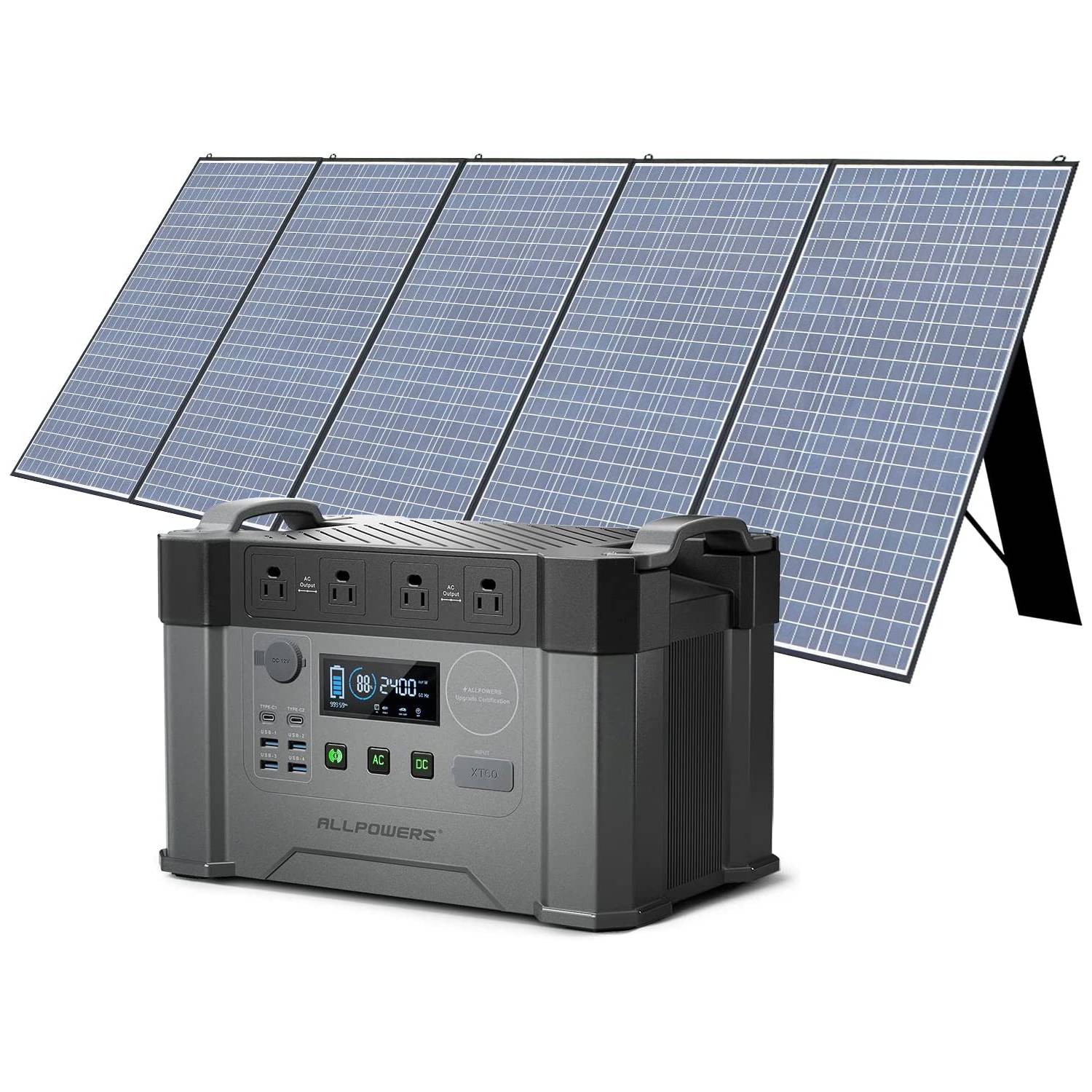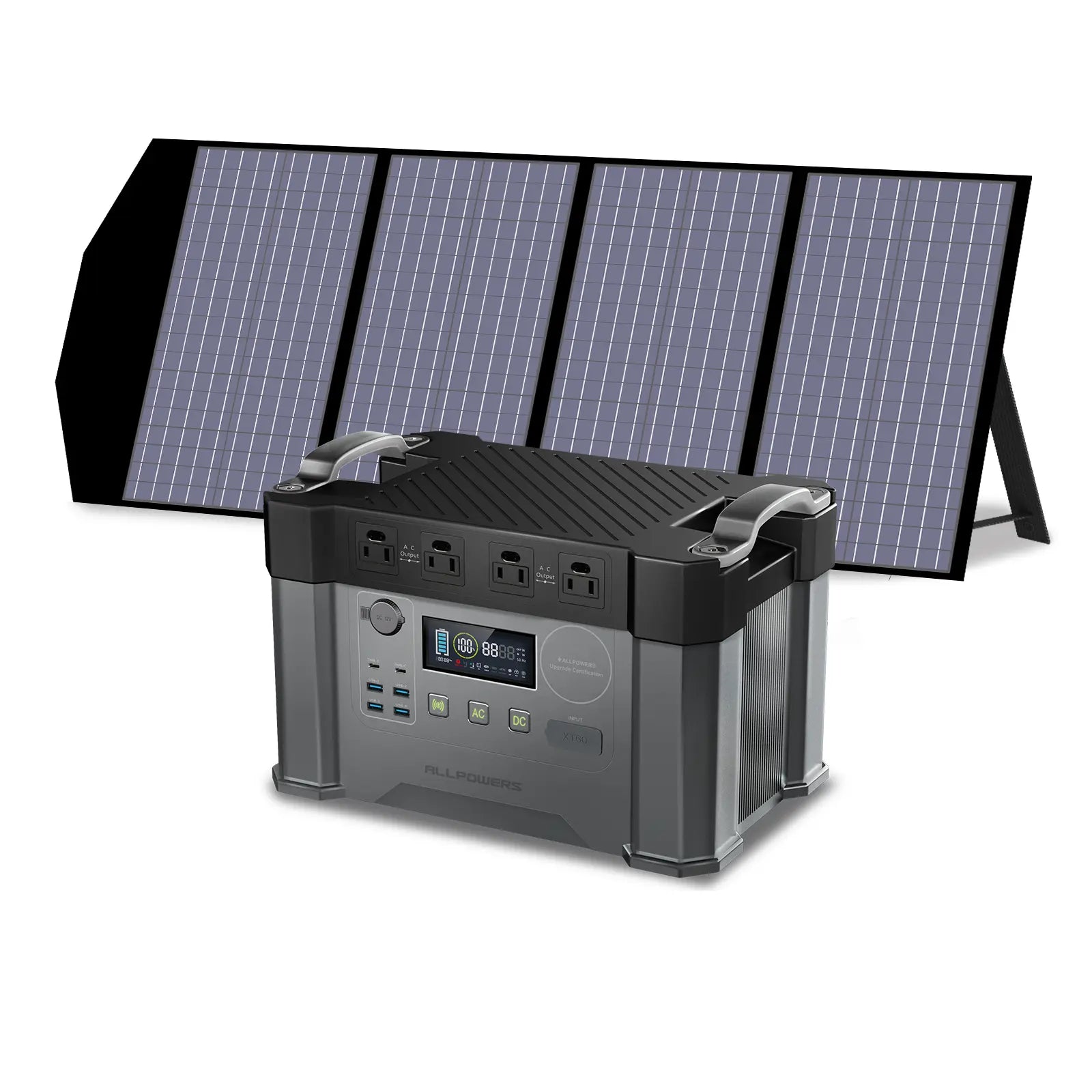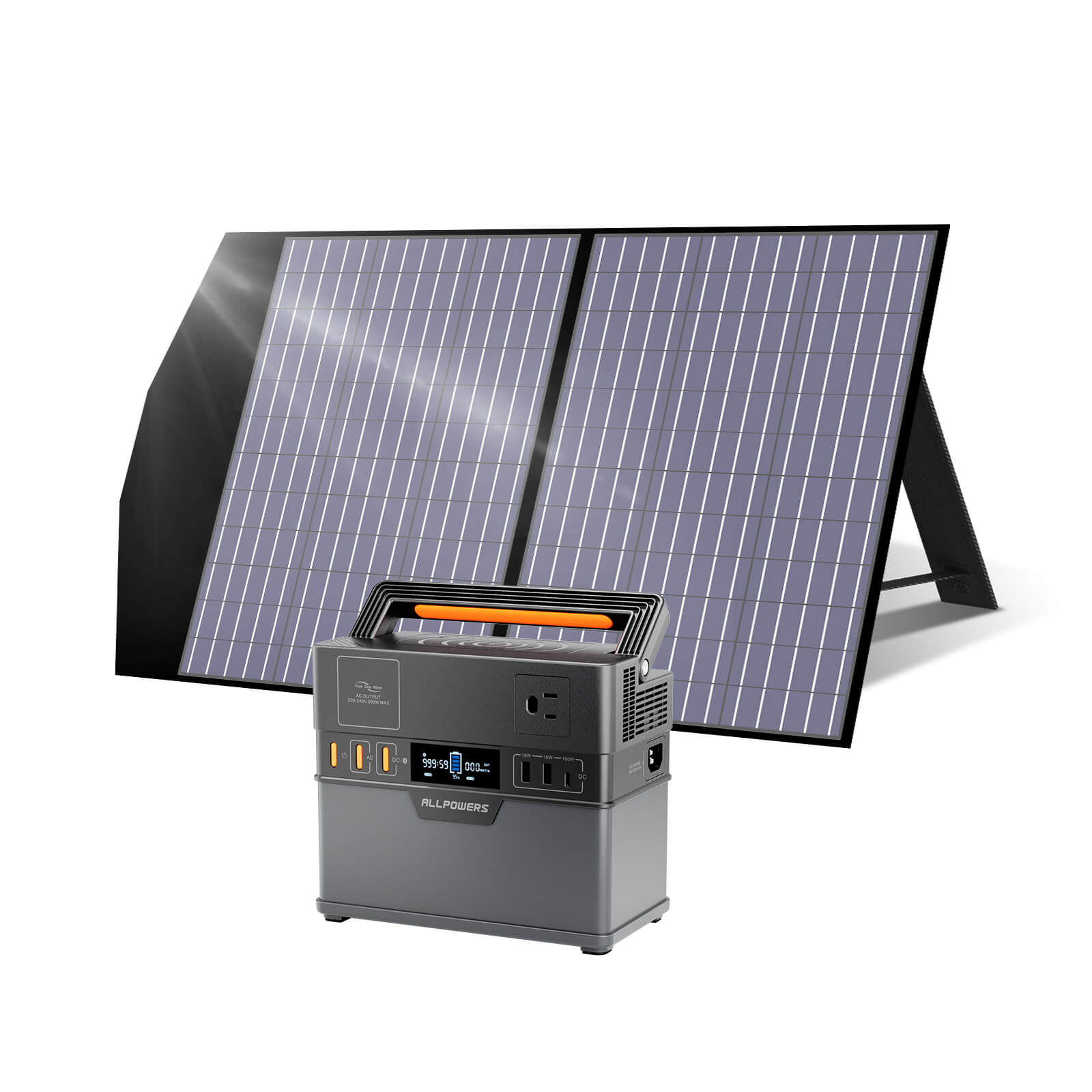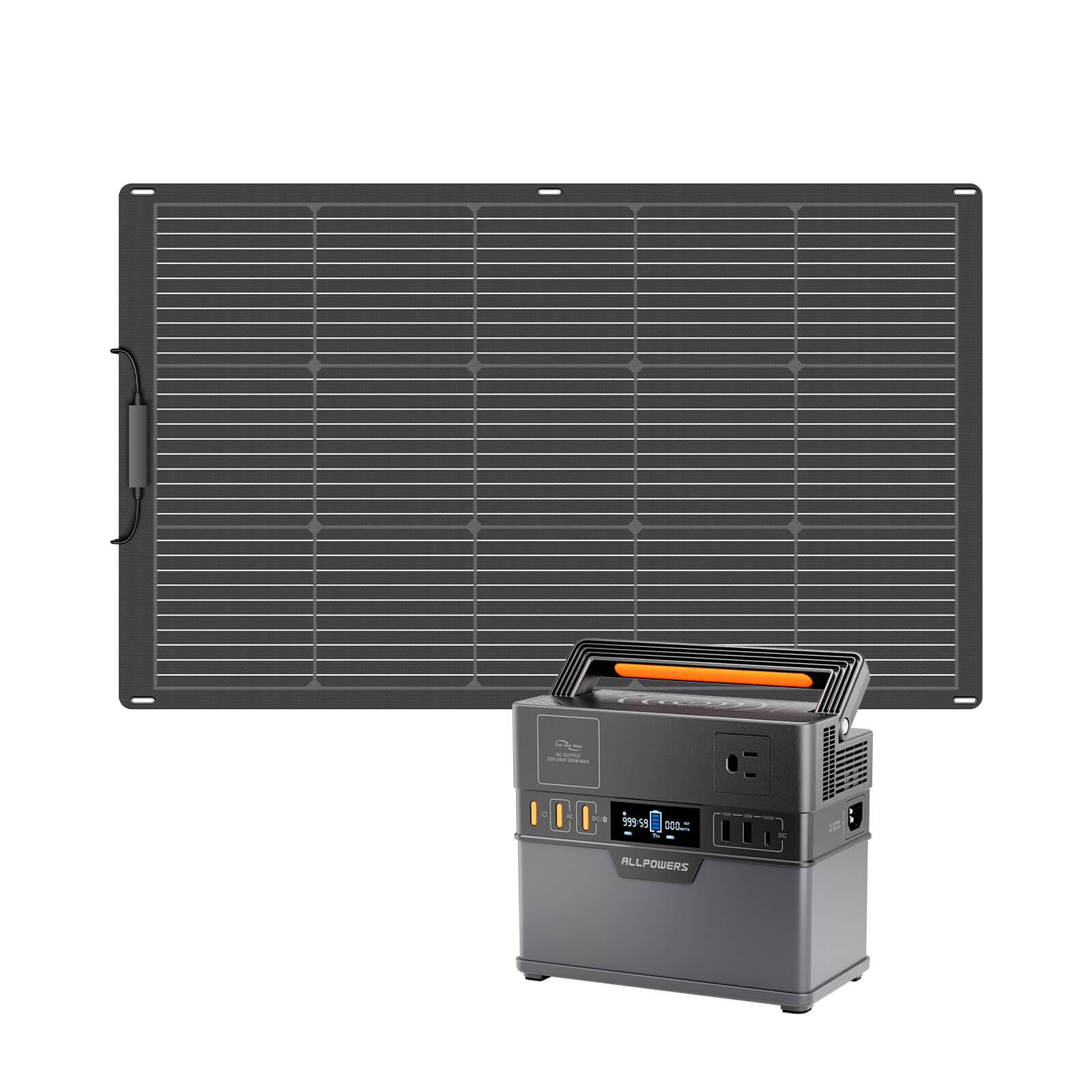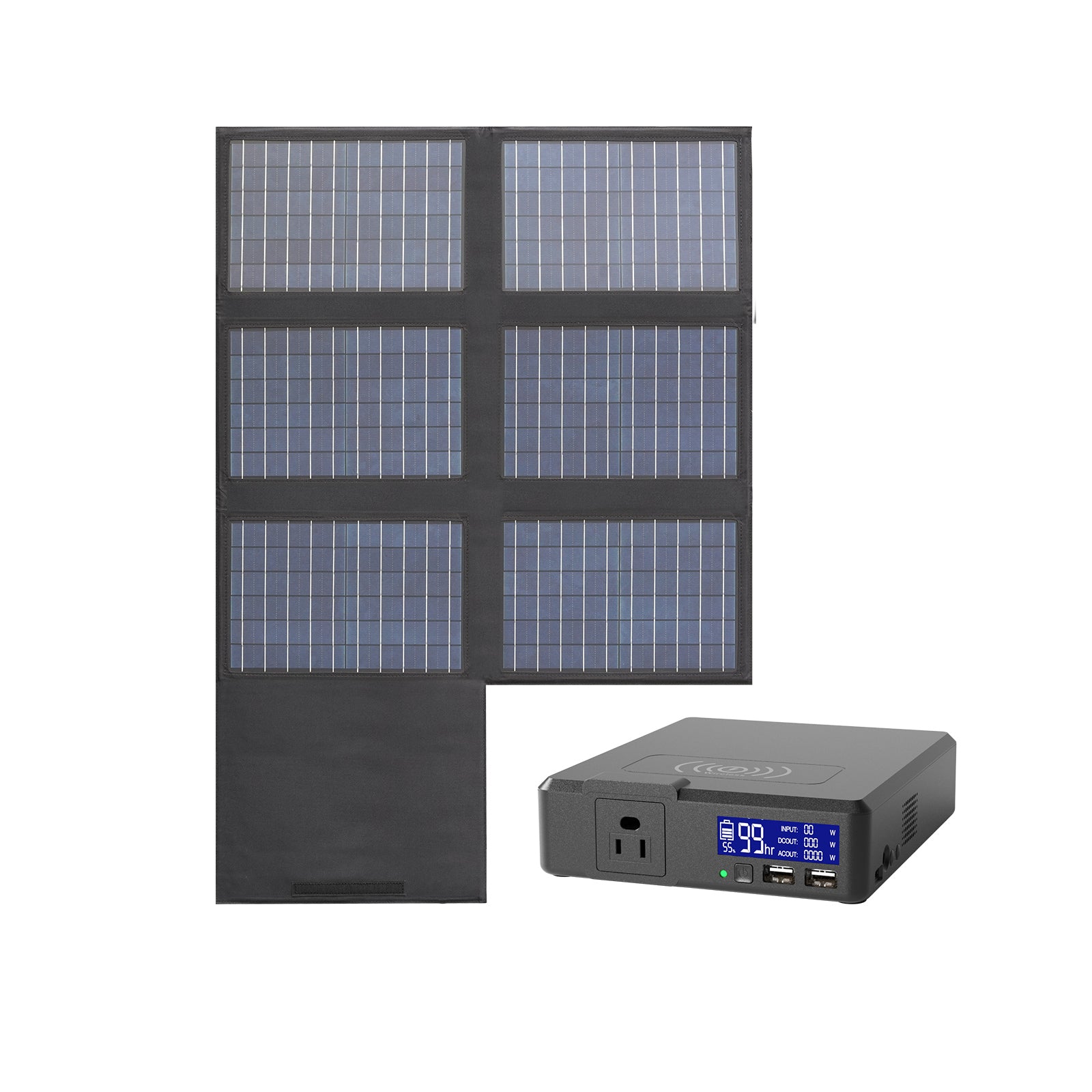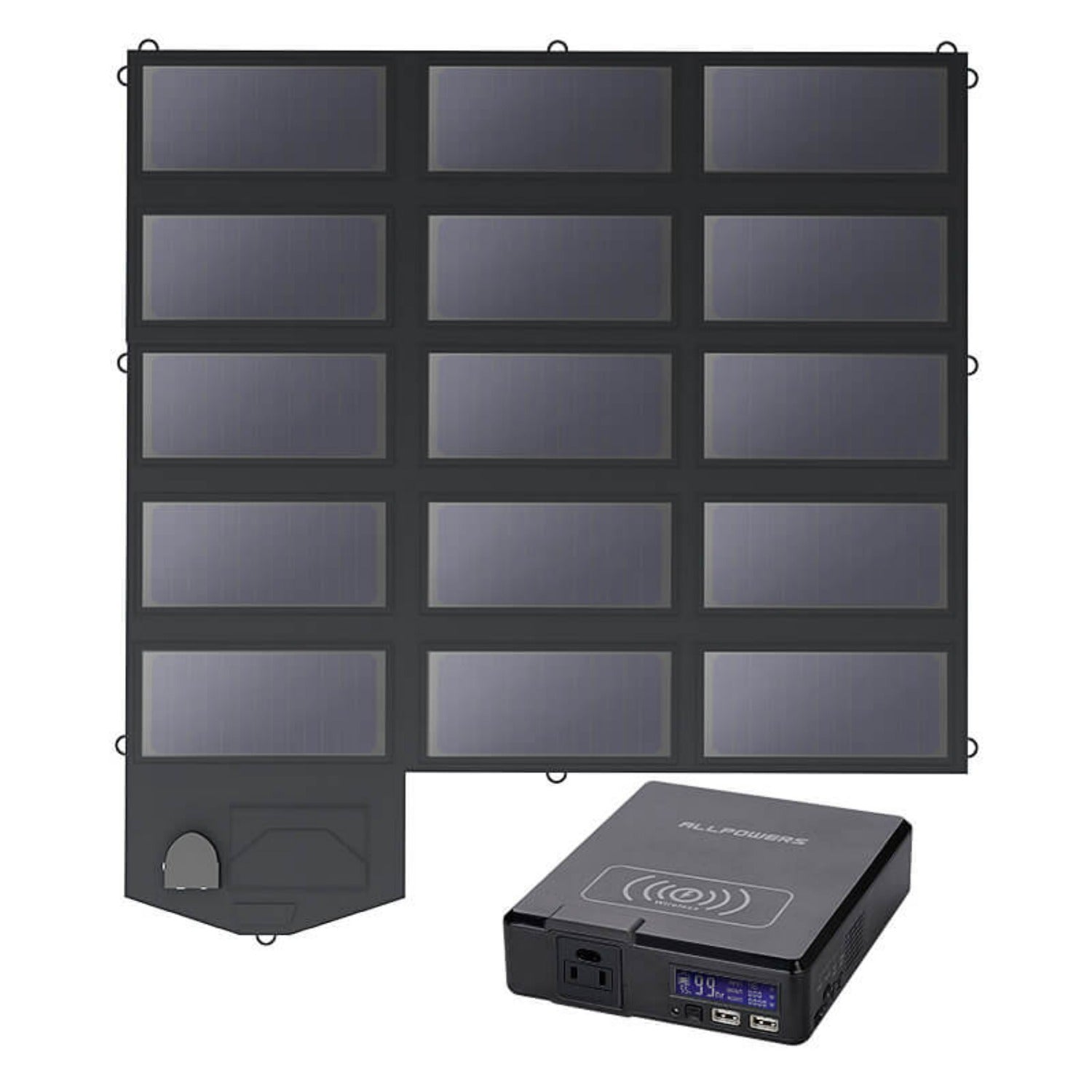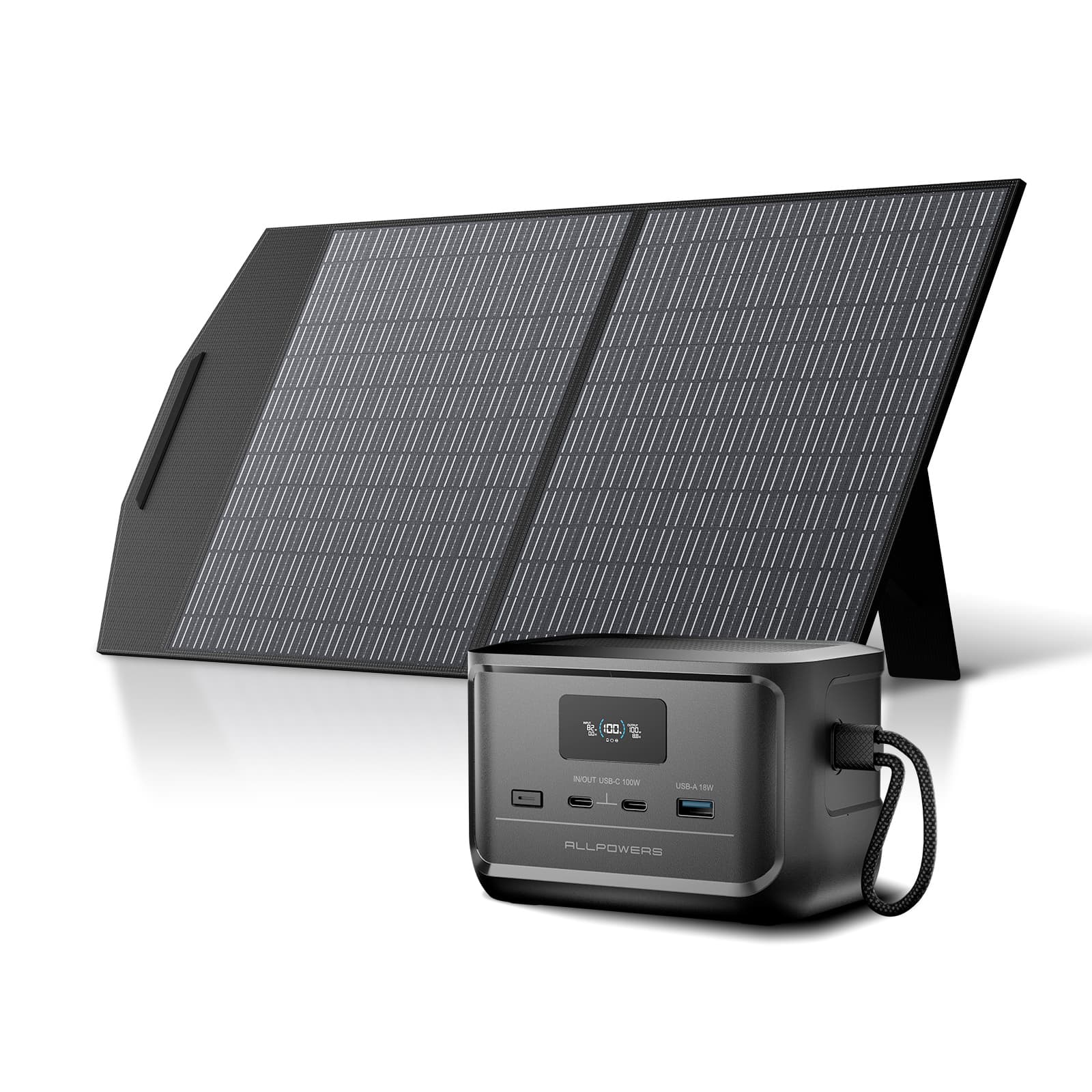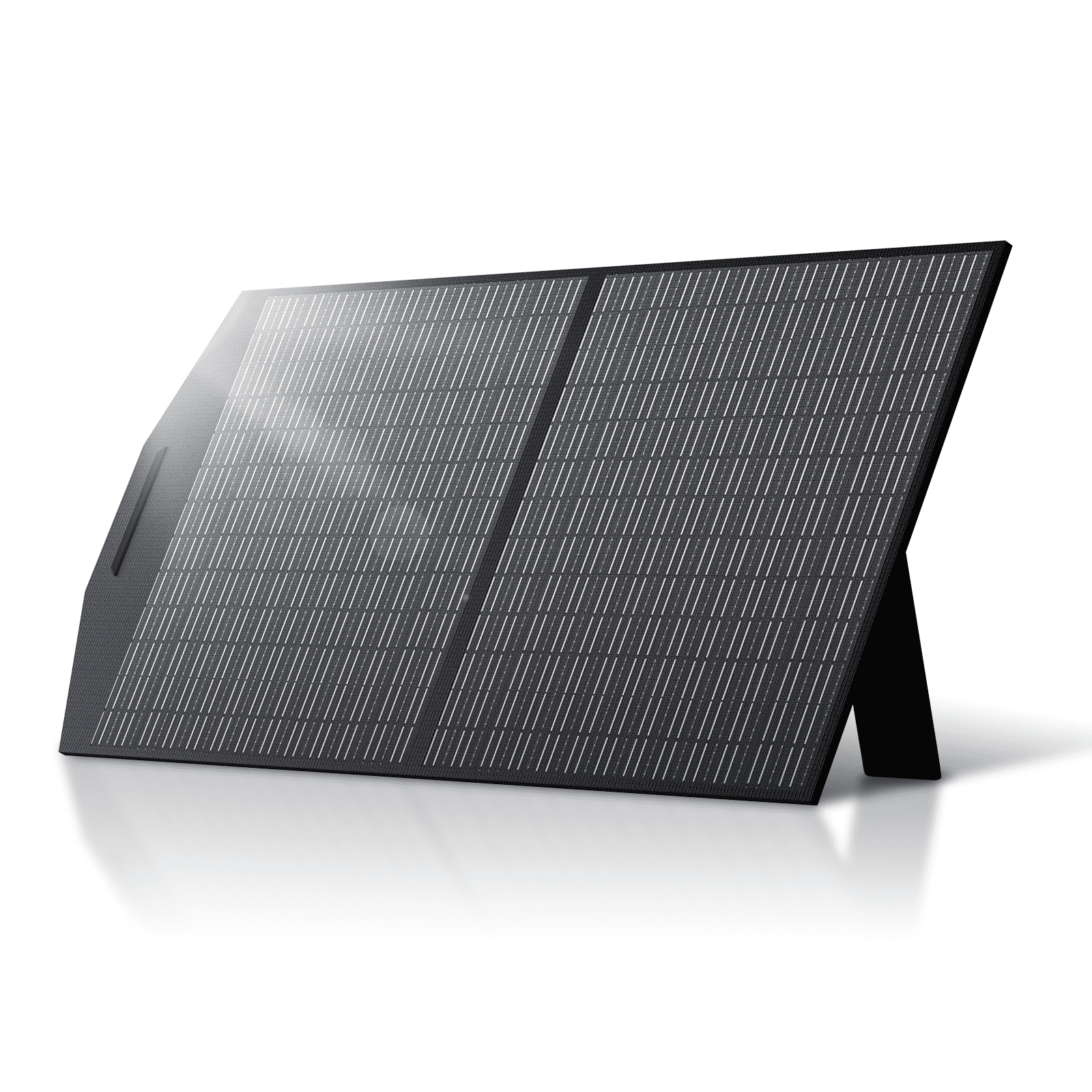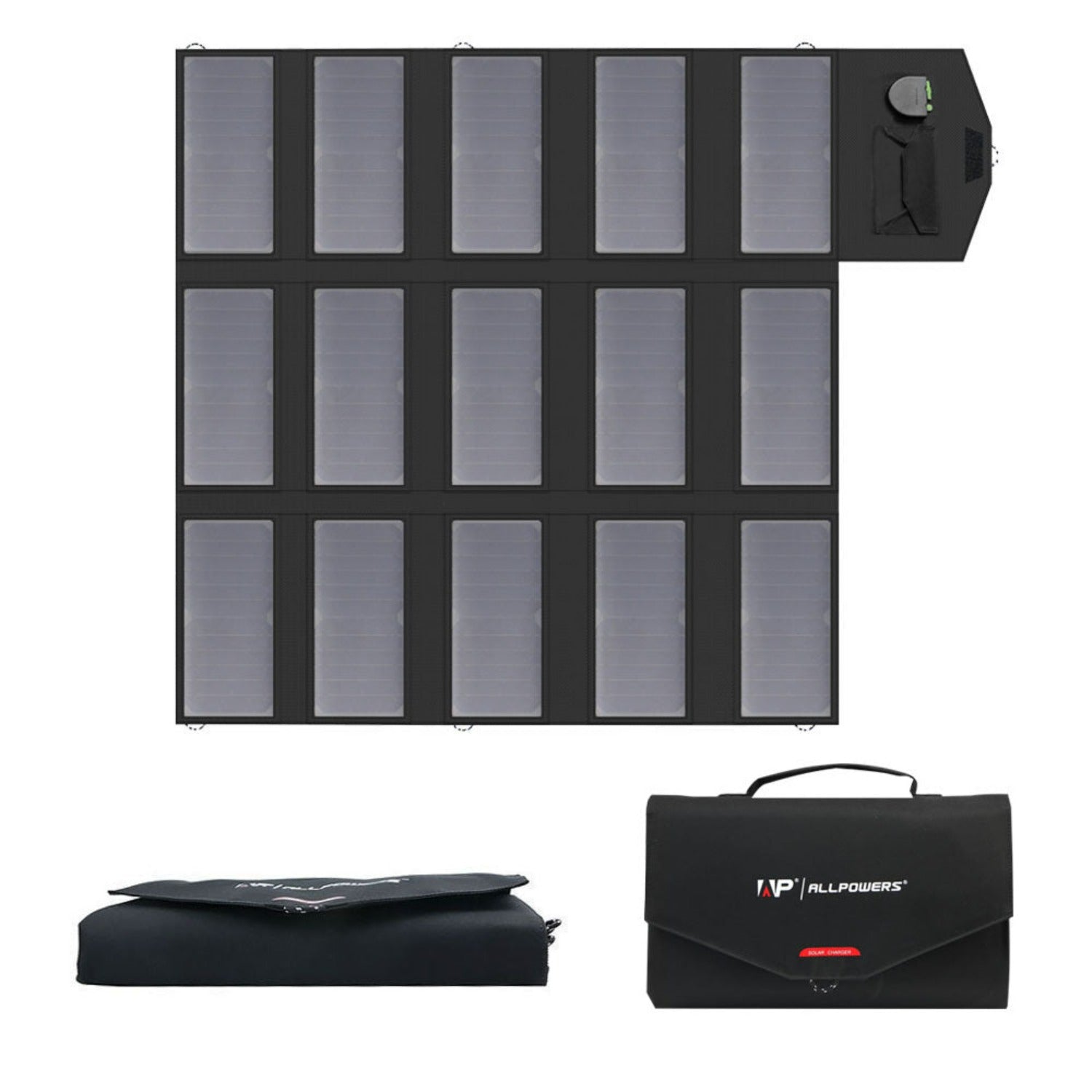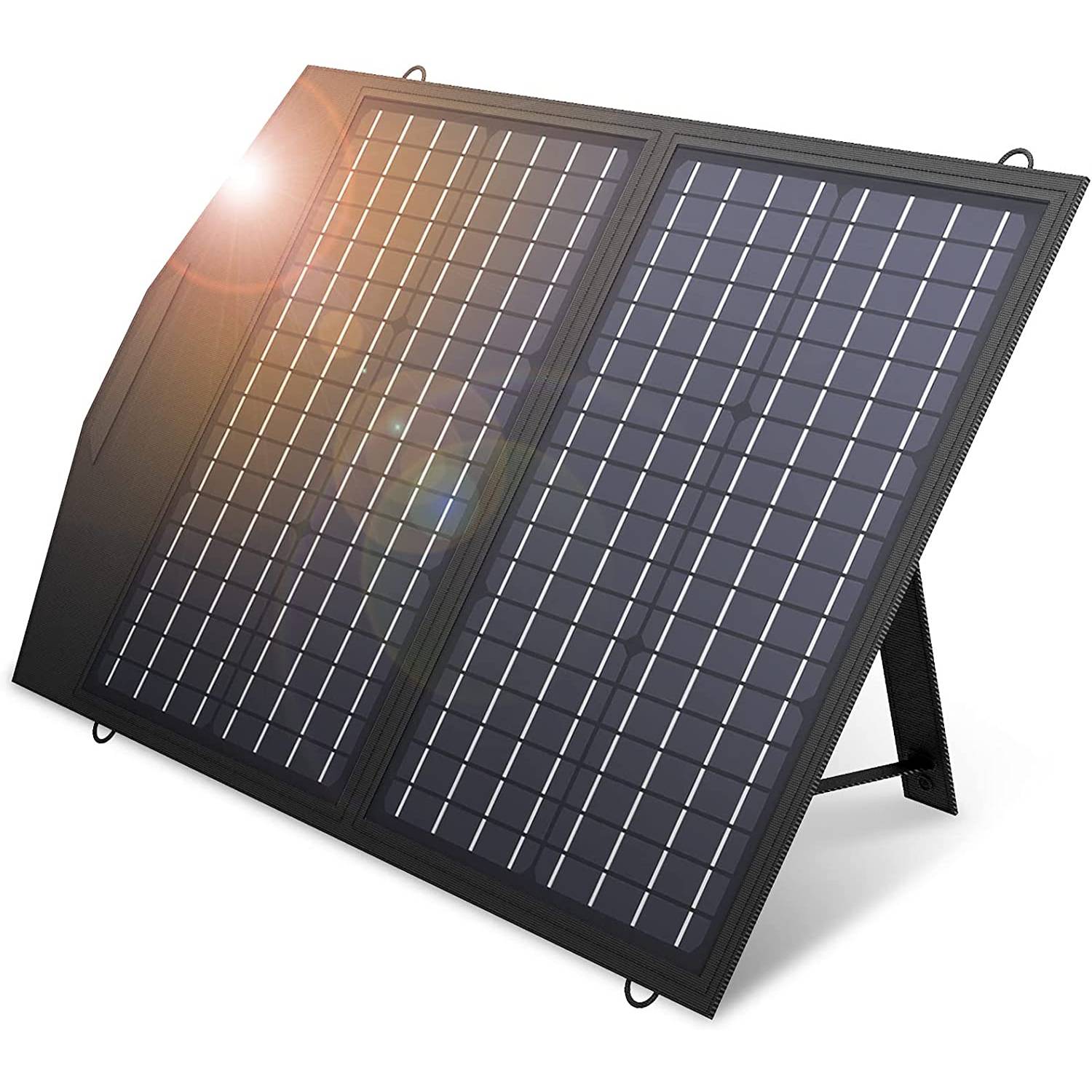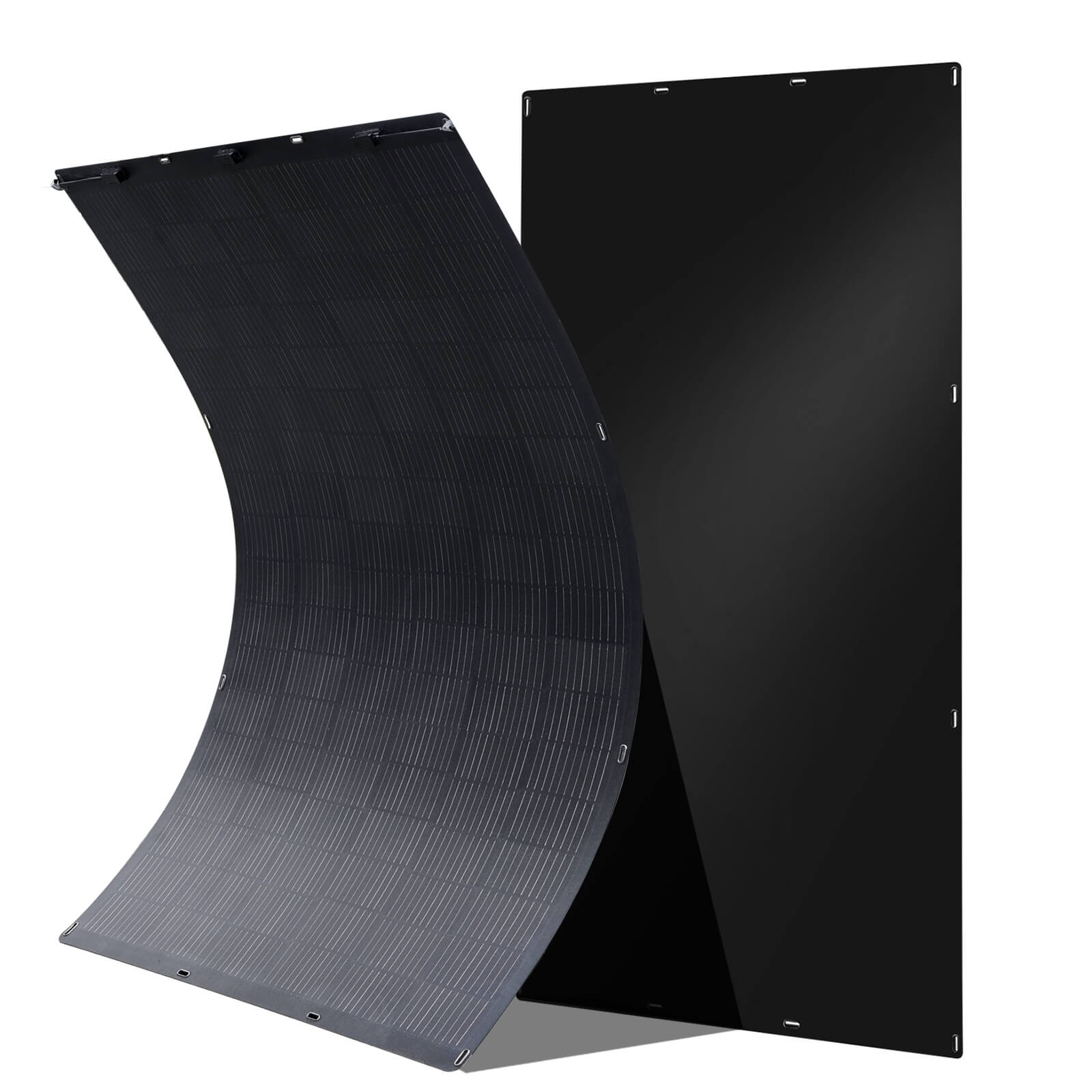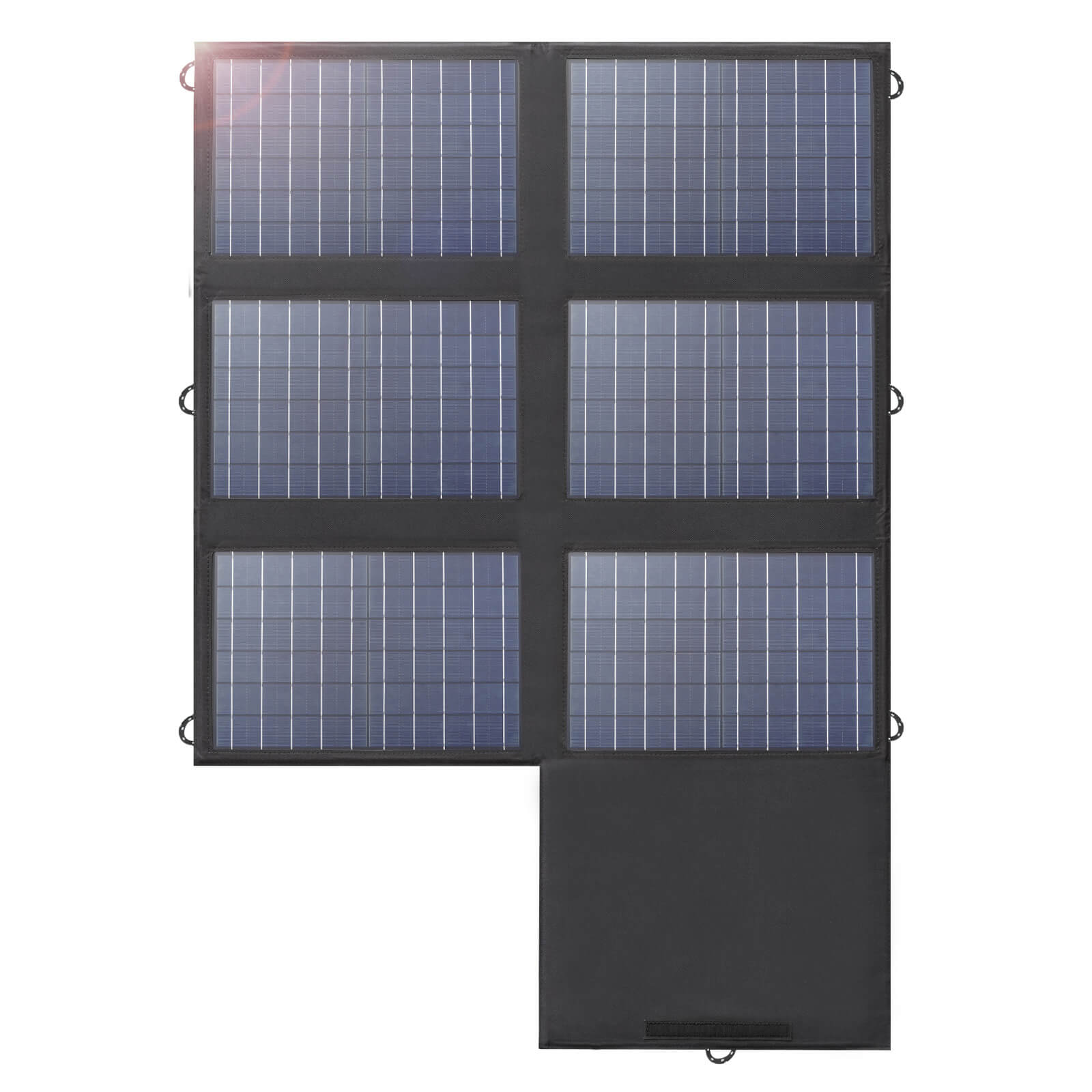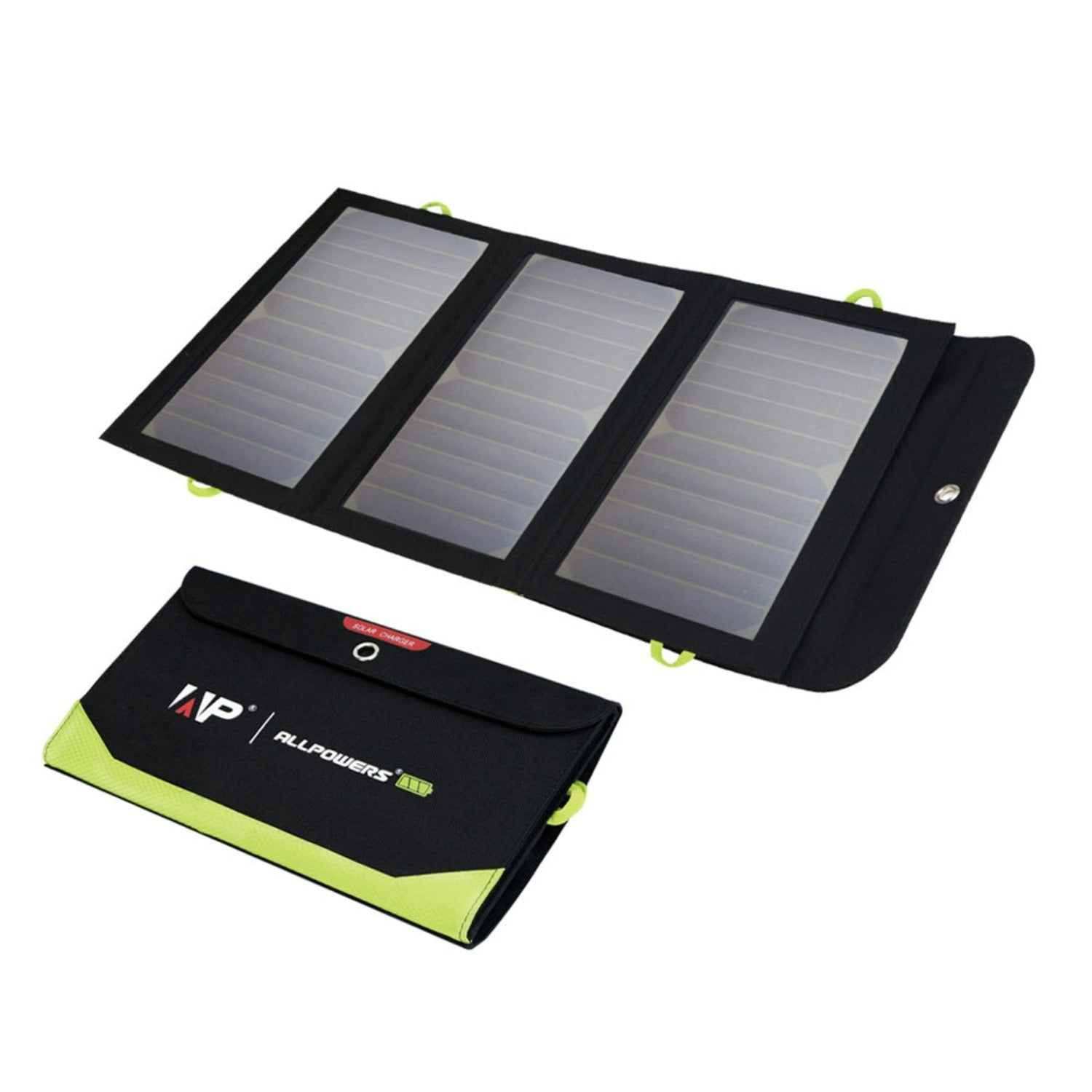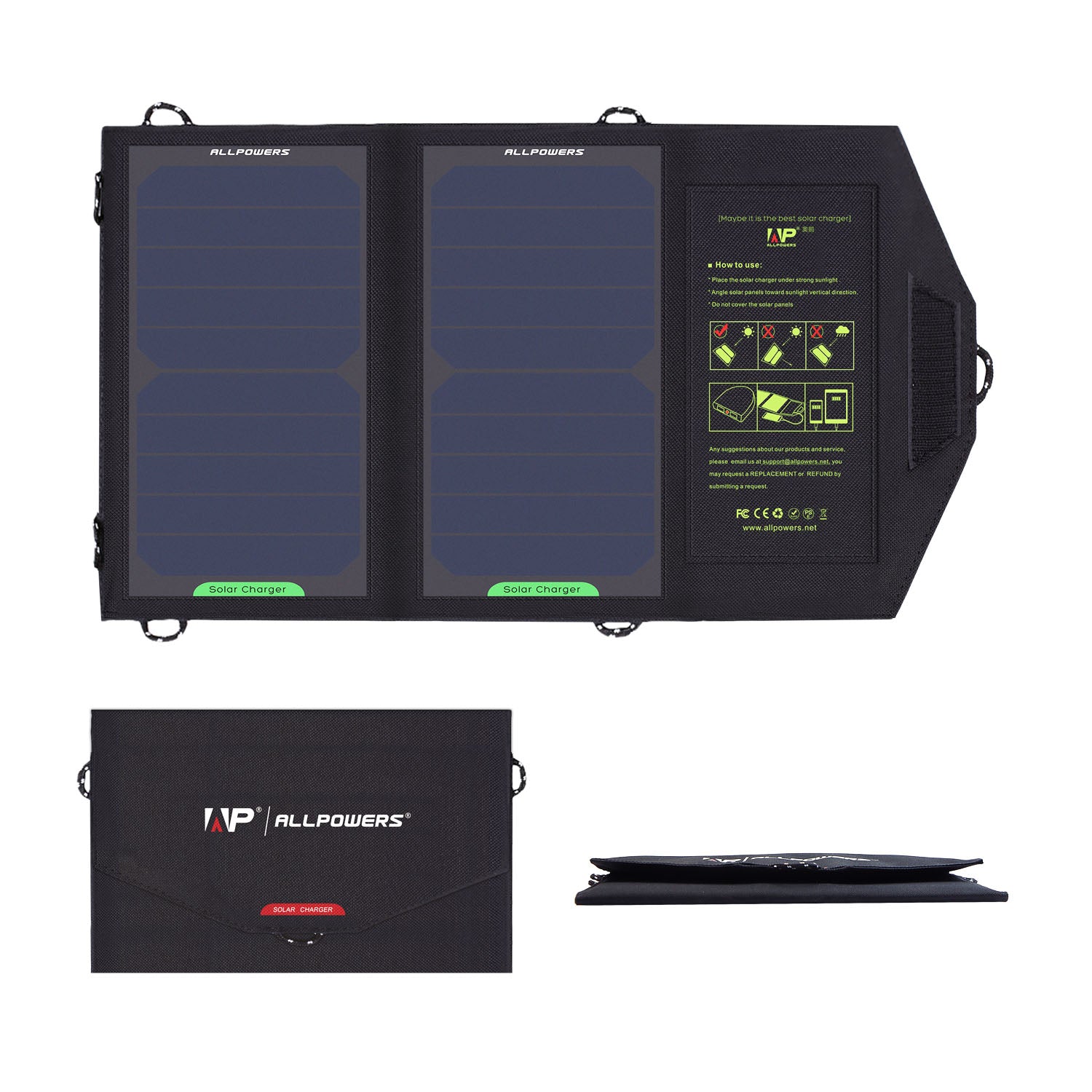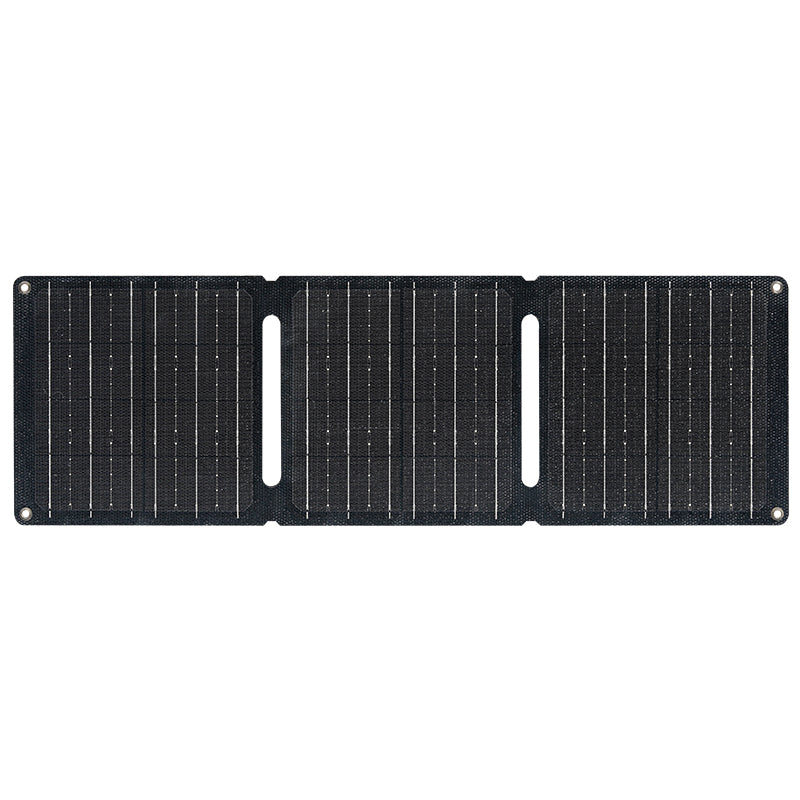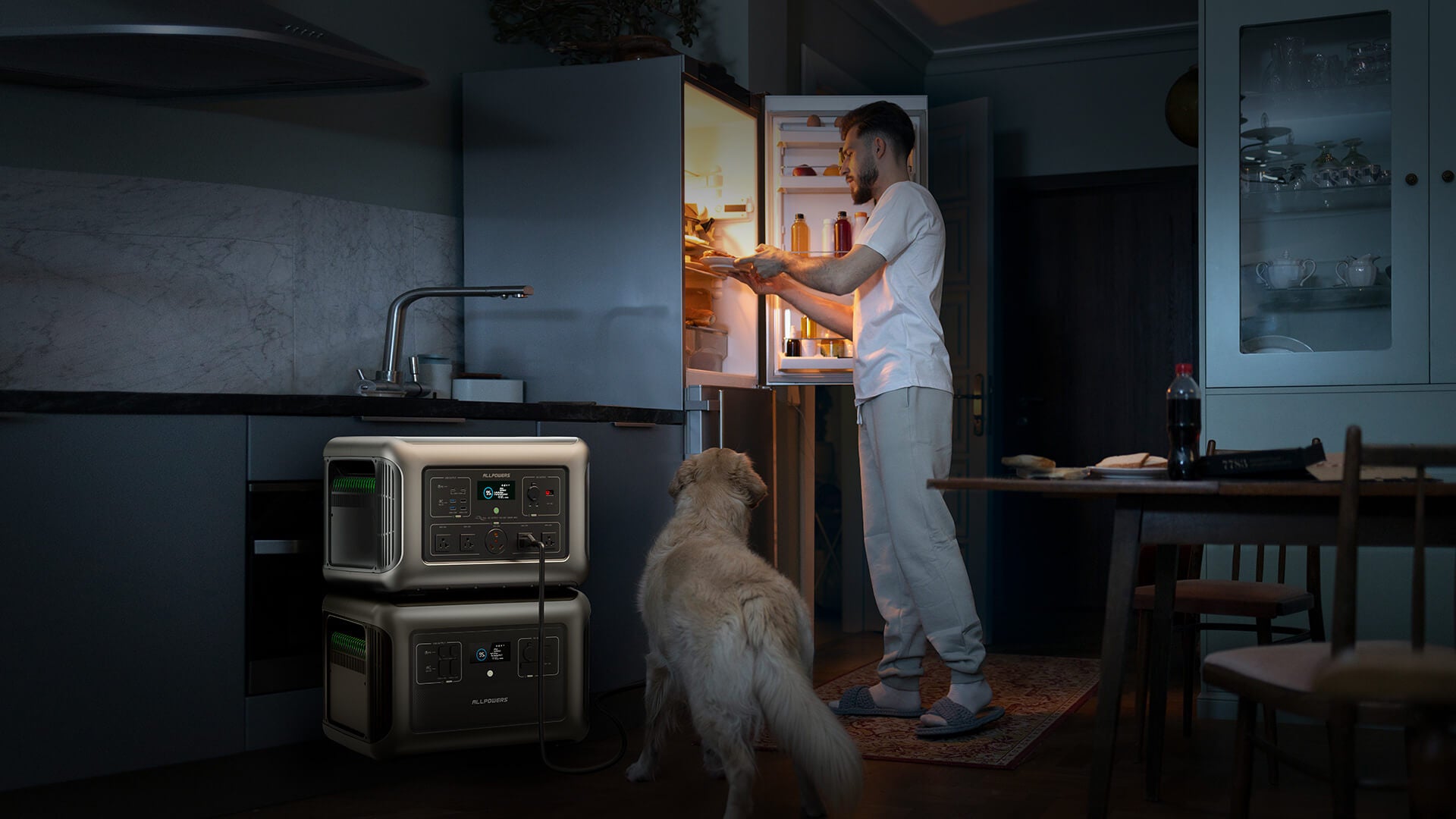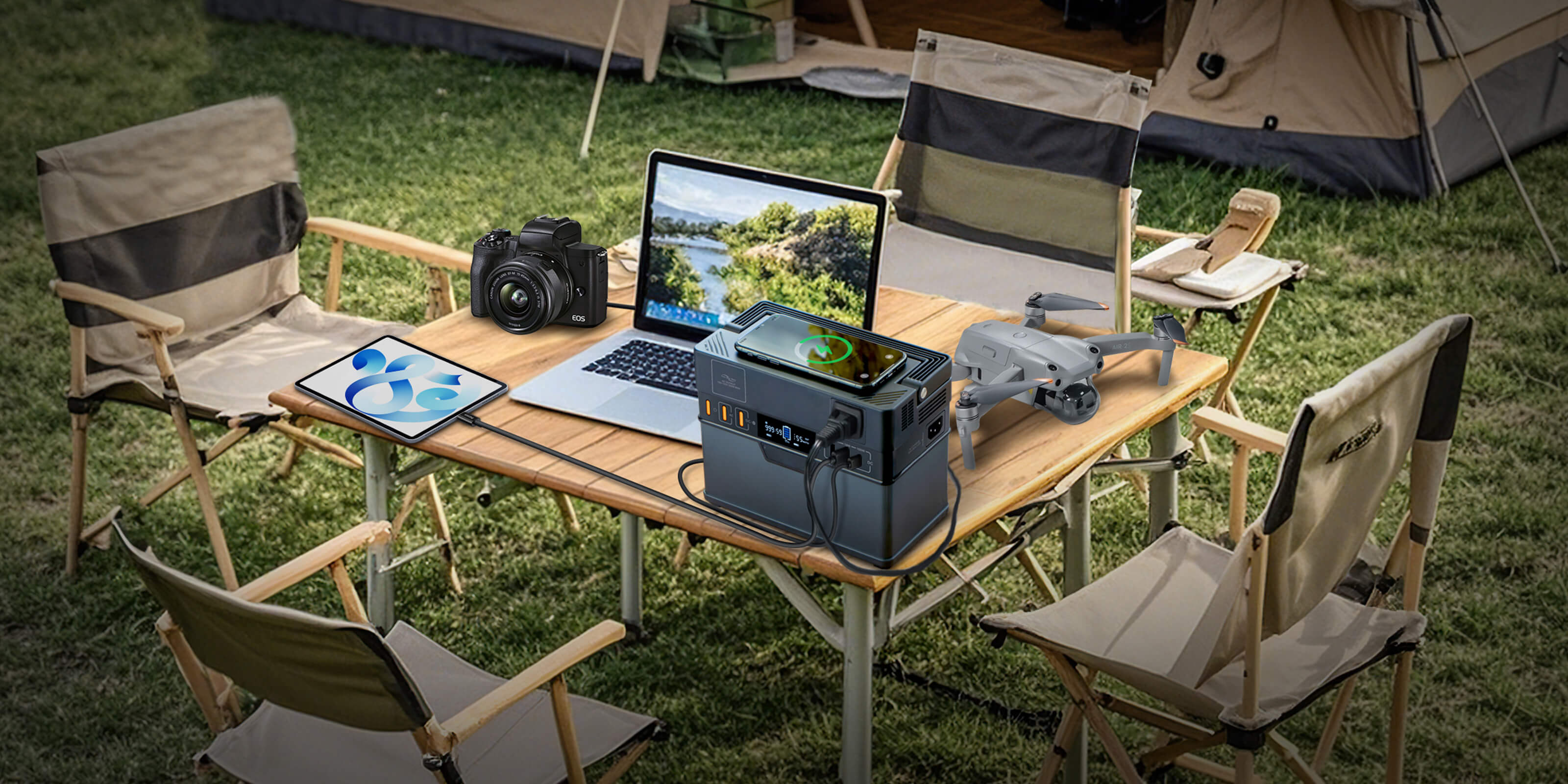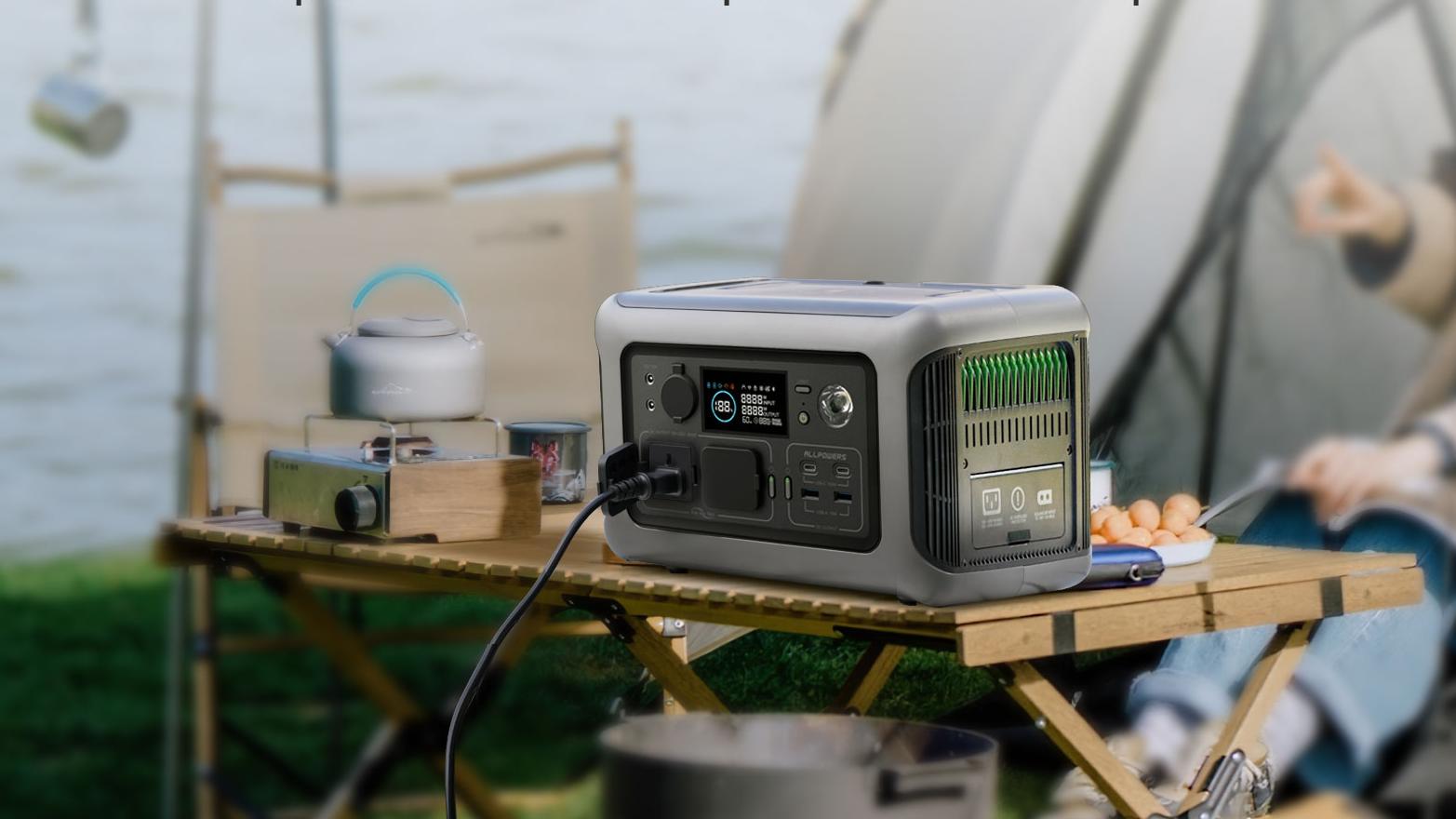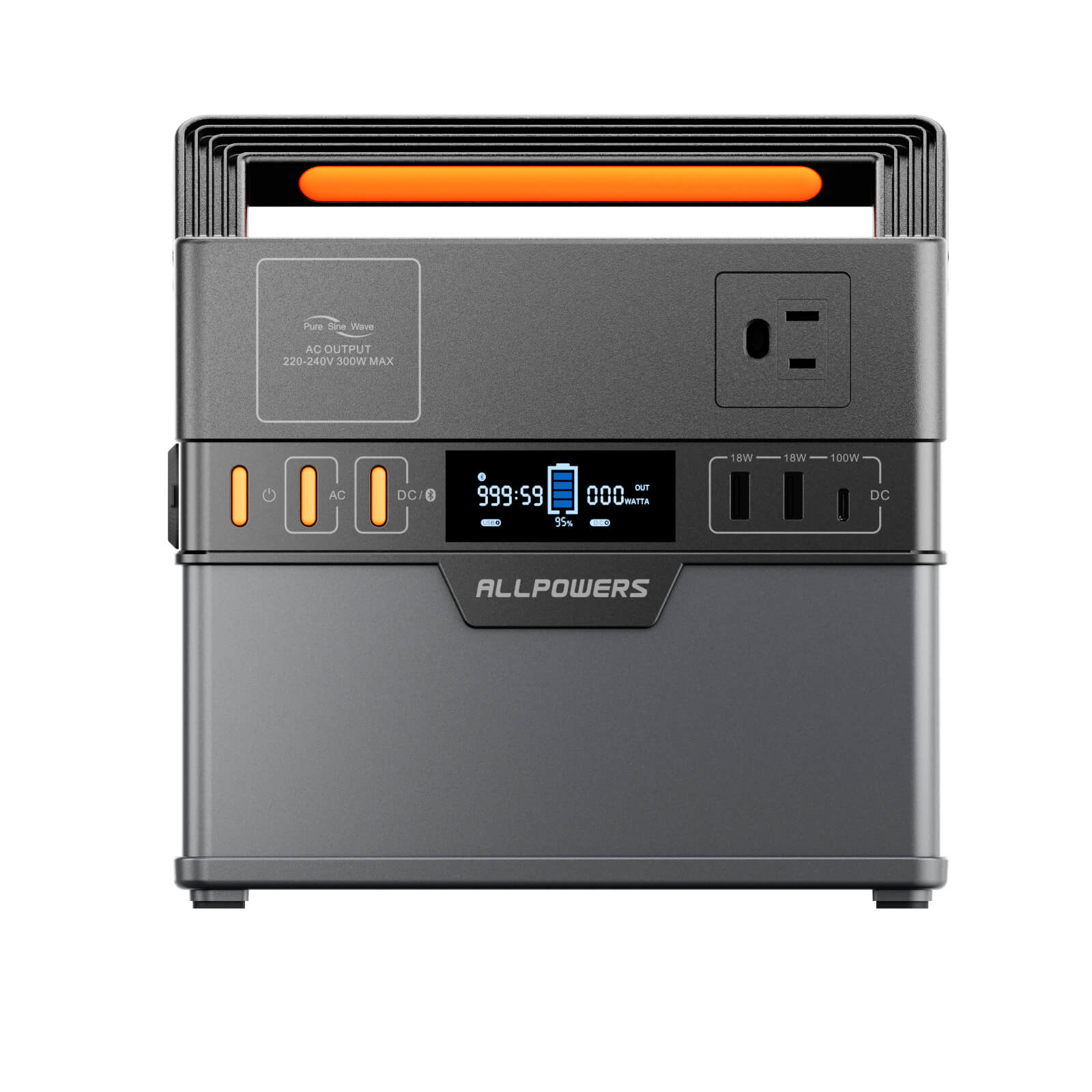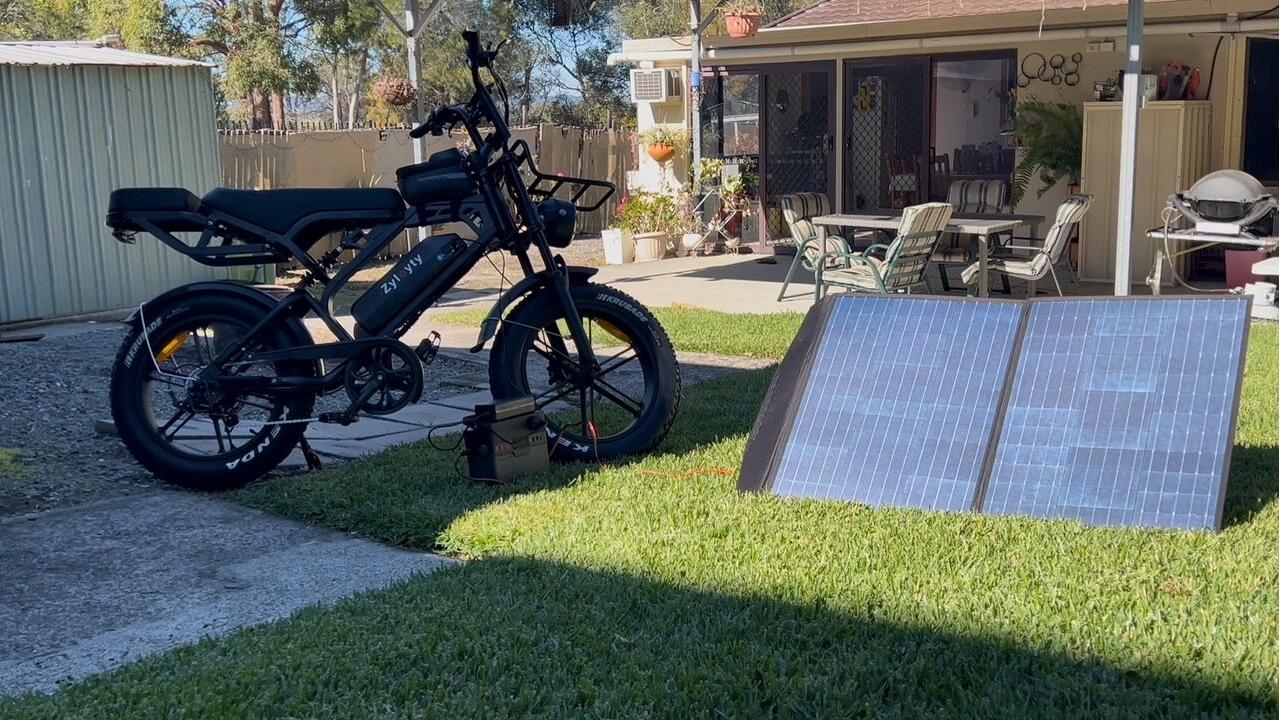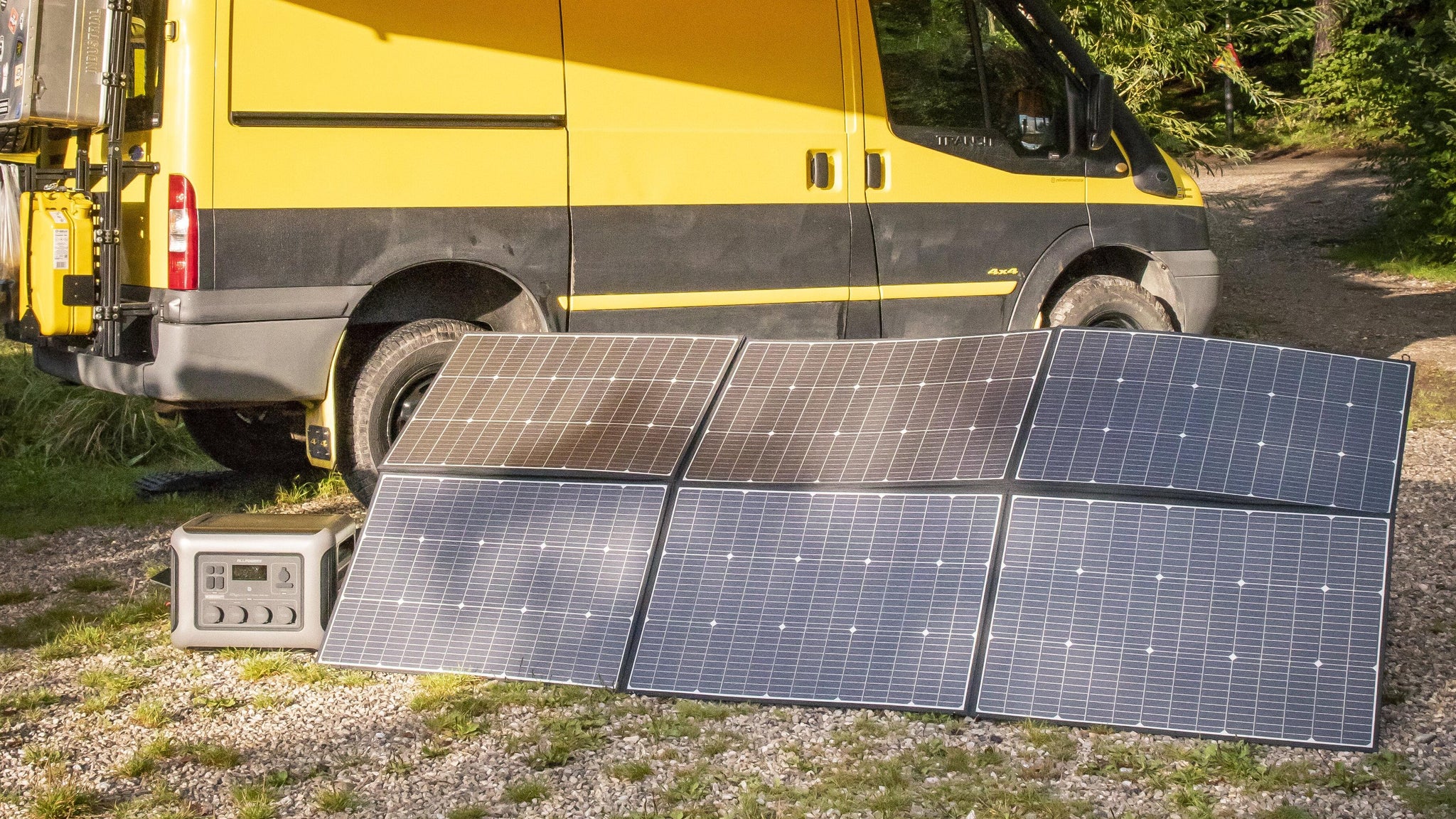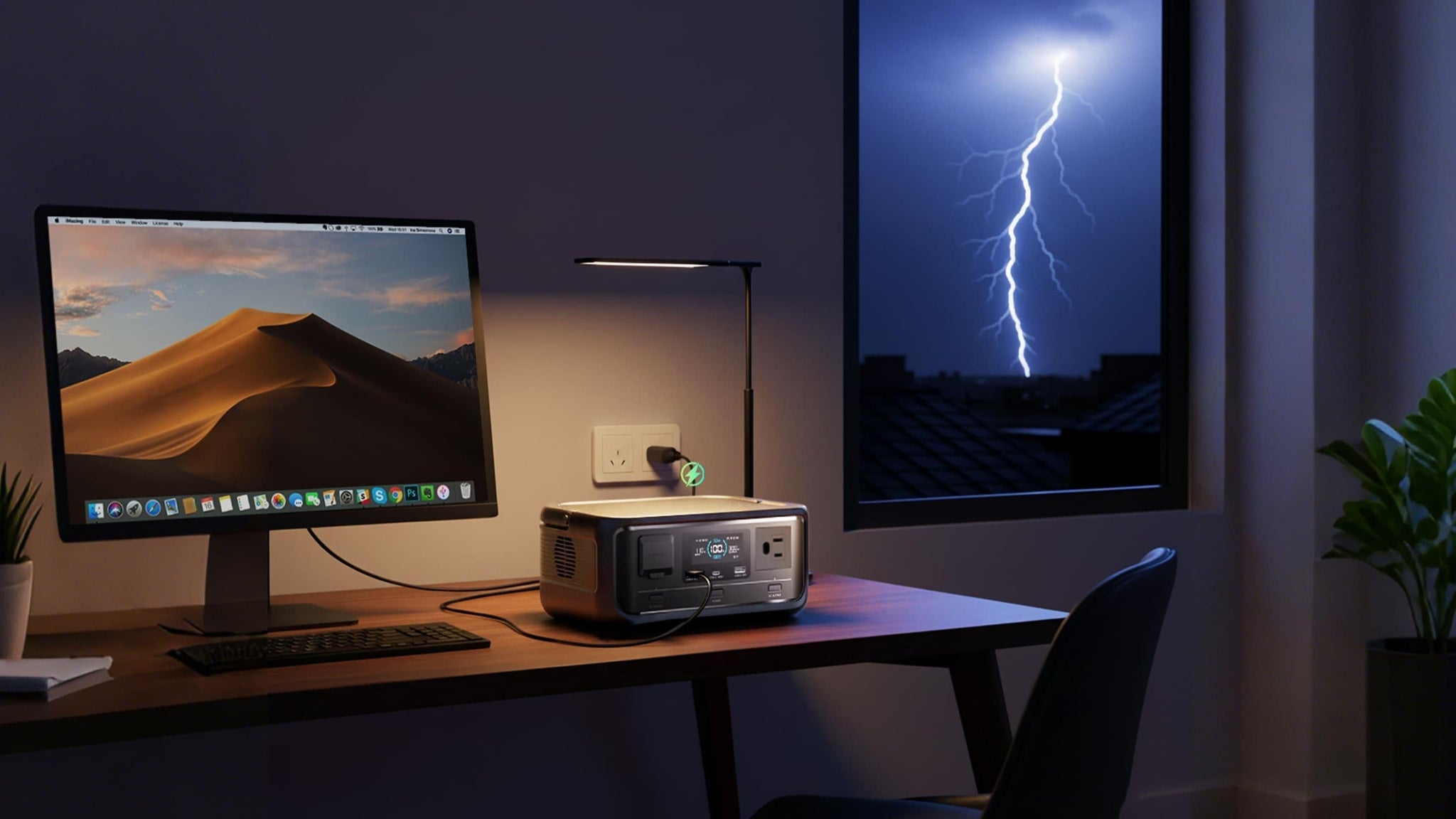When we talk about portable power stations, we usually think of products such as 1000W and 2000W.
Small power stations, like a 300W unit, are often ignored by us, dismissed as “not enough” or “just a backup.”
But the truth is, a 300W portable power station can handle a surprising array of devices and keep your essential gadgets running for hours.
So, what exactly can a small 300W station realistically power?
Why 300W is still the sweet spot for many
There’s a reason the 300W range is so popular.
You could go bigger, sure — there are 1000W or even 2000W stations out there.
But those weigh more, cost more, and often take longer to charge.
A 300W model hits that perfect balance between portability and performance.
And because it’s smaller, it charges faster, costs less, and weighs far less—often under 10 pounds.
You can carry it with one hand and power your essentials anywhere you go.
For van lifers, weekend campers, digital nomads, or anyone who likes being prepared, it’s the perfect everyday power companion.
Everyday devices you can power
Let’s start with the basics. Small devices are the bread and butter of a 300W power station.
Plug in a string of LEDs, and you’re looking at hours of gentle illumination without draining the battery too quickly.
Even a power-hungry MacBook Pro only pulls around 60–70W under typical use. That means you could easily get three to four full charges on a single battery cycle.
And for writers, digital nomads, or anyone working remotely, that’s basically a lifeline.
You can also keep medical devices running, like CPAP machines.
While not every 300W station will cover all models, many mid-range units are designed to handle continuous loads under 100W.
For people relying on these devices at night, a small portable station can literally make the difference between comfort and discomfort.
You can even keep a small fan running during a hot summer afternoon. Honestly, it’s a game-changer when you’re sweating in a tent with no breeze.
Kitchen gadgets you can power
Now, let’s venture into slightly higher wattage territory.
A 300W station isn’t going to run your blender at full tilt or roast a turkey in the oven, but smaller kitchen gadgets are fair game.
A mini-fridge, for example, can typically run between 50 and 80W, sometimes spiking higher for a short moment when the compressor kicks in.
That means you can safely keep beverages cool during a day trip or weekend getaway.
Slow cookers or rice cookers under 300W can also work—but here’s the trick: cooking times might stretch, and you can’t run multiple appliances at once. Honestly, it’s a balancing act, but a bit of planning goes a long way.
Coffee lovers might be disappointed here. A standard drip coffee maker or an espresso machine usually draws more than 800W, which is way beyond our 300W limit.
But travel coffee makers or low-wattage pour-over heaters designed for camping could still give you a caffeine fix without draining your station instantly.
Learn more: Can a Portable Power Station Power a Refrigerator?
Camping essentials you can power
Now, think of all those must-have camping gadgets.
A small CPAP machine, LED lanterns, portable fans, rechargeable flashlights—all fall comfortably within the 300W range.
Even a small water pump for a campsite sink or shower setup can work, depending on the exact wattage.
You can run a mini heater for short bursts (say, on chilly nights), keep your gadgets charged, and even manage a small cooler.
And when the sun’s out, a portable solar panel can keep the station topped up, turning your tiny battery box into a dependable companion for multiple days.
Entertainment devices you can power
Yes, you can even power some entertainment devices.
A 300W portable power station can power a small projector or a television for a few hours, depending on brightness and sound settings.
Game consoles? Yes, but keep sessions brief. A Nintendo Switch, for example, sips modest power, but a PS5 or Xbox Series S might push the station to its limits.
Audio lovers can rejoice too. Small Bluetooth speakers, string lights, and even electric coolers for a picnic can run in harmony.
It’s almost like having a tiny campsite utility room—portable, quiet, and shockingly efficient.
Can you power powering tools?
Here’s the twist: 300W stations aren’t built for heavy-duty tools.
A power drill, circular saw, or other high-demand equipment will probably trip the system instantly.
But lightweight tools—like an electric air pump for inflatable kayaks or mattresses—are just fine.
Learn more: What Size Portable Power Station Do I Need?
Charging multiple devices at once
You might be wondering: what if I try to charge my phone, tablet, and laptop at the same time?
A 300W station often comes with multiple outlets: AC, DC, and USB ports.
You could charge your phone, tablet, laptop, and perhaps a camera battery all at the same time.
But here’s the nuance: simultaneous charging means total wattage adds up, so keep an eye on the math.
For example, a phone draws about 15W, a tablet around 20W, and a laptop roughly 60W.
That’s still under 100W combined, leaving plenty of headroom for a small light or fan.
Planning your charging load prevents frustrating cutoffs and ensures you maximize runtime without any surprises.
How Long Will a 300W Portable Power Station Last?
Ah, the million-dollar question — or maybe the “how long can I keep my coffee warm” question.
Let’s take a 300W portable power station with a 288Wh battery as an example. The formula is straightforward:
Runtime (hours) = Battery Capacity (Wh) ÷ Device Power (W)
So, if you’re running a 60W laptop: 288Wh ÷ 60W ≈ 4.8 hours of runtime.
For a 10W light? 288Wh ÷ 10W = 28.8 hours.
But remember, real-world conditions are rarely perfect. Efficiency losses during conversion, inverter performance, and temperature can all affect how long it actually lasts. In practice, expect about 80–85% of the rated runtime.
Here’s a rough idea of what that looks like in real life:
-
Laptop: 4–5 hours
-
CPAP machine: 4–6 hours
-
LED light: 25–30 hours
-
Mini fan: 6–8 hours
-
Smartphone: 20+ recharges
Not bad for something that fits neatly in your backpack, right?
Conclusion
So, what can a 300W portable power station run? More than most people think.
Phones, tablets, small fridges, LED lights, fans, and low-wattage appliances? Absolutely.
Laptops, cameras, and CPAP machines? Yes, with some strategic timing.
High-draw appliances, though, are out of the picture.


